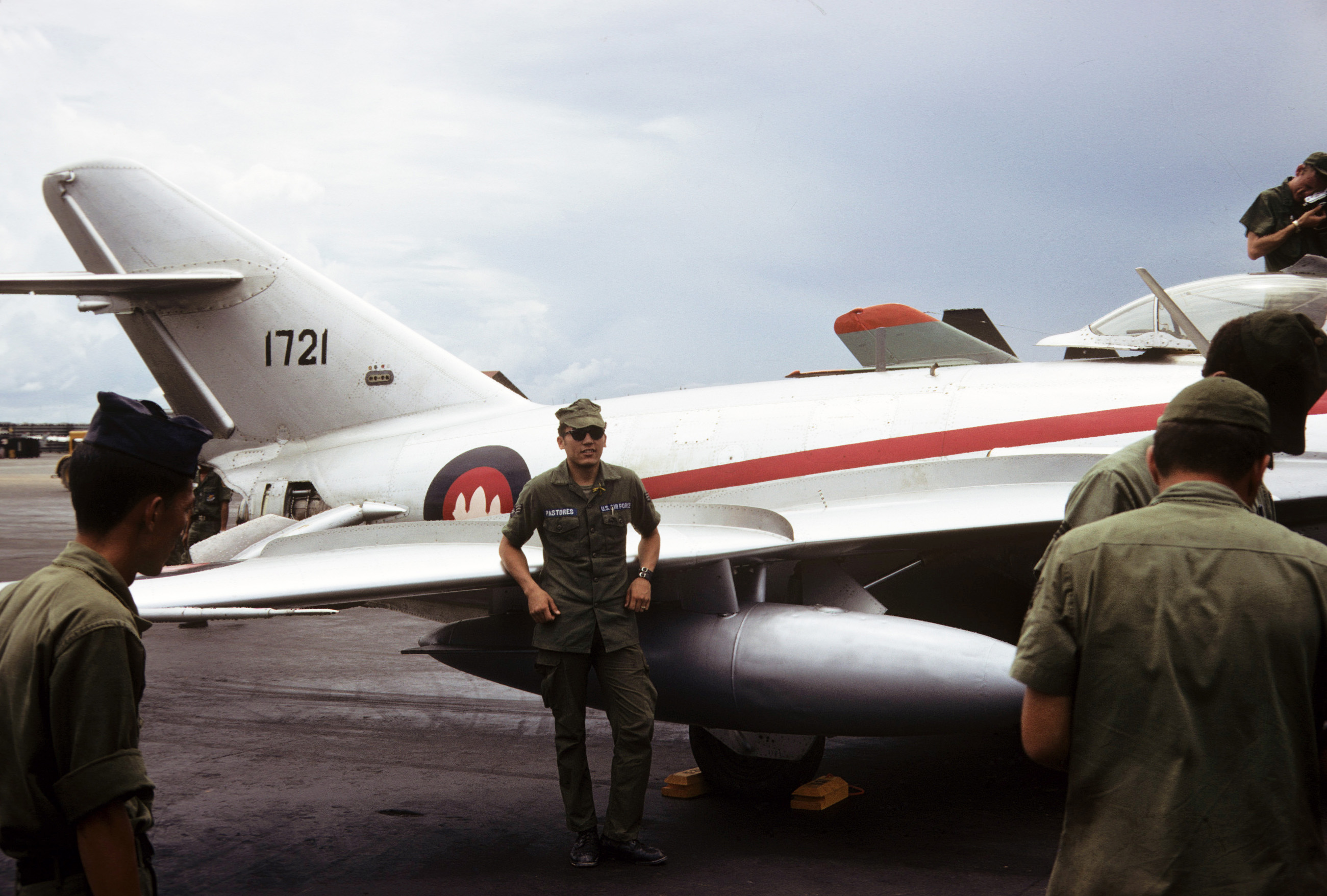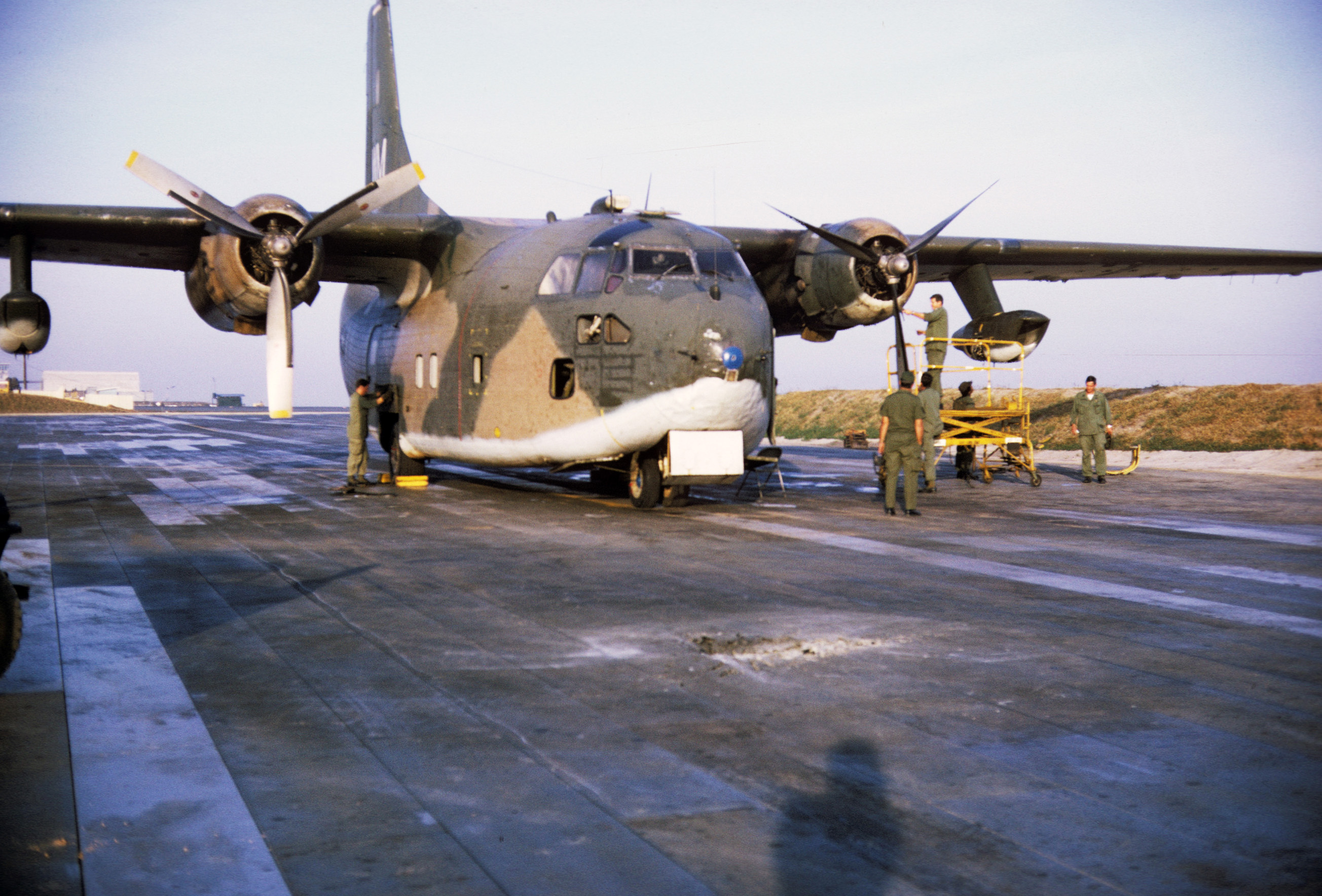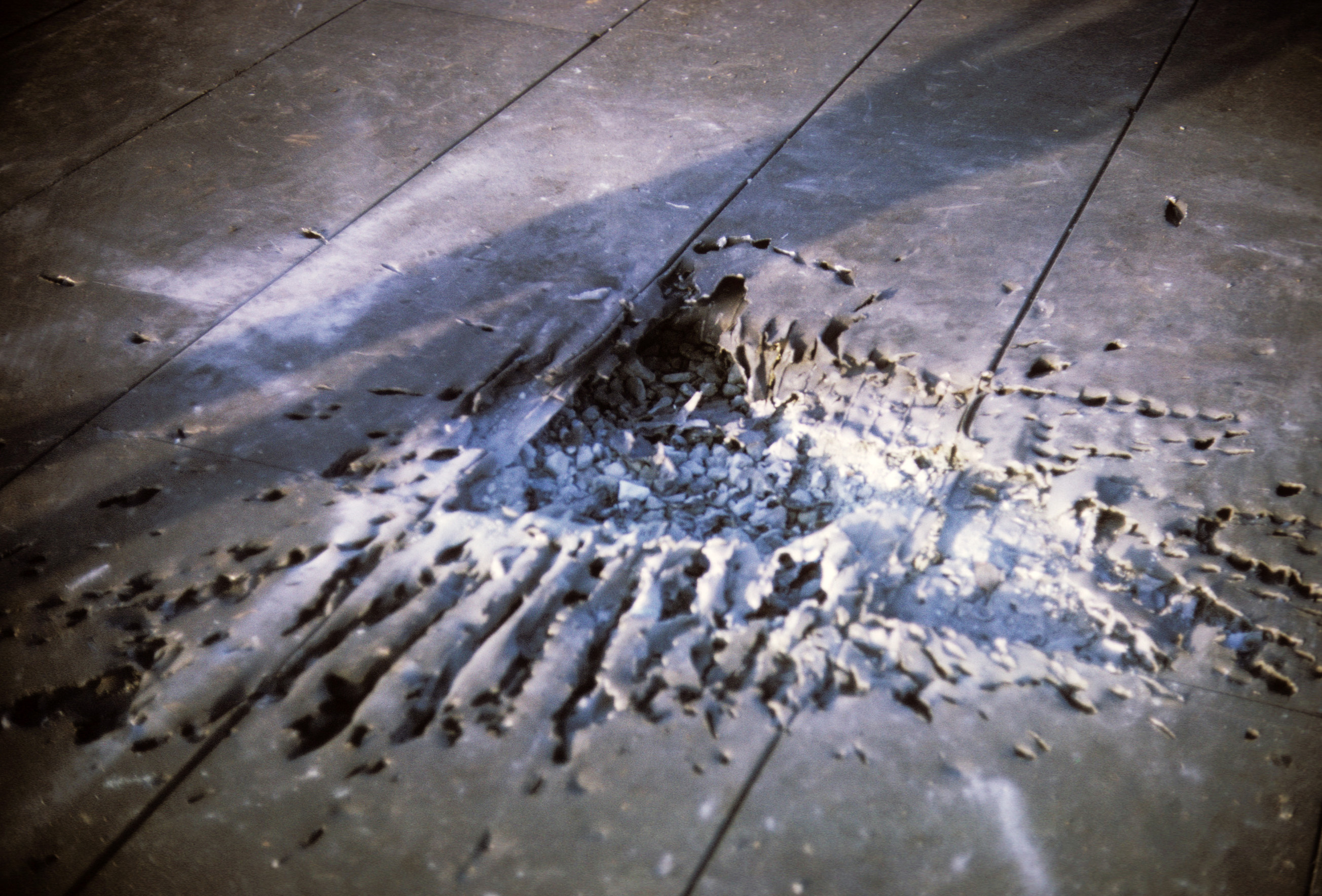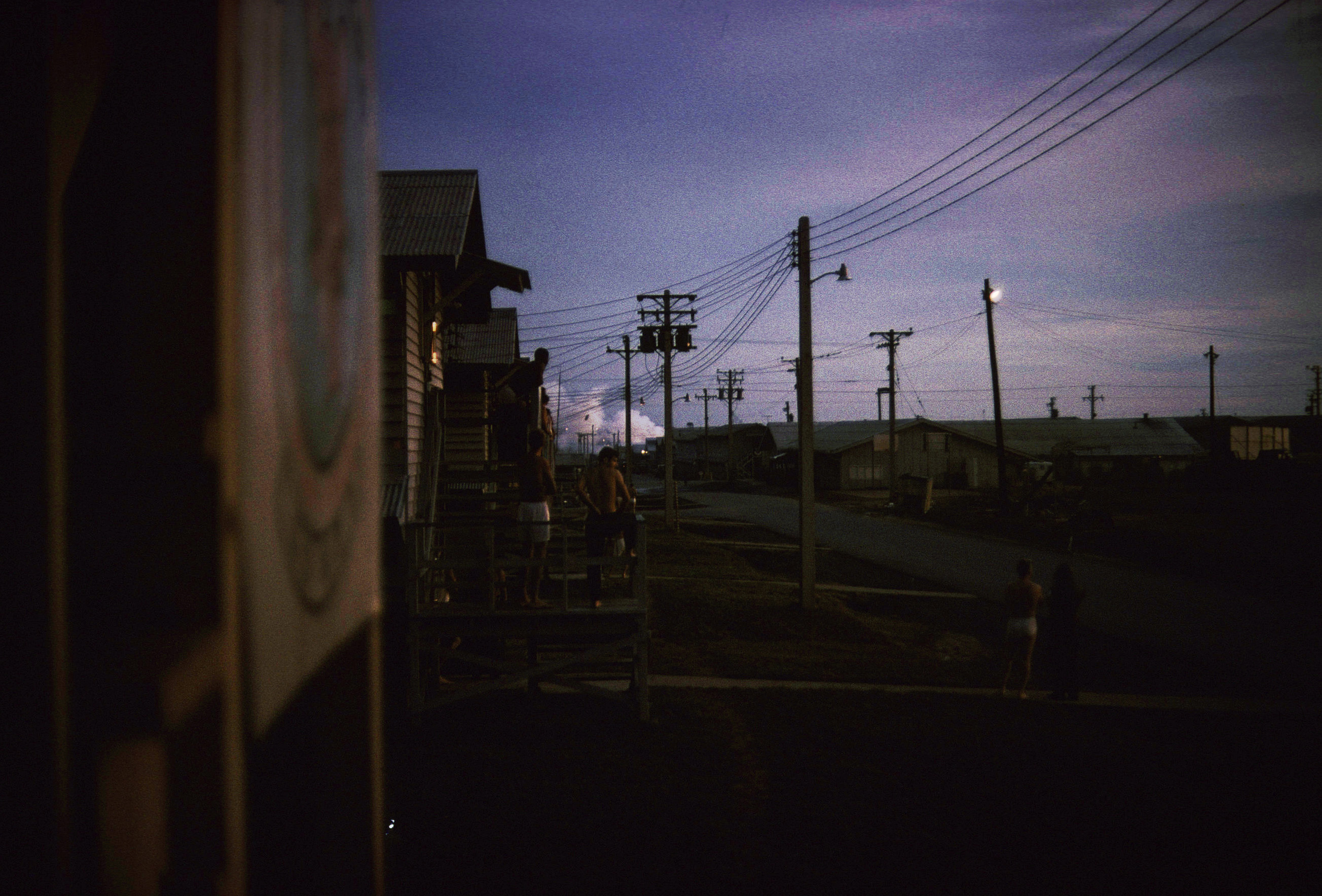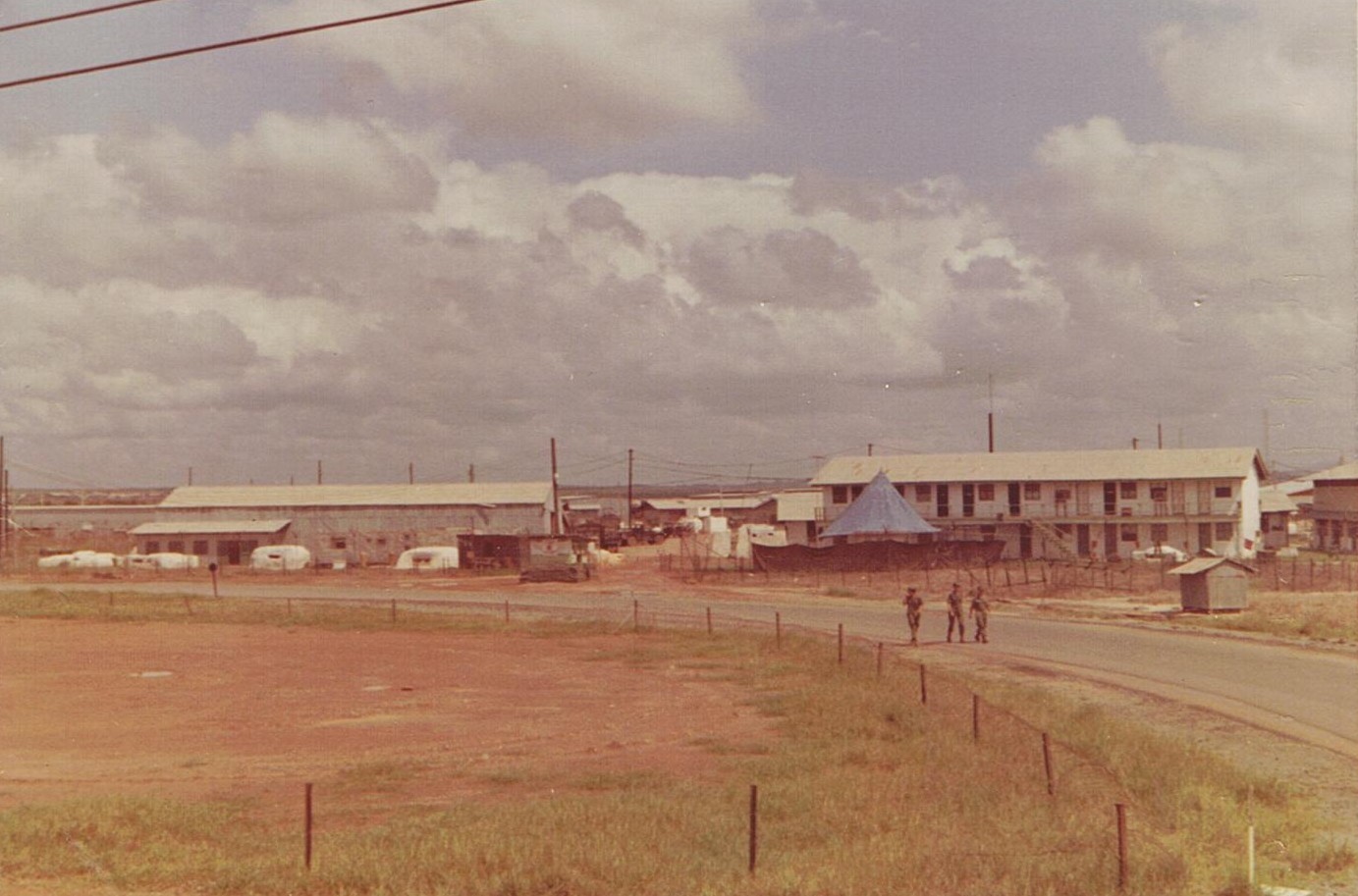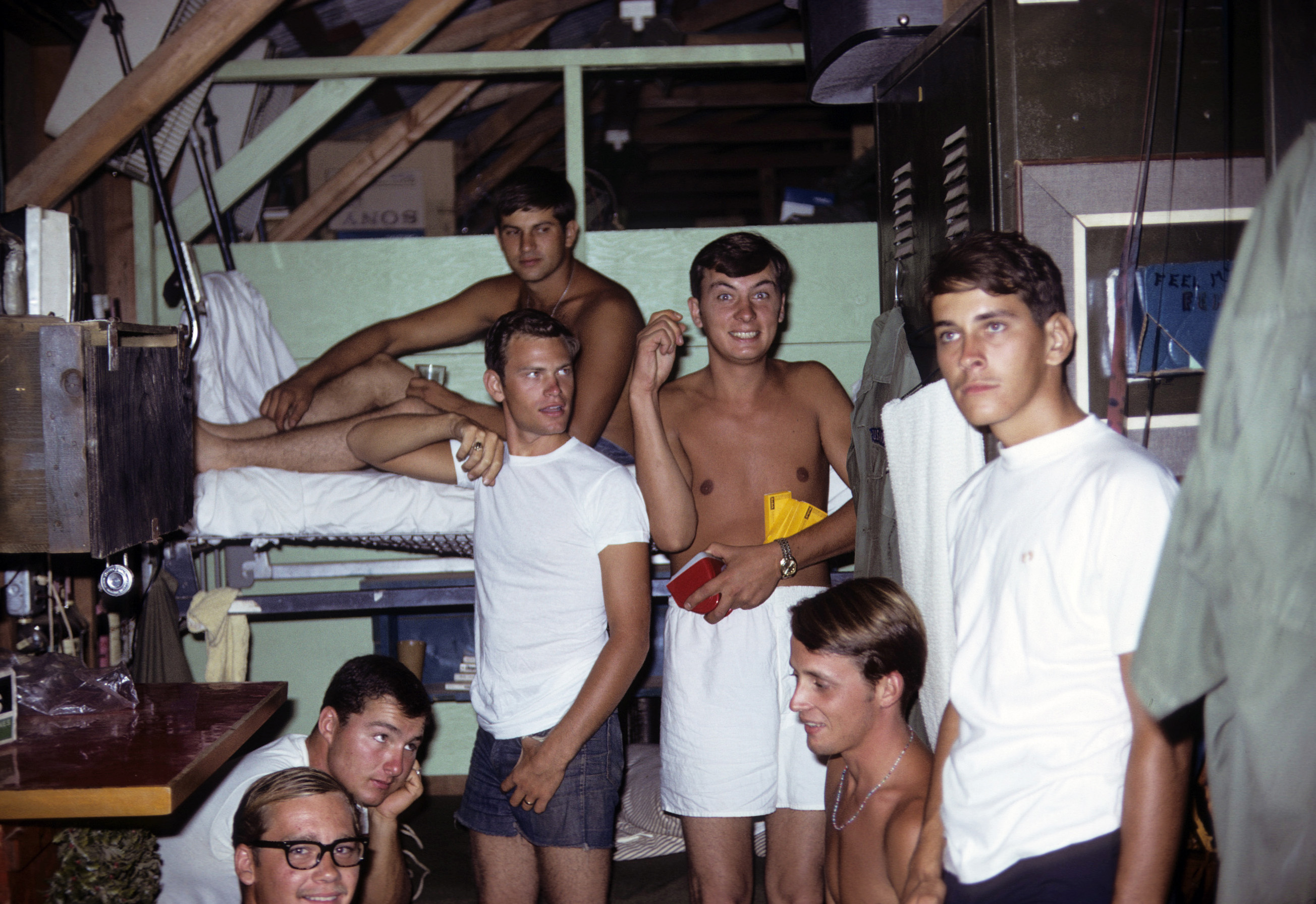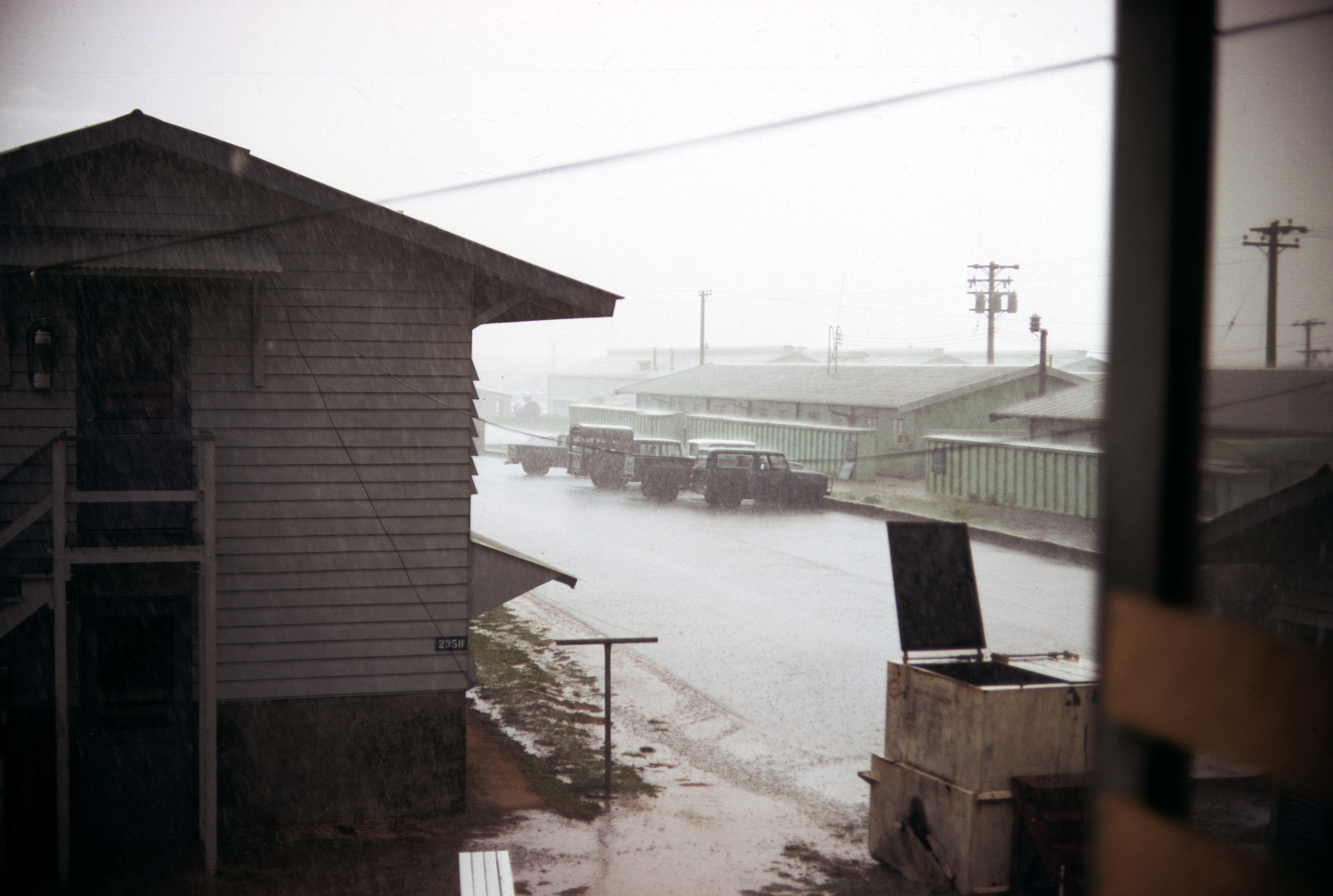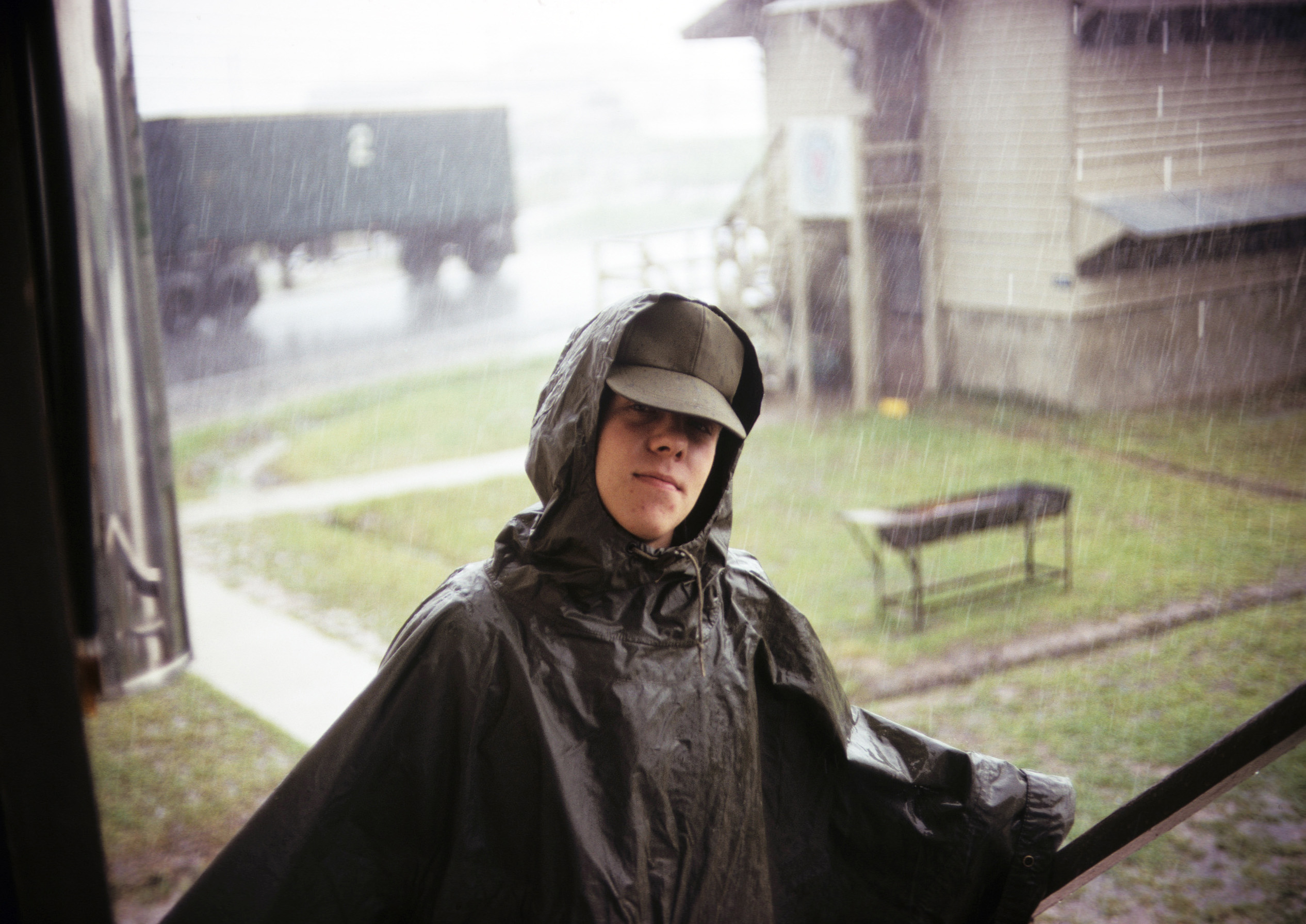|
The news headlines for 1970 found at infoplease.com included:
The following provides some personal perspective for the decade.
The 1960ís was a very unsettling time in American history. Major events that happened included:
I believe there are few decades in history where so much turmoil has occurred that had such a profound impact upon the development of impressionable minds. There were powerful political, social and survivable issues that people had to deal with. Draw your own conclusion of what was and is true. So, understand that mentality when you read the following passages.
Vietnam 1969-1970 During the Vietnam War, Alex was stationed at Bien Hoa Air Force Base in the Republic of Vietnam (South Vietnam) from June 1969 to June 1970. Bien Hoa is just north of Saigon (now Ho Chi Minh City) and was one of two major Air Force bases (AFB) in the country. The other was Tan Son Nhut AFB in Saigon.
Alex volunteered for Vietnam after serving a year in Thailand. His buddies that he was stationed with in Thailand thought he was delirious for making this selection, but he wanted to see what the war was all about. Most of them opted for assignments in Europe. He began to have second thoughts after the first Vietcong (VC) Tet offensive, but it was too late. He was committed.
He arrived via commercial airliner at Ton Sa Nut where he spent the first night in temporary quarters, taking a C130 military cargo flight to Bien Hoa the next morning. He didn't sleep well that first night as all personnel new to the country were warned of rocket attacks and were told where the bunkers were.
It was very hot and humid when he arrived at Bien Hoa. He had to carry his duffle bag with all his belongings and walk to find his squadron headquarters, which was the 303 Munitions Maintenance Squadron (MMS). After walking quite a bit and receiving a lot of wrong directions, he had to sit for a while as he had a migraine headache. It had been a couple of years since he had a migraine and was probably brought on by the stress, heat, humidity and exertion. After about an hour, he recovered enough and received good directions to get to the 303 MMS Headquarters. Our squadron motto was "So Mat", which means fat cat.
They asked where I had come from, what vehicles I had experience with and what duty area I wanted to work. There were two choices. Either bomb storage where bulk munitions were received from Army convoys and then stored and prepared for delivery. Or flight line delivery where munitions were delivered to combat aircraft for other crews to load on the planes. I had been in bomb storage in Thailand but wanted a change, so I volunteered for flight line delivery to be nearer the action. They assigned me to a barracks and drove me there to get settled in. If you look at Bien Hoa on Google Earth you will see the bomb dump north of the runways. The flight line with concrete aircraft shelters is south of the runways. There are now MIG aircraft in the satellite photo.
The barracks were two story wooden buildings with tin roofs that each housed about 80 airmen. The tin roofs became like ovens when the sun was shining and were very noisy when it rained. All the lower ranking airmen were assigned to the upper floors, while senior enlisted men got the choice lower floors. The lower floors were not only quieter and cooler, they also had three foot concrete walls around them for greater protection during rocket attacks. The officers slept in air conditioned single story huts that were completely surrounded by sandbags, including the roof, for maximum comfort and protection. Those of us in the barracks had about 15 seconds from the time the siren sounded until the rockets landed to run to the bunkers outside. This was always an adventure because the air raids were almost always in the dead of night when it was pitch black. We had to wake from a sound sleep, run down the hall and then down the stairs in 15 seconds! We received this warning because sentries around the base in guard towers could see the flashes as the VC rockets were launched. These barracks are no longer there when you look at Google Earth.
Sleeping areas about 12 feet wide were partitioned off with two bunk beds in each area. Many tried to increase their personal area by moving their metal, standup lockers more towards the central aisle. This created kind of a zigzag effect, which made exiting the barracks somewhat tricky. During one raid, I ran into one of these lockers sticking out into the aisle and it knocked me down with a loud bang. I thought at first that a rocket had hit our barracks! Boy was my shoulder sore for a couple of days. Later they started enforcing a rule that all lockers had to be positioned so that the aisles were uniform in width.
My first roommate was a small guy from New Jersey. He got a big laugh the first day I was there when the siren went off. I looked at him wide eyed and asked what were we suppose to do while starting to run out of the barracks. When he stopped laughing, he said they always tested the siren everyday at noon! Later I laughed at a couple of Army guys who were walking down the street at noon and the siren went off. They jumped into a drainage ditch, which were called klongs, for cover and they got totally soaked.
After a few weeks, our entire squadron moved into new barracks and I got new roommates, Luke Harnish from Iowa, Tom Hillman from Minnesota and Stubbs from Missouri. However, we still had the same size sleeping area, tin roof and metal lockers, plus we still had to run downstairs for the bunkers. One improvement they did make was to hire Vietnamese mama-sans to do our laundry and clean up our area. Here's pictures of Luke and Tom.
I was assigned to a delivery crew headed by a Hawaiian. It was always the crew chief who operated the "Jammer" as it was the most difficult to drive. We worked 12 hour days (6 AM to 6 PM), six days a week and switched between day and night shift every week. It was hard physical work and with the heat and humidity, it became very exhausting, especially when you had to sleep during the day. Our goal became to find a nice quiet place where you could take a short nap without getting eaten by mosquitoes.
Sunrise from our Flight Line operations area looking East towards the aircraft concrete shelters.
The concrete shelters were designed to provide some protection for the aircraft during rocket attacks. During one rocket attack, I was driving a tractor with a 40 foot trailer loaded with 500 pound bombs on the flight line. When the siren went off, I wasn't near a bomb shelter so I immediately stopped by a concrete aircraft shelter and ran to the back for cover. It took me about a minute to realize that I had picked one with a plane fully loaded with fuel and bombs! I immediately got in the tractor and drove to the nearest bomb shelter, even though the all clear hadn't been sounded. The guys in that shelter weren't too happy when I parked right outside their bunker with all those bombs!
Our dispatch office was surrounded by sandbags and all the lighting inside this building was red to protect our night vision. It had an escape hatch in the back so dispatchers could make a quick exit to the bomb shelter. There was a covered patio outside where we waited for orders to deliver bombs. We passed the time by reading, playing cards or watching Freedom Flights go by. Freedom Flights were the way back to the US. Luke was assigned as a dispatcher.
Someone found a puppy that we adopted and called Porky because everyone was always bringing him food. He was pretty cute. He even ran to the bunkers with us when the sirens went off. I don't know what happened to him as he appeared towards the end of my one year tour of duty.
Another specialized part of flight line delivery was for fuses and rockets. They usually delivered their loads after we dropped off iron bombs or napalm. Here's the fuse bay where bomb arming devices were stored and prepared for delivery to aircraft.
Bomb shelters were built with an inside and outside layer of 1 inch thick plywood about 1 foot apart with the gap filled with sand. The roof had layers of sandbags. These bunkers would hold up to anything except maybe a direct hit, but even then the damage would be minimal. It was really unnerving to hear the rocket rounds walking closer to your position and the explosions growing louder. With each hit, everyone got lower and lower in the bunker! Usually Charlie (Vietcong) would fire off 6 rounds in a row. One senior enlisted man was a nervous wreck and he couldn't finish his tour of duty. Too bad that option wasnít available to the rest of us. There used to be a storage shed next to this bunker before it got blown up.
As we made our bomb deliveries to the aircraft, we had to pull our trailers off to the side and allow planes to pass. These included F5 fighters flown by the Army of the Republic of Vietnam (ARVN), USAF F4 fighters, C141 cargo jets, commercial "Freedom" flights that took short-timers home, small close air support fighters, C4 cargo planes and ARVN propeller close air support planes. The C4 cargo planes were often converted to gun ships that carried 20MM gattling guns that fired thousands of rounds a minute. They would circle and concentrate their fire on a small area. At night, the tracer rounds looked like solid red lines coming from the sky.
The main bomb storage dump on the other side of the base was where most of the bombs were kept. The majority of the bombs were 500 pounders, but there was also napalm and other munitions. We would drive over there to load our 40 foot trailers for the dayís deliveries, bringing them back for temporary storage in our Flight Line storage area. On one occasion, while I was making the trip there, we came under rocket attack. I could feel the concussions and see the explosions walking towards where I was driving. The closest was about 50 yards away. I immediately hit the air brakes and almost jack knifed the trailer. When the tractor stopped I hopped out and got underneath. This wasn't much cover as the road was raised to avoid flooding during the rainy season. A couple of Army guys in a truck on the same road looked just a surprised and shaken as me. Evidently Charlie had this road zeroed in and knew the times we made our pickups. If you look at Google Earth, you can see the road we took from the flight line around the East end of the runways to the Bomb Dump on the North side.
The cranes we used to drop off bombs on the flight line were called "jammers". They were steered by the rear wheels and so the direction you turned the steering wheel was directly opposite of driving a regular car or truck. It took some getting use to and normally those who had been there awhile were made the crew chiefs that drove them. They were a lot of fun, plus you got to talk on the radio with dispatch in a southern drawl.
Killing time throwing rocks and cutting weeds with sickles. Alex was the crew chief and is in the tee shirt with the sleeves cut off. This was his favorite shirt that was later lost while tubing down the Salt River in Arizona.
The US Government was sensitive to the plight of the Vietnamese people, so they hired them to do clean up work. We always wondered if Papa-San was measuring off the flight line for more accurate rocket attacks. Below are some Mama-Sans eating their powerful smelling lunch.
Rest & Relaxation In Thailand We got 30 days of leave each year, but I had used only about a week of my time during the year I was stationed in Thailand, plus I had been in Vietnam for almost 6 months without taking any time off. So I was ready for a vacation! I tried to talk Bo into going with me, Luke and Tom to Thailand, but he had other plans. He ended up going by himself for 30 days to a South Seas Island that could only be reached by boat! Bo is standing by the 5 ton tractor above.
We could have gone to Australia, Hawaii or Taiwan, but I had so much fun while I was in Thailand that I talked Luke and Tom into going with me. I figured the other places would have been like going to stateside locations and what would be the adventure in that. So we got our R&R approved and were on our way.
When we arrived in Thailand, we immediately hooked up with a taxi driver who served as our guide for the entire week. I could speak a little Thai and he could understand a little English, so we managed to get by.
Thailand like all Southeastern Asian countries is very hot and humid with a lot of standing water. When combined with the teeming population, the odor was often overpowering. You had to get use to breathing mostly through your mouth.
We took a boat tour on the main river in Bangkok. Most of the local population bought their daily staples at floating shops along the banks. We stopped at a beautiful Buddhist temple with some pretty guides. There were small prayer shrines all over the country where people would place incense or flowers to have their prayers answered. We visited a dry dock where ceremonial boats were made and repaired. There were used for festivals on the river.
After a couple of days in Bangkok, we grew tired of the big city so we decided to go to Pattaya Beach in southern Thailand. It is a seaside resort where a lot of Europeans hang out. Our driver went home to check with his wife and pack a bag, then we were on our way for a couple of hours drive.
On our way to Pattaya Beach, we ran across a large Buddhist monastery where traveling monks would camp in their colorful tents while touring the country. These individuals took a vow of poverty and the population adored them. They were continually on the move and people would provide them with food, drink and small change.
Tom and Luke looking out the window of our hotel rooms in Pattaya Beach. Our hotel and the view was right across the street from a big, calm lagoon. The water looked like a sheet of glass. We spent most of our time lounging at the hotel and beach while consuming some beer and water skiing.
I donít know why they called it rest and relaxation because we were on the go from sunrise to late at night. After a week of this, we were ready to go back. Maybe we should have gone with Bo to that South Sea Island to kick back!
New Yearís Eve on base was quite a sight. We had a few drinks and then went out into a field next to the barracks where it was pitch black. We lay down and waited for the fireworks to start. However, the fireworks were friendly bullets with tracers lighting up the sky. It was the most impressive firework display I had ever seen!
Alcohol was very cheap. We favored Johnny Walker Red whiskey as our drink of choice in the barracks. By the end of our one year tour of duty, we managed to fill an entire wall with empties. When we wanted a change of pace, we would go to the Airmenís Mess. It was a club on base for the enlisted men where you could get a drink, listen to some music and play the slots.
They also had a movie theater on base, but most of the time the movies werenít that great. This is where I first saw 2001:A Space Odyssey and became a science fiction fan. However, you always had to be aware that the movie could be interrupted by an air raid.
One time our squadron had a cookout with steaks and beer. I think the Non Commissioned Office In Charge (NCOIC) of our squadron traded a 2 Ĺ ton truck to some Army guys to get the steaks and beer. It didnít matter to us as we all had a good time. The squadron also had other parties every now and then.
None of us liked the food in the chow hall, so we didnít eat regularly. Sometimes we would stop by a little snack bar by the flight line and get a BLT or Spam sandwich with fries. Other times we would get a burger at the Airmenís Mess. Bo even went out and bought a hot plate and pans so he could make his own stir fry and white rice. He would pay the mamma-sans to bring fresh vegetables to him and he would make his concoctions. Most interesting were the little red chilies that were hotter than the dickens!
While in Vietnam, we received combat pay which was an extra $50 per month. So almost everyone bought stereos to play their favorite music. The base had a recreation hall where we could go to tape our favorite music for playback. This saved us a lot of money because we didnít have to buy albums. Sometimes, the sounds of rock, country and soul music mingled as everyone wanted to hear their favorite. The solution was to use headphones to drown out the others music. We also invested in expensive cameras to take pictures.
Next to our barracks and across the street was an ARVN artillery base with 105MM cannons. They would fire them at suspected Charlie locations at all hours of the day and night. Because they fired them right over our barracks, the sound wave really hurt your ears. You could even see the concussion coming through the barracks. Some even began to sleep with ear protectors (like headphones) that were used on the flight line to protect from jet noise. After a while, the powers to be got them to move the ARVN base away from our barracks.
Because I was a crew chief and doing a good job, I was selected to go on a mini 3 day R&R to Singapore. We left Bien Hoa on a DC4, which was a very uncomfortable ride. It wasnít pressurized so we didnít go very high. It wasnít insulated so it was noisy. And, the only way you could stay warm was to stand up by the heaters in the ceiling. Since this visit was unofficial, we had to wear civilian clothes coming and going. Singapore didnít want to be associated with the conflict in Vietnam.
When we landed in Singapore, I couldnít believe how neat and tidy everything was. Everything was landscaped and trimmed. There was not a weed in sight. I guess the influence of the British showed.
We mostly hung out in the hotel, but did get to do some shopping downtown. We were warned that it was against the law to spit on the sidewalks or even chew gum! This was a nice break in the action.
Not long afterwards I decided to go on another R&R by myself since I still had almost two months of leave left. I chose Taiwan to see more of the Orient.
Our flight to Taiwan became somewhat harrowing when about half way there one of the flight crew ran back to look out the window at the one of the wings. It seems we had an engine problem and needed to divert to the nearest land airport since we were over water. The captain began dumping fuel and we headed to Hong Kong. We all took this in stride and nobody was nervous because of all we had been through in Vietnam.
Landing in Hong Kong was an adventure as we had to fly between tall skyscrapers when approaching the harbor airport. I still remember this as one of the most thrilling rides I have ever been on. I was fixated looking out the window at all the buildings as they went by. Since this was an unscheduled arrival and we didnít have passports, we were restricted to a certain area of the airport. After a few hours of repair, we were back on our way to Taiwan.
Most of the servicemen on this trip were from the Army and they traveled in their own small groups. They had been in the jungle for the past six months, so they were a pretty rowdy bunch. I didnít want to whoop it up, but just enjoy the sights and relax.
Every R&R group is met at the airport with instructions of how to behave and what hotel we were to be staying at. Then we were told where and when we would be picked up for our return flight. After that, we were on our own.
I took a river tour and visited some other sights, then did some shopping. But mostly, I hung around the hotel. Even though it wasnít the most exciting time for a young man, I had fun and was glad to get away from the war for awhile.
On another occasion, I found out my high school friend, Jimmy Razo from Phoenix, was stationed in Saigon with the Army. He had been drafted after I joined the Air Force and he received this cushioned assignment. Another friend from Phoenix, Oscar Castaneda, was also drafted in the Army but he ended up in Germany for three years! Talk about luck. Oscar was later the best man at my wedding. Anyway, I contacted Jimmy and told him I would meet him in Saigon as I wanted to see the Bob Hope USO tour show.
I got a one day pass and went to the Army helicopter base by our Flight Line delivery area to sign up for a ride to Saigon. It was my first ride in a helicopter and it was a lot of fun peering out the open side door while a couple of thousand feet in the air. Of course we had seatbelts, but the altitude was required to avoid ground fire.
It took me a couple of hours of asking directions and traveling to find his unit, but I succeeded. I found Jimmy working in the motor pool and asked if he could get off to see Bob Hope. Luckily, his NCOIC agreed and we were off.
The Bob Hope USO tour shows were a great escape for all of the troops. It usually lasted a couple of hours and had all kinds of singing, dancing, pretty girls and jokes. This was the second and last one I saw in person. The first being while I was stationed in Thailand at U-Tapao AFB.
Since I only had a one day pass, I had to say goodbye to Jimmy and get back to base. Travel was by catch-as-can, so I had to be creative.
When I went back to the Army helicopter base, they didnít have any scheduled flights back to Bien Hoa that day. This made me worried as I thought I would be AWOL. So I asked how close they could get me to Bien Hoa and they said Long Binh, which was an Army base about halfway between Saigon and Bien Hoa. I said put me on that flight and then Iíll worry when I get to Long Binh.
The pilot to Long Binh was evidently a combat pilot because he took off rapidly with the nose straight to the ground and then made a 90 degree bank. It was pretty impressive and a little scary.
When I got to Long Binh, I found out they also didnít have any flights to Bien Hoa that day. So I asked for recommendations. They suggested that I try to hitch a ride with one of the supply convoys and gave me directions on where to go. After walking a bit, I found a ride by sticking my thumb out! Boy was I relieved that I was on my way back to base.
It was interesting to see the rice paddies and small villages along the way. This is a side of Vietnam that I never experienced. I couldnít believe how happy I was to finally get back to base and how fortunate I was that we didnít encounter any hostilities along the way. I decided after this that I would stick close to base until my tour of duty in Vietnam was up.
Cambodia Invasion May 1970 The war really heated up in May of 1970 when we invaded Cambodia to try and stem the tide of infiltration. For the first time since I had come to Vietnam, we started receiving rocket attacks during the day...with more rounds! This made us really on edge as now there wasnít a time that we could relax. On one occasion, we were returning to the barracks from our shift in a 2 Ĺ ton truck when the siren sounded. Those of us in the back began to shout and bang on the window for the driver (who was a lifer) to stop so we could take cover. He was so confused that he locked the air brakes and all of us in the back tumbled forward in a pile. We managed to get out as the rockets were landing and take cover, but we were so mad at him that in the future we refused to ride in any vehicle that he was driving. Here's a MIG fighter that was captured in Cambodia.
Another time, the VC managed to hit our storage depot in an area that was loaded with tons of flares. It created quite a large fire that we could see really well clear across the runways. One rocket landed by an aircraft maintenance vehicle on the flight line and killed a couple of airmen. There was even talk that we would be issued M16ís to defend the perimeter of our barracks in case Charlie launched a ground attack against our base and penetrated the defenses. We spent a lot of time off and on for a few weeks in our bunkers waiting for things to settle down.
One of the things that always irritated me was that we hired papa-sans to sweep the taxiways by hand. I always thought these guys were VC pacing off measurements for attacks. No wonder Charlie always seemed to have us zeroed in!
But my year tour of duty was up and I had about a year and a half left on my 4 year enlistment. That is what is known as a short timer. So I checked what my options would be for my next assignment. My first choice was Europe, but I was told it would require me to extend for another two years (6 years total). I didn't care for that option. I could have returned to the States and completed my enlistment, but that didn't sound exciting at all. The 3rd option available to me was to go to the Philippines and serve my remaining 15 months. It didn't take me long to select option #3. I was not going to miss all the rain we got in Vietnam.
So, I packed my duffle bag and arranged for my stereo equipment to be shipped and boarded a C-130 for a flight to Saigon. At the commercial Tan Son Nhut airport, I hopped on a flight to Clark AFB in the Philippines. It only took a couple of hours to get there. What a difference it was! It is hard to explain the feelings of going from a 1st world country, to a 3rd world country, then to a 5th world country, back to a 3rd world country and finally on to a 1st world country. Those that have never spent any significant time outside the US have no concept of what it is like and what people from those countries perceive.
But, I was now in the Philippines and had to get to my squadron on my own with very little assistance (again). Of course this always caused some consternation, but I was young, dumb and full of energy and always worked through the situation. I can't say that many, many years later I have the same level of energy or tolerance.
Kathy was in her Junior year at NAU majoring in education. She began to understand and appreciate that others had differing views that were just as honorable. Again, you'll have to talk with her to get more detail. |
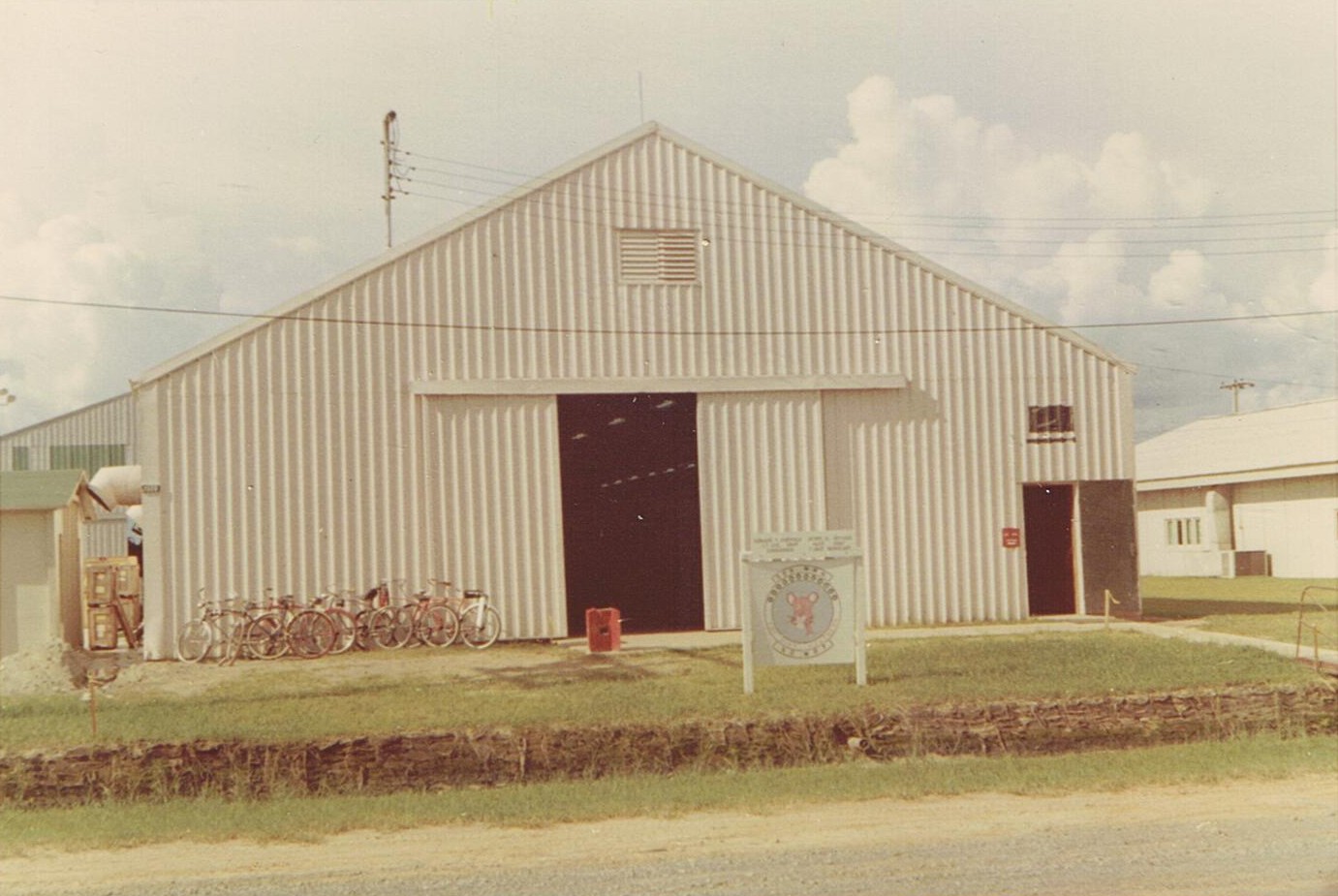

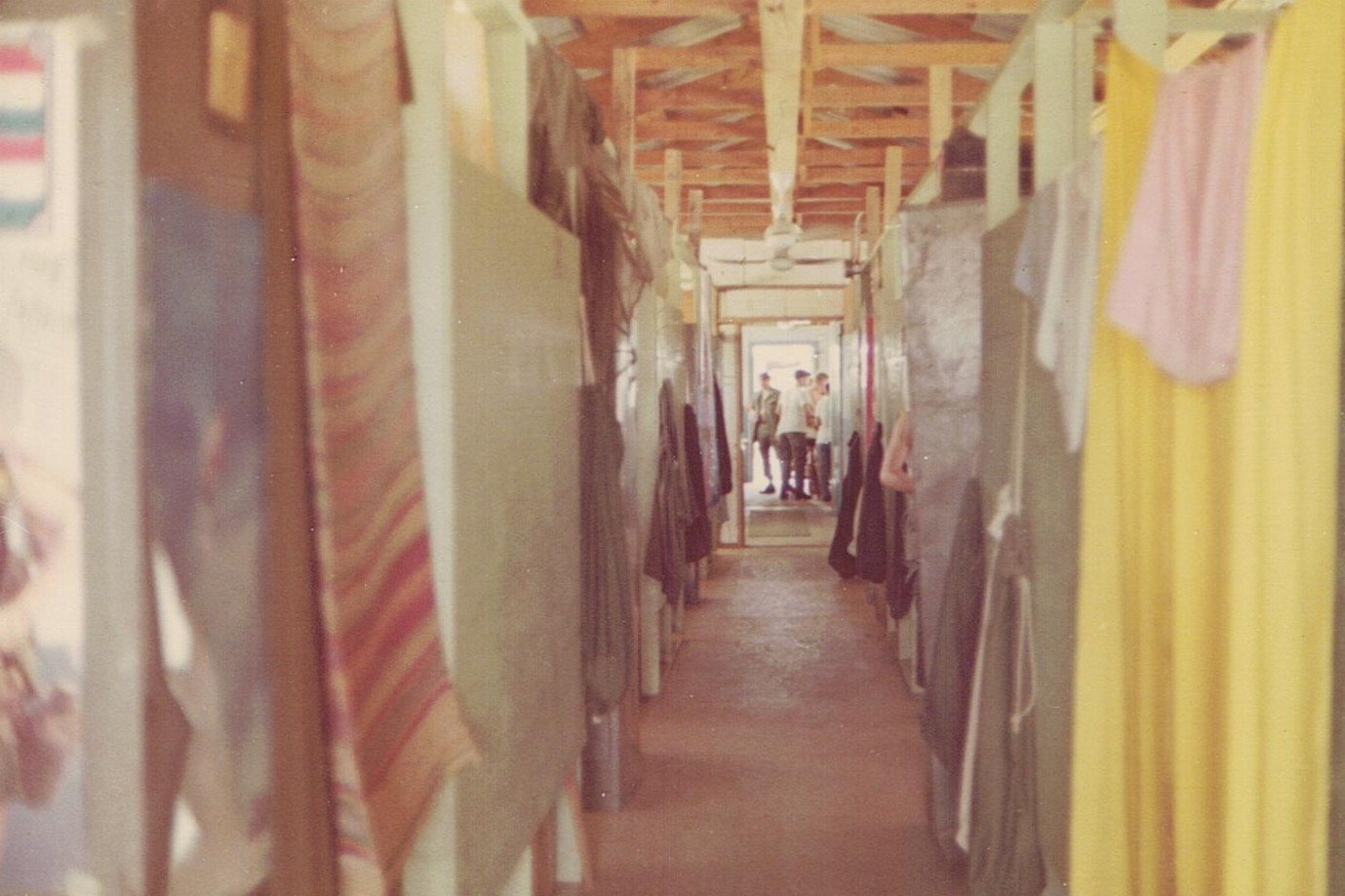
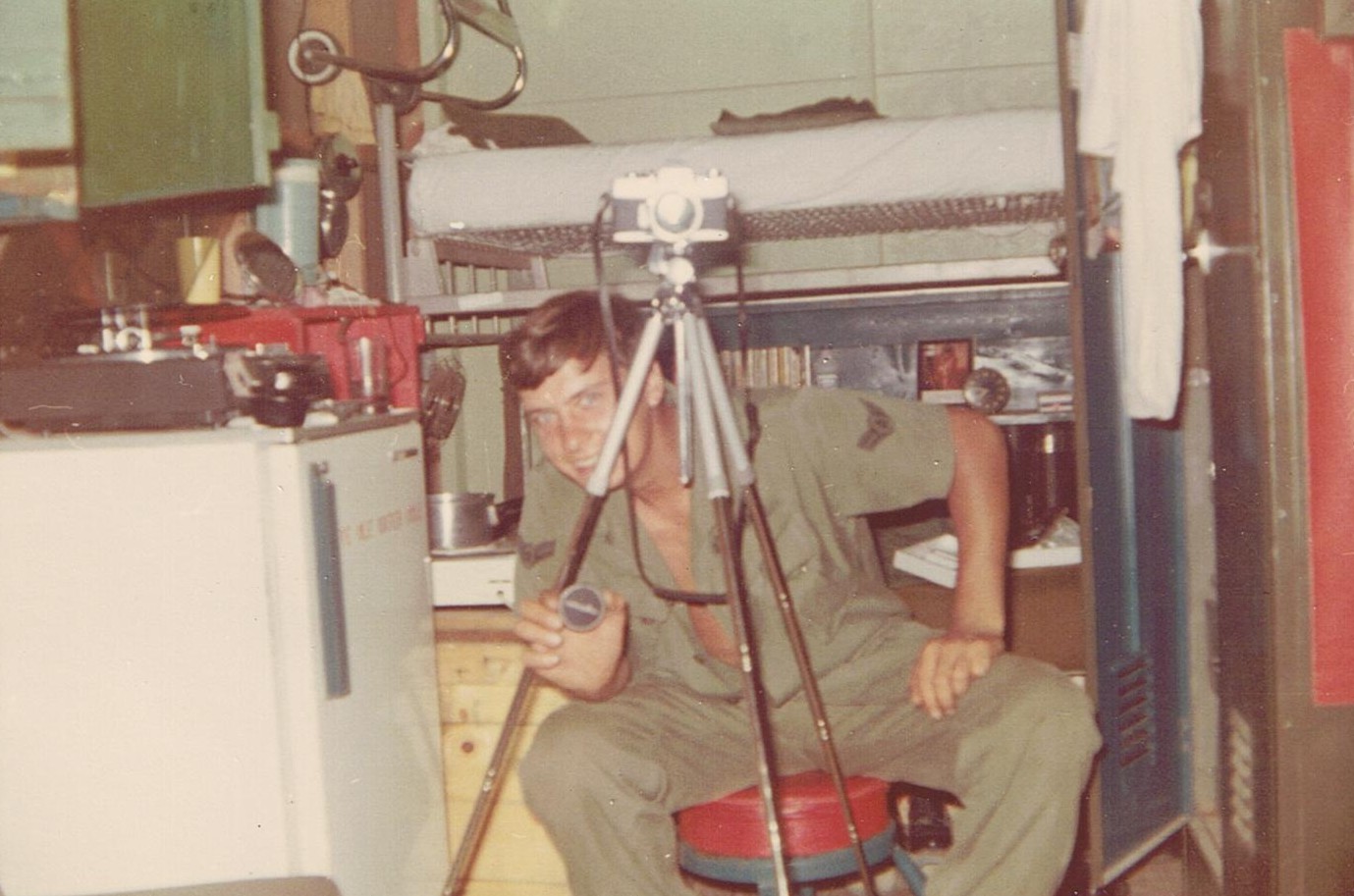
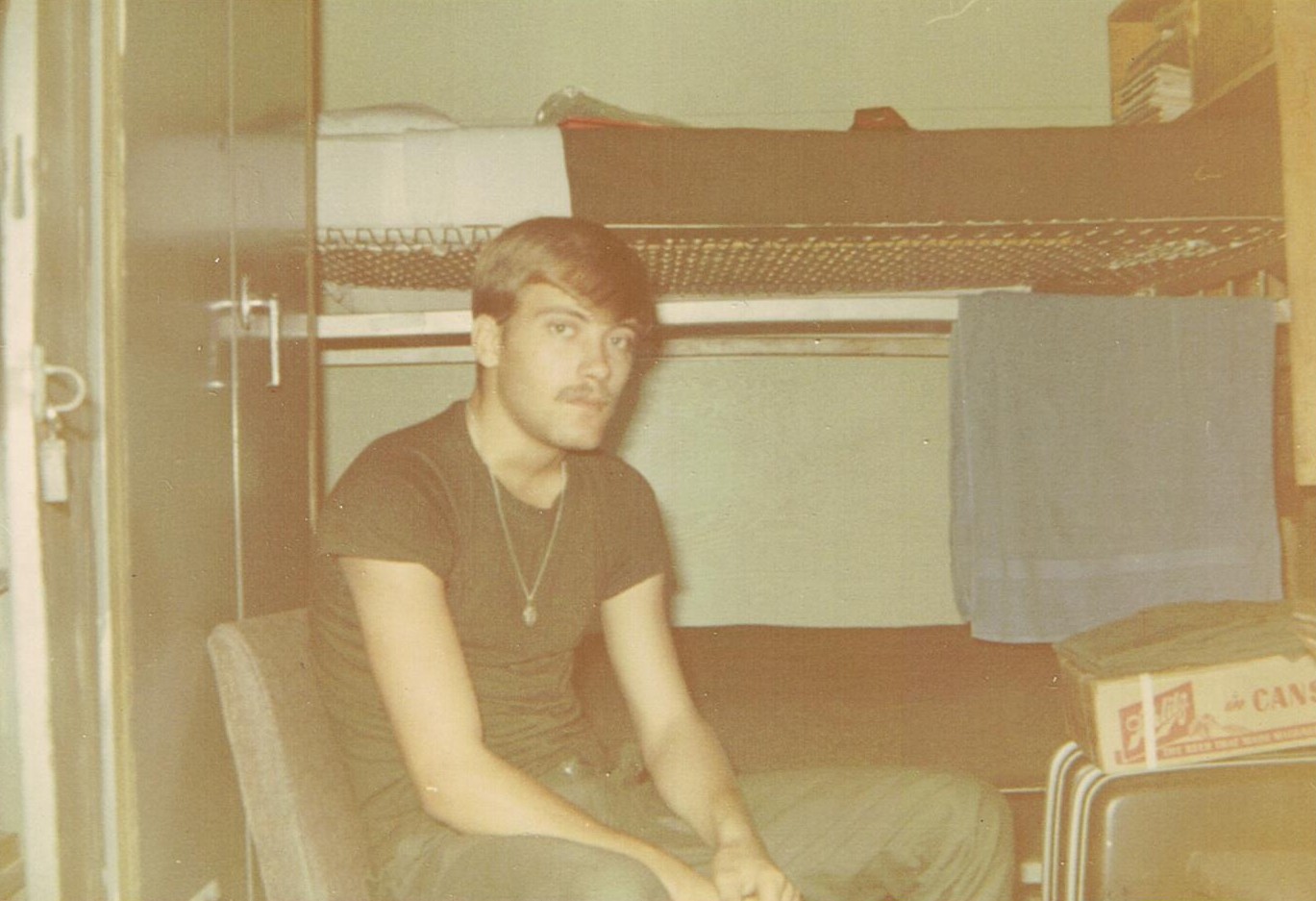
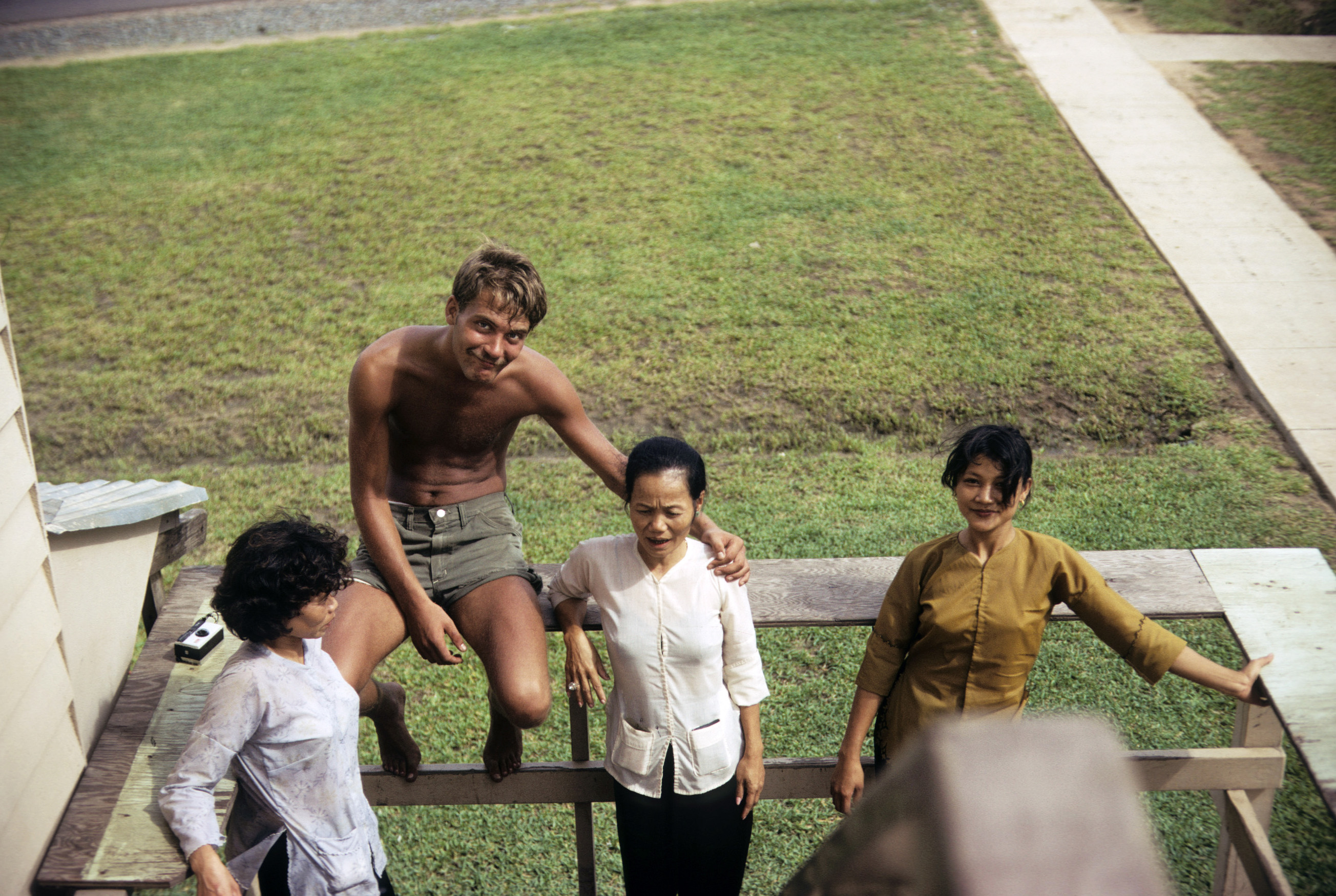
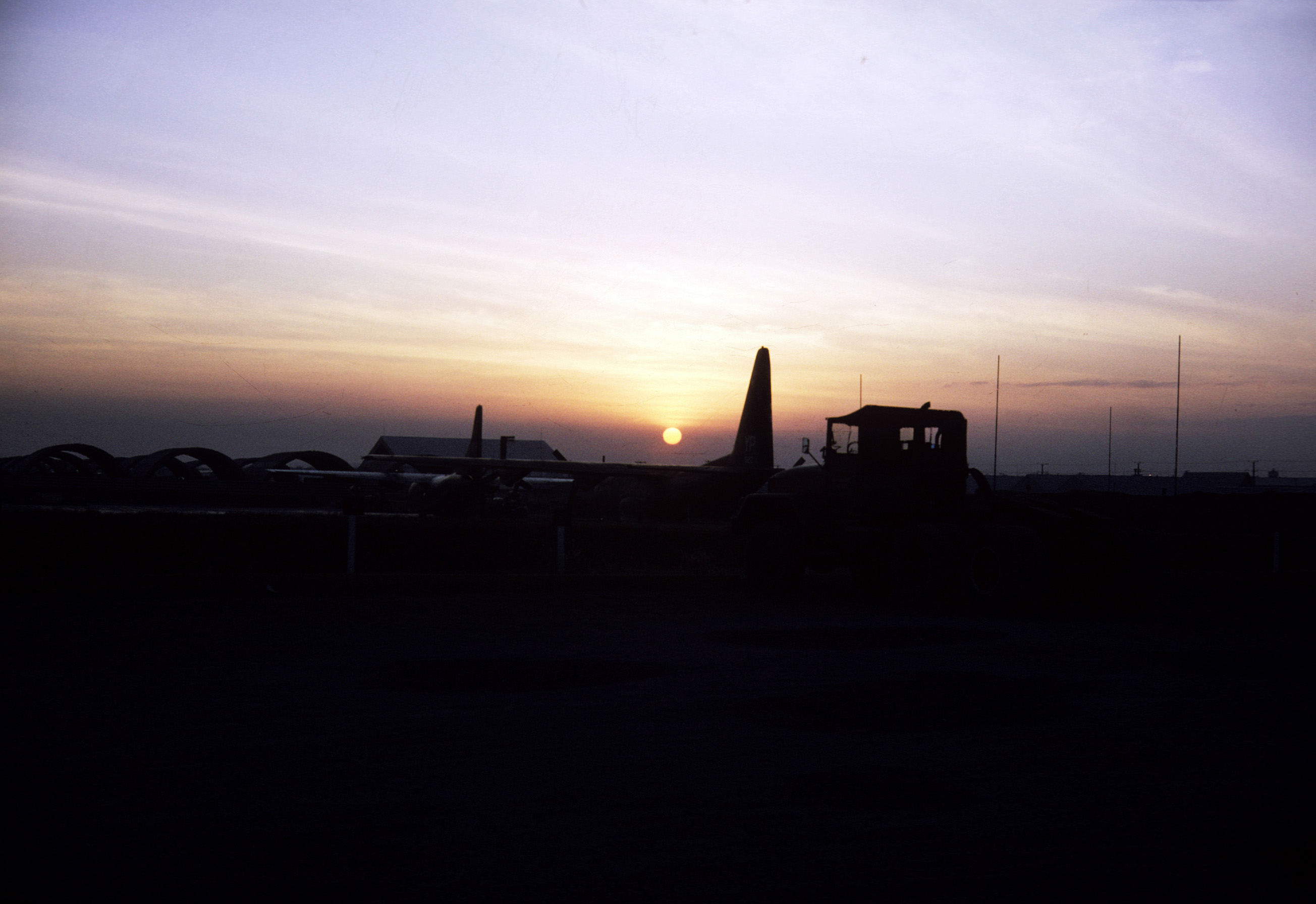
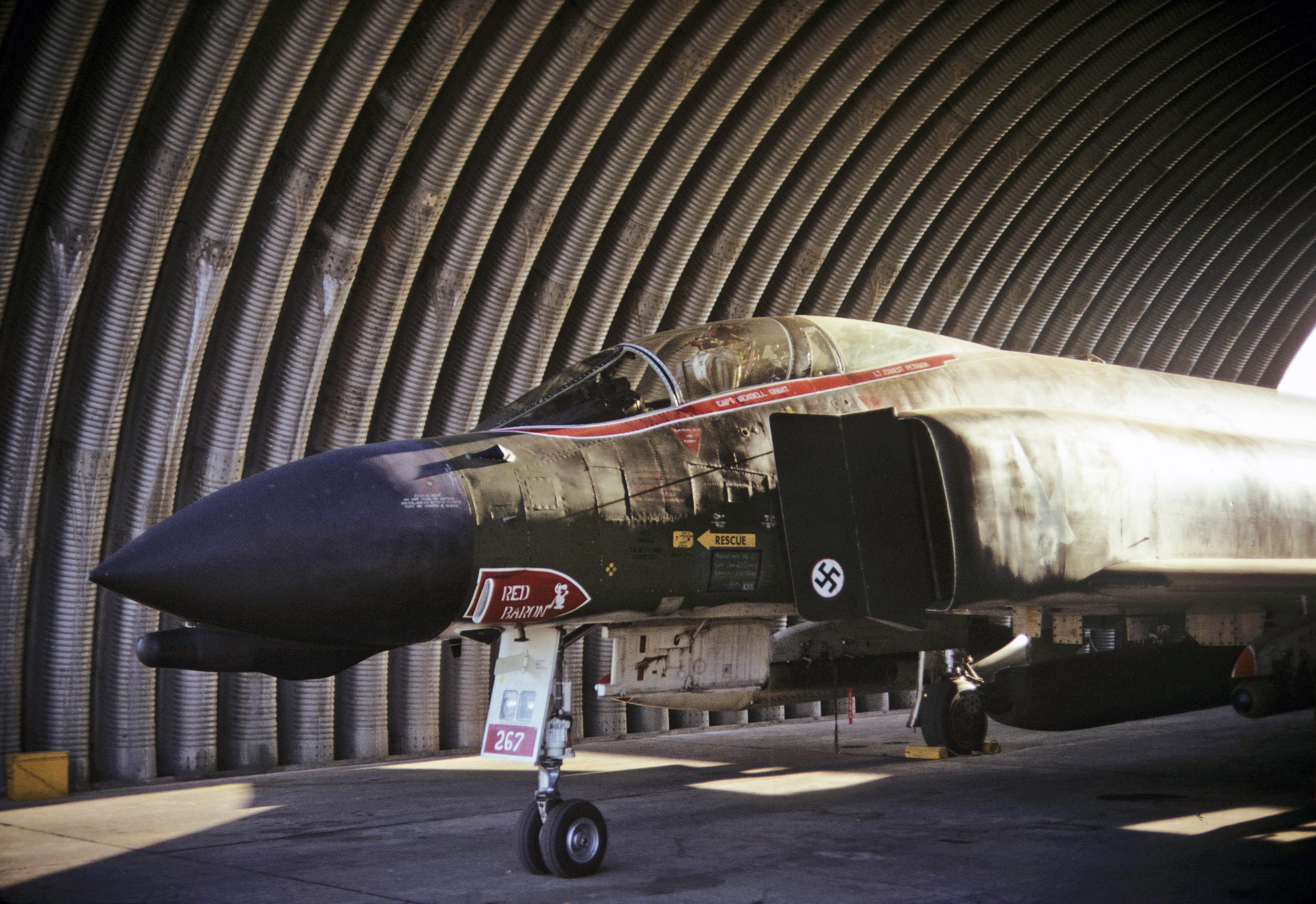
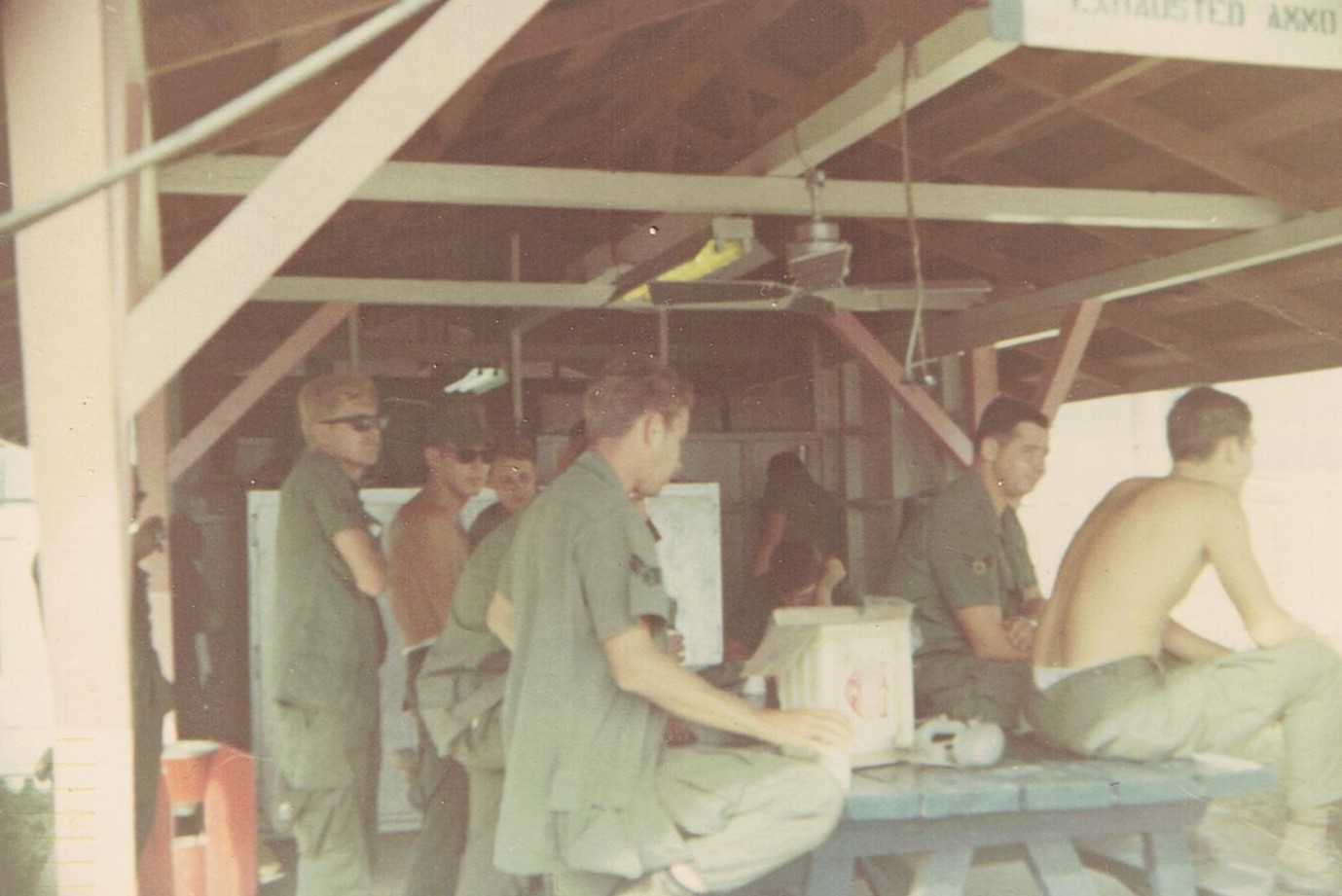
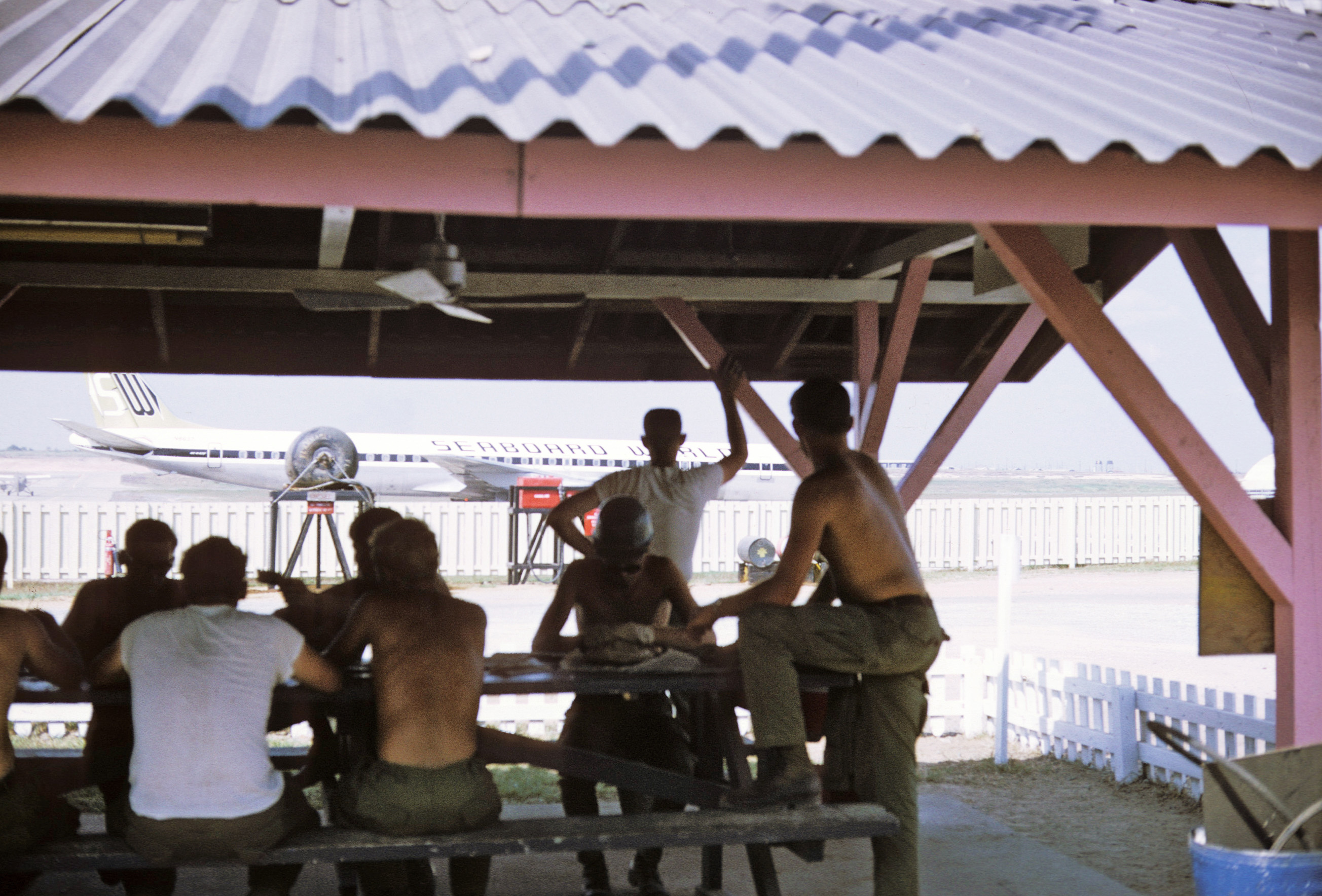
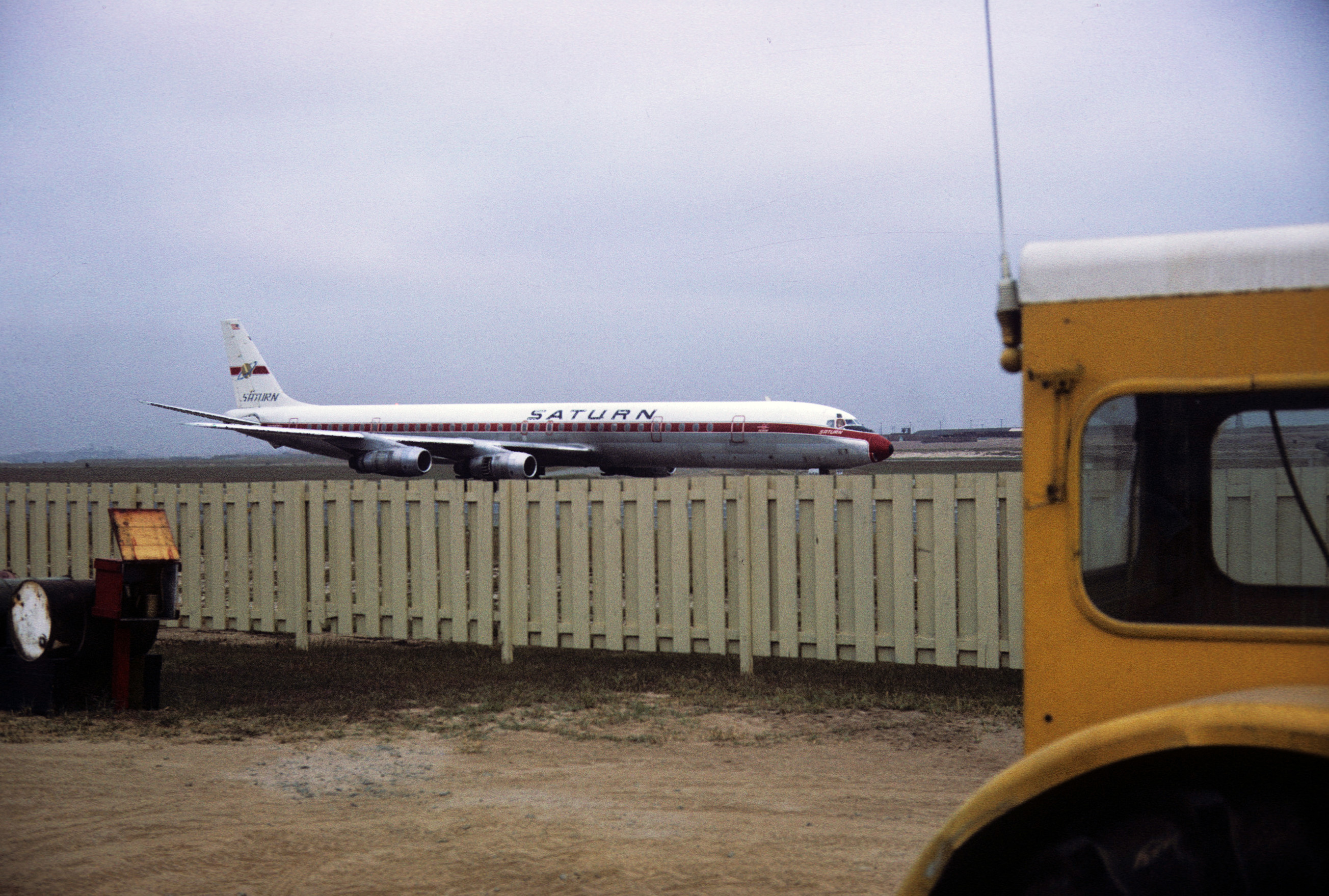
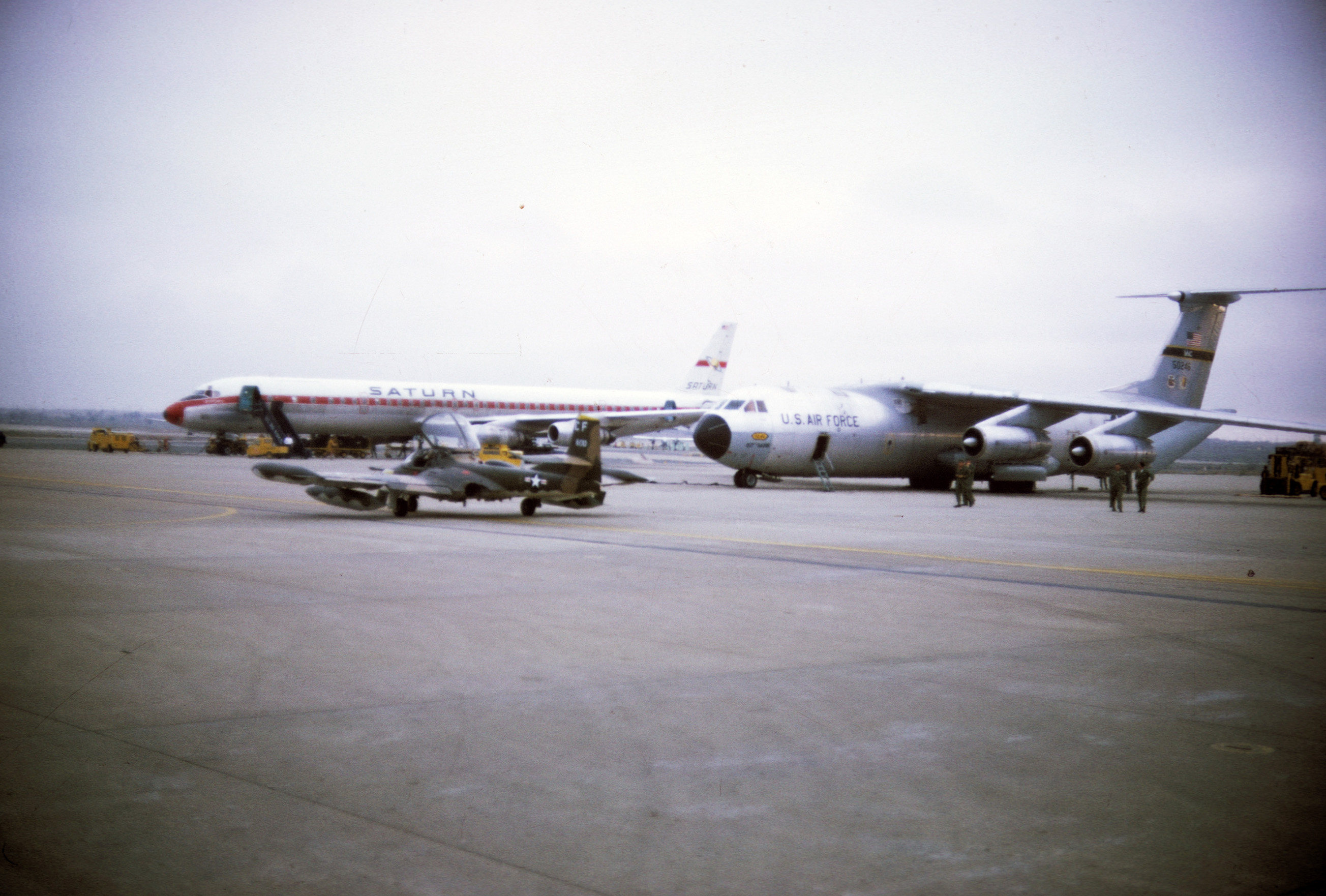
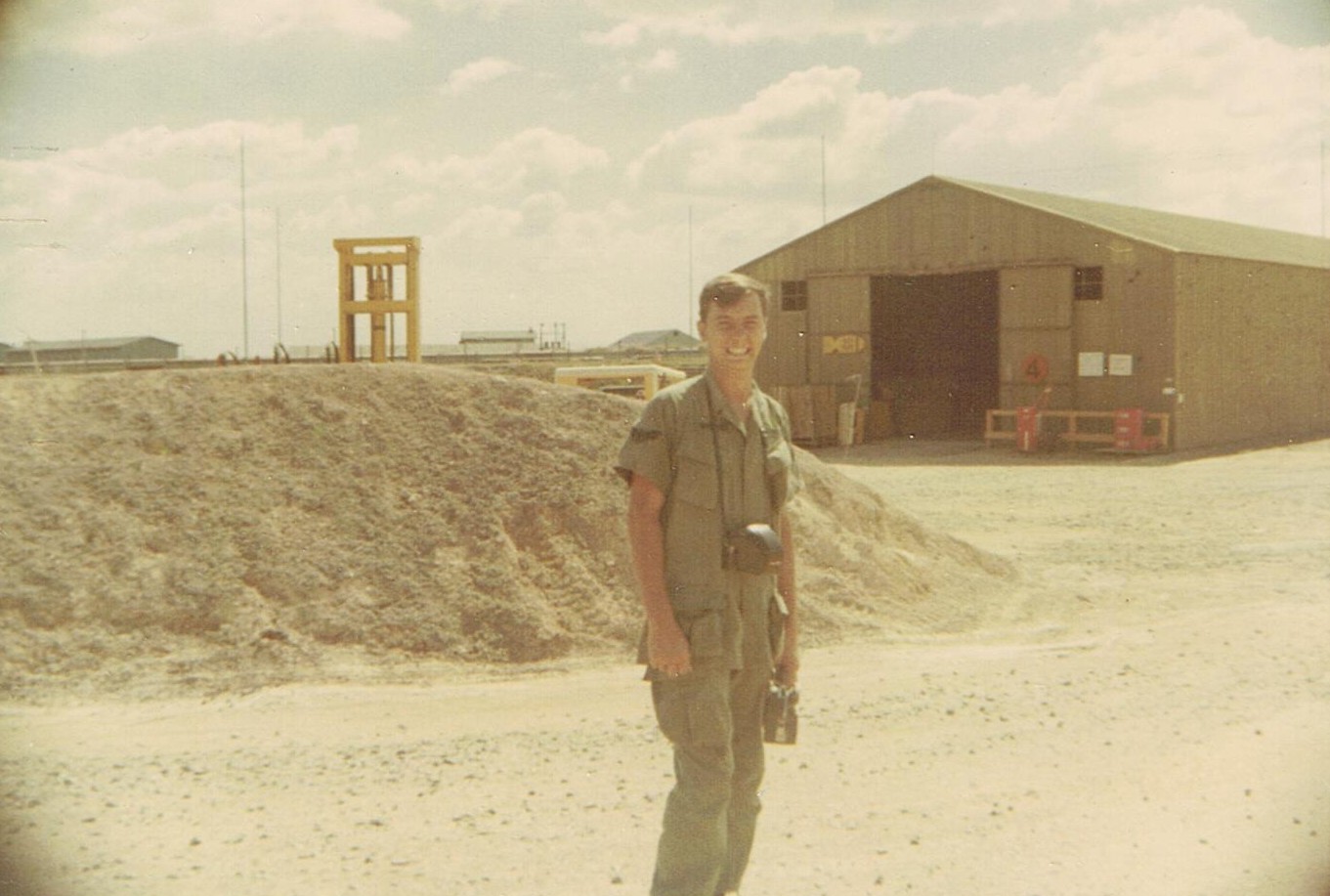
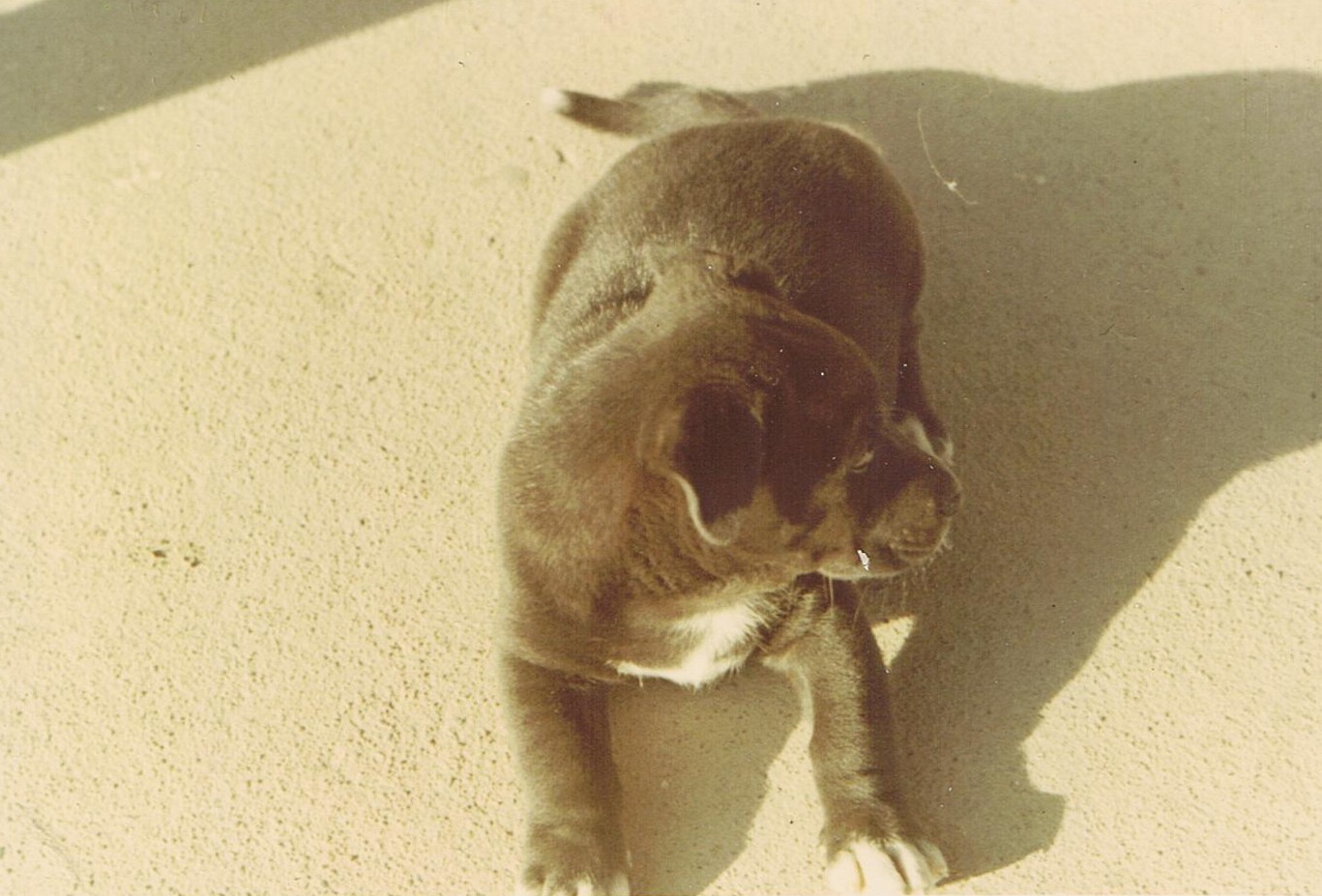
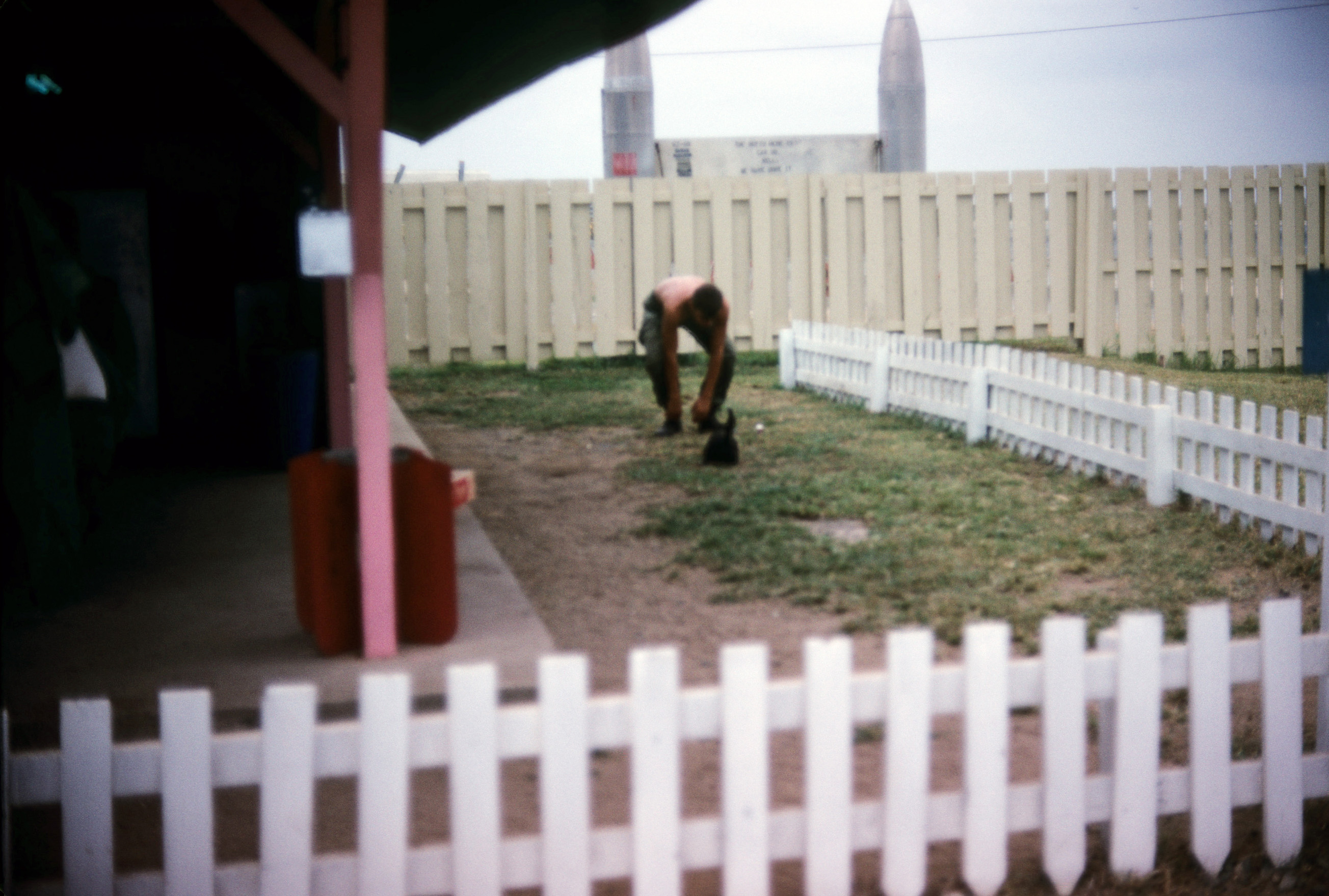

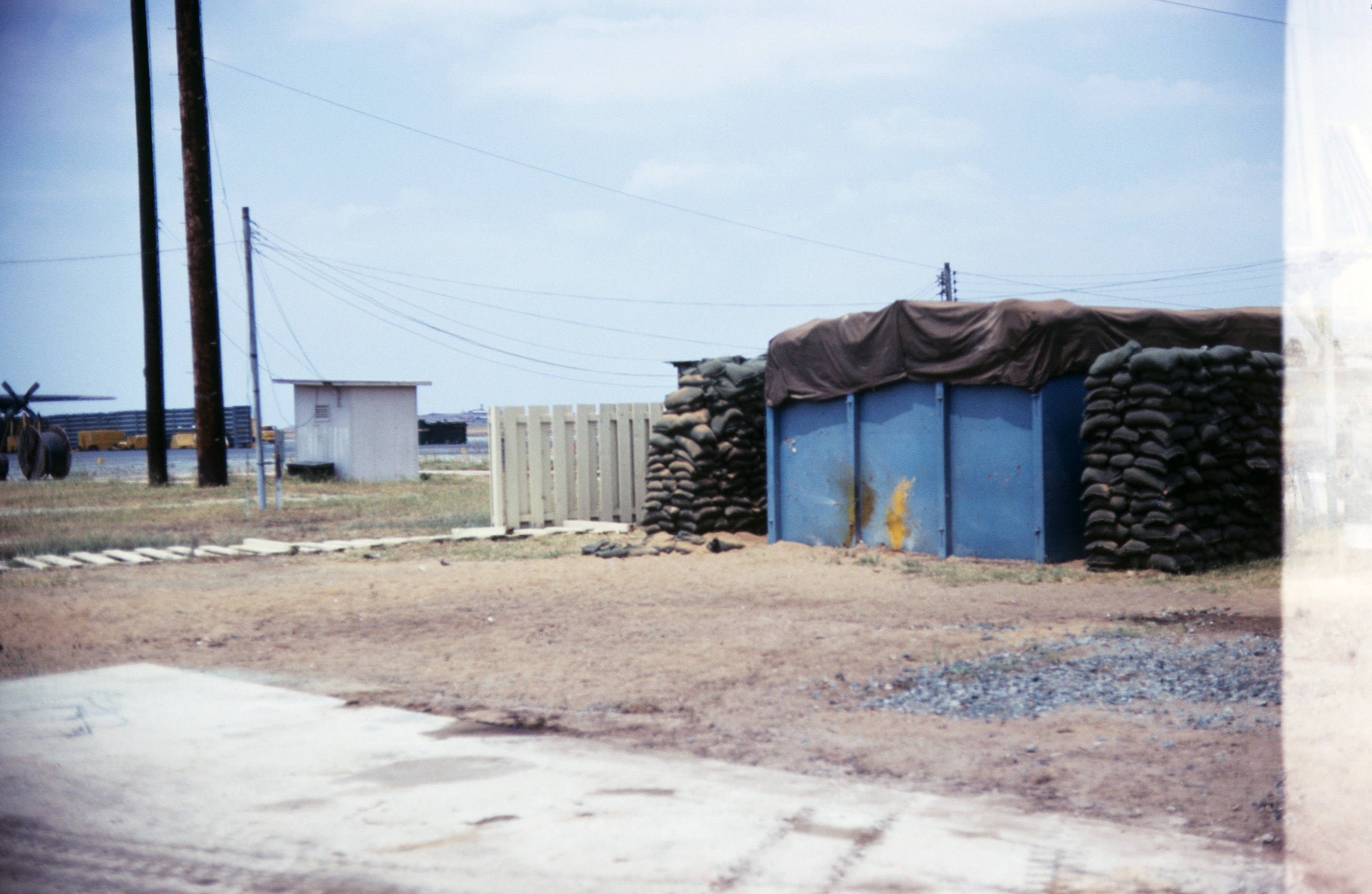
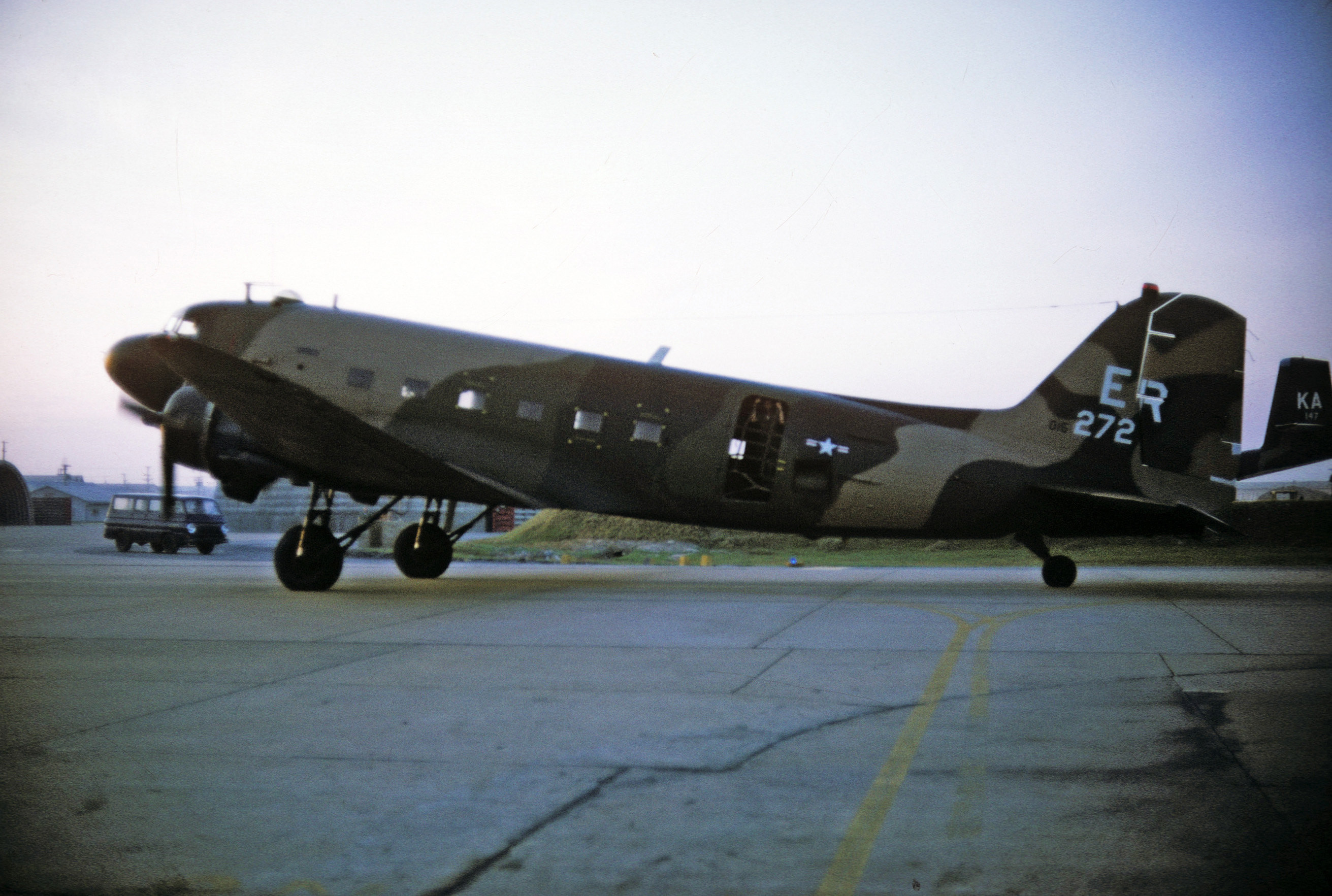
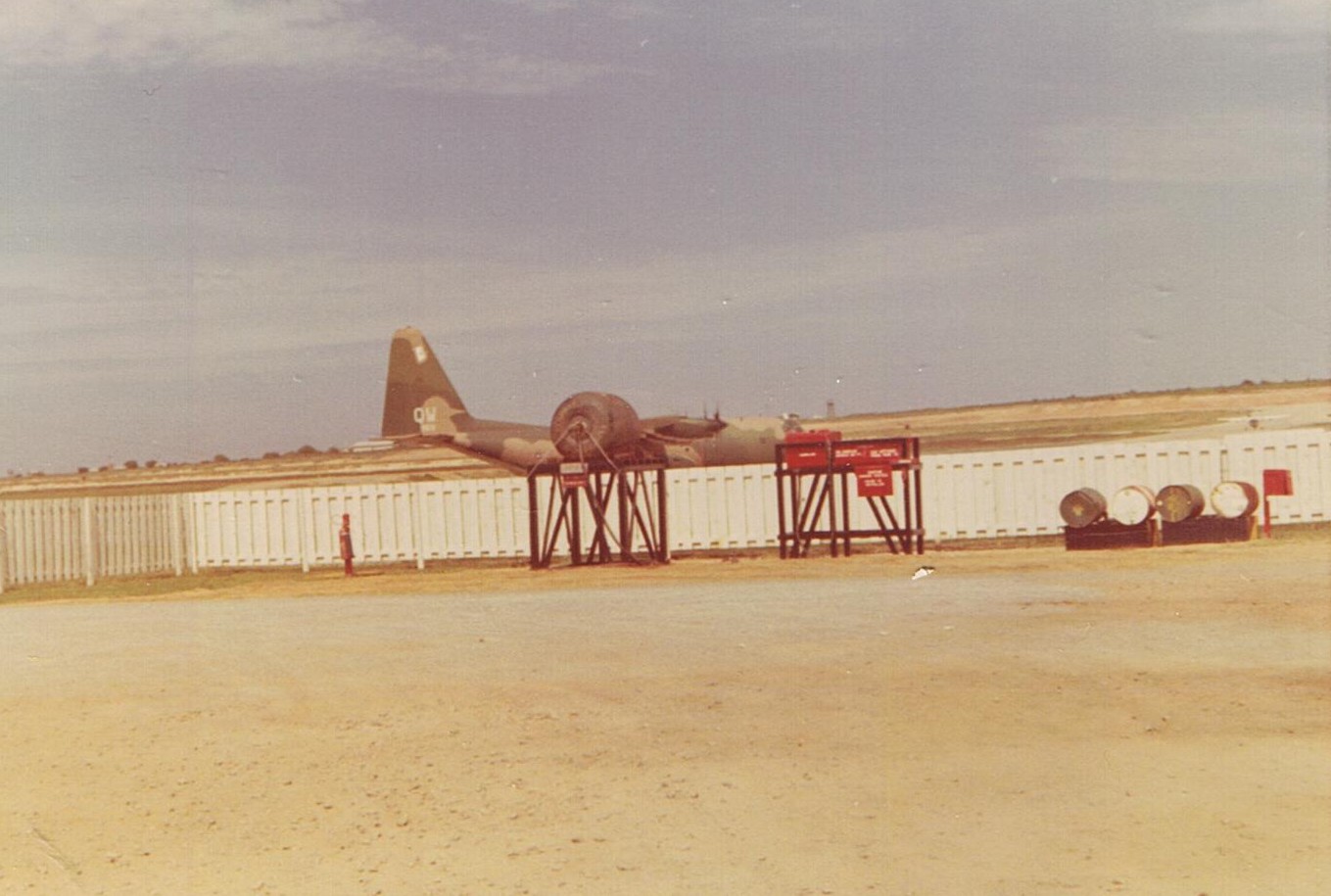
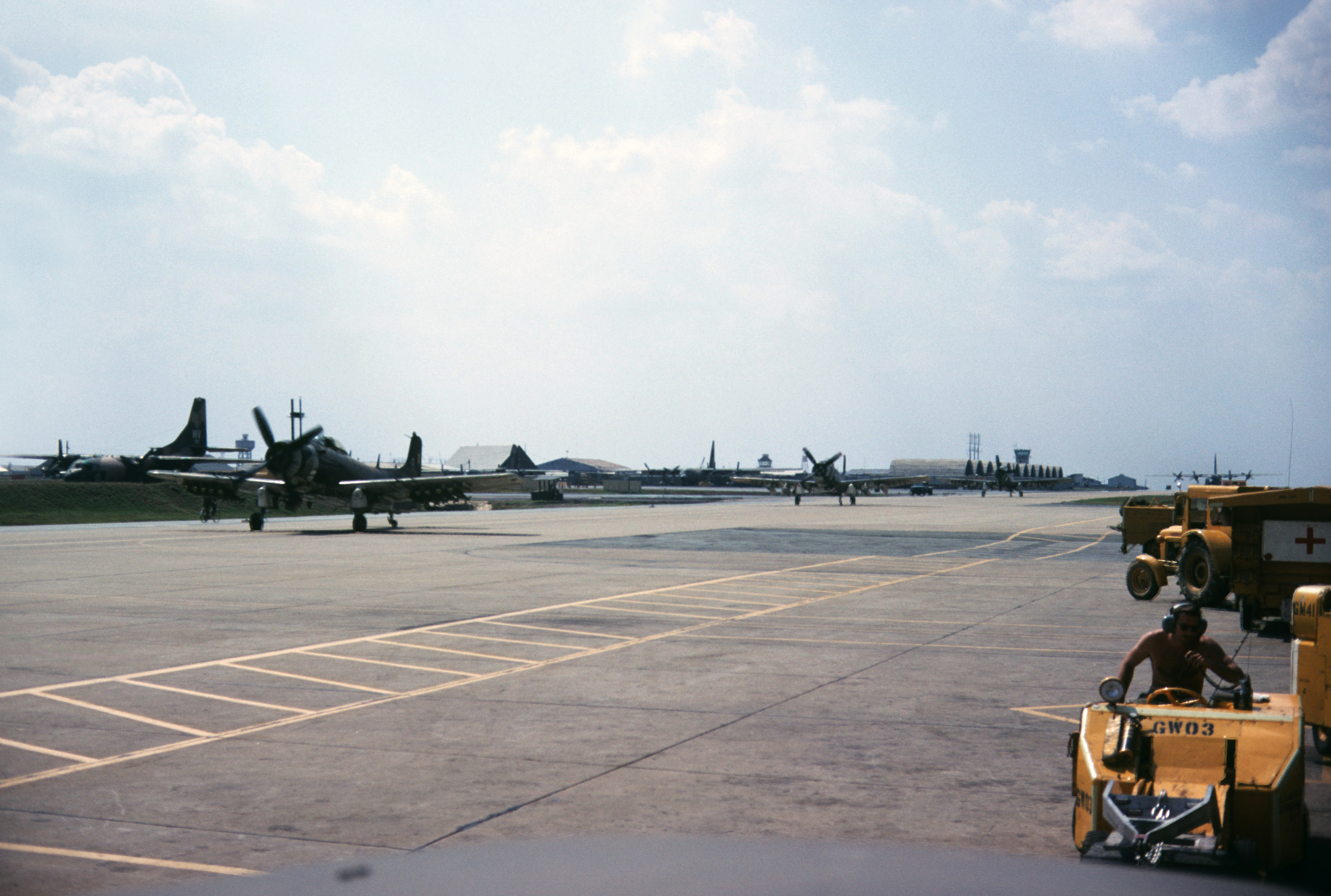
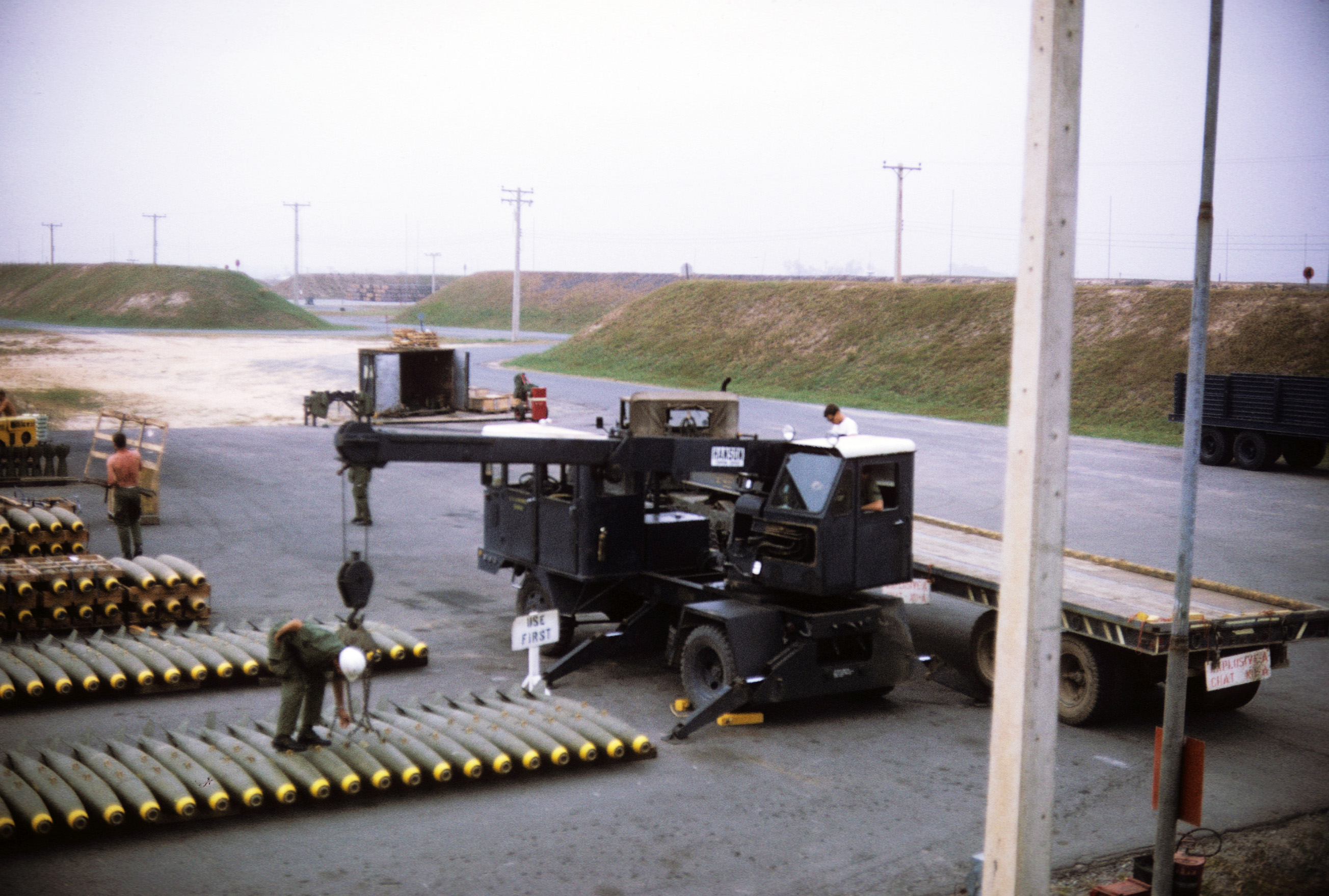
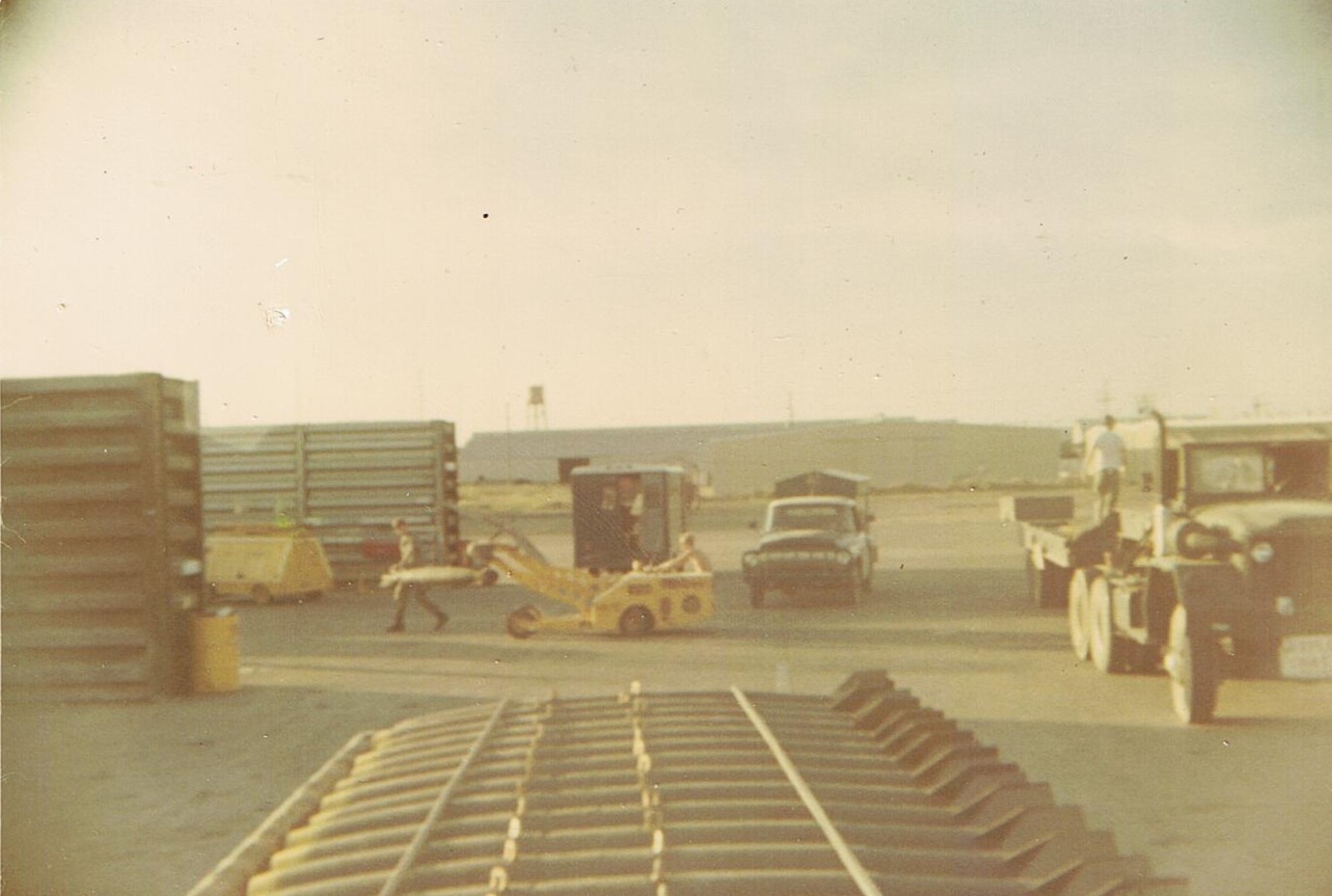
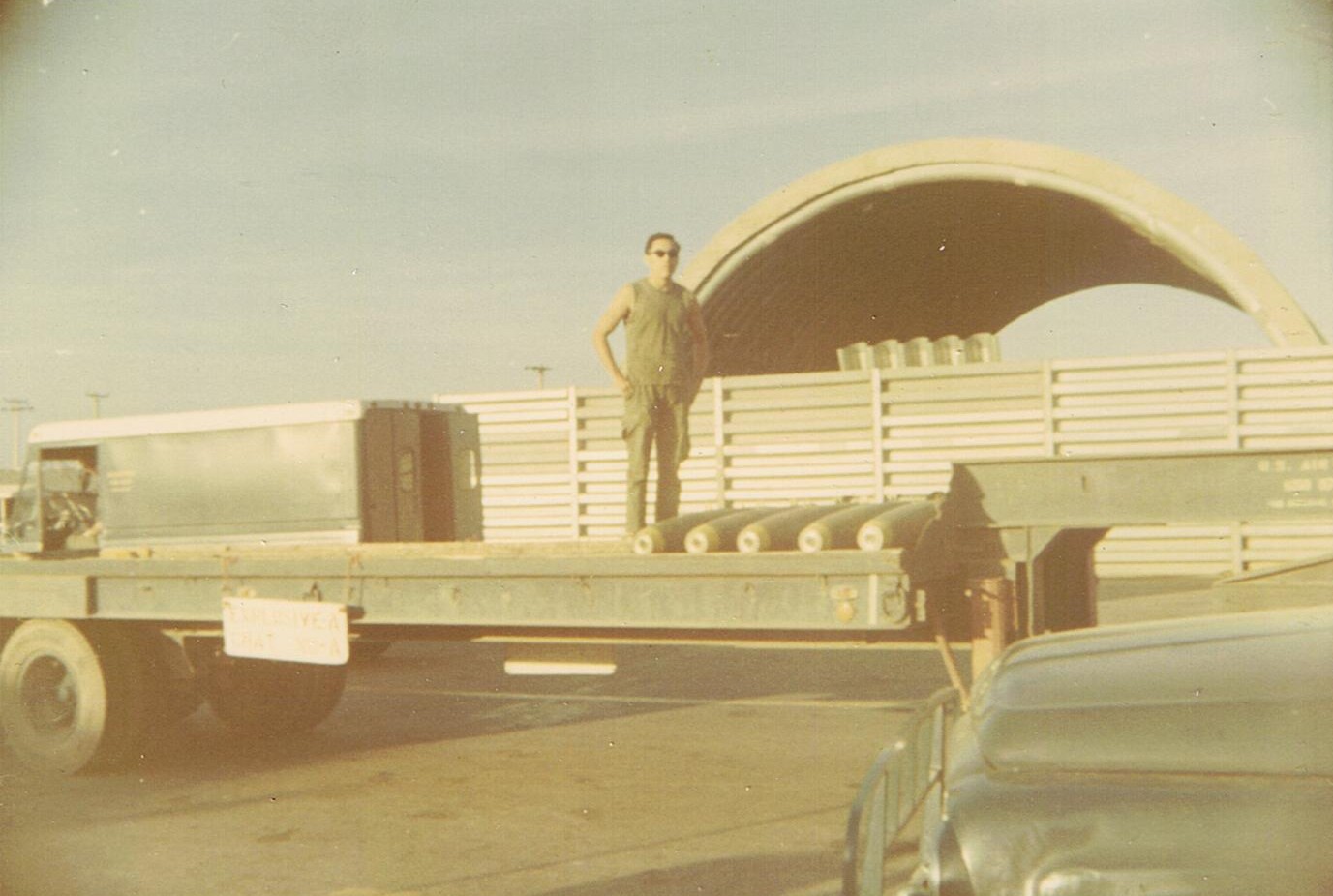
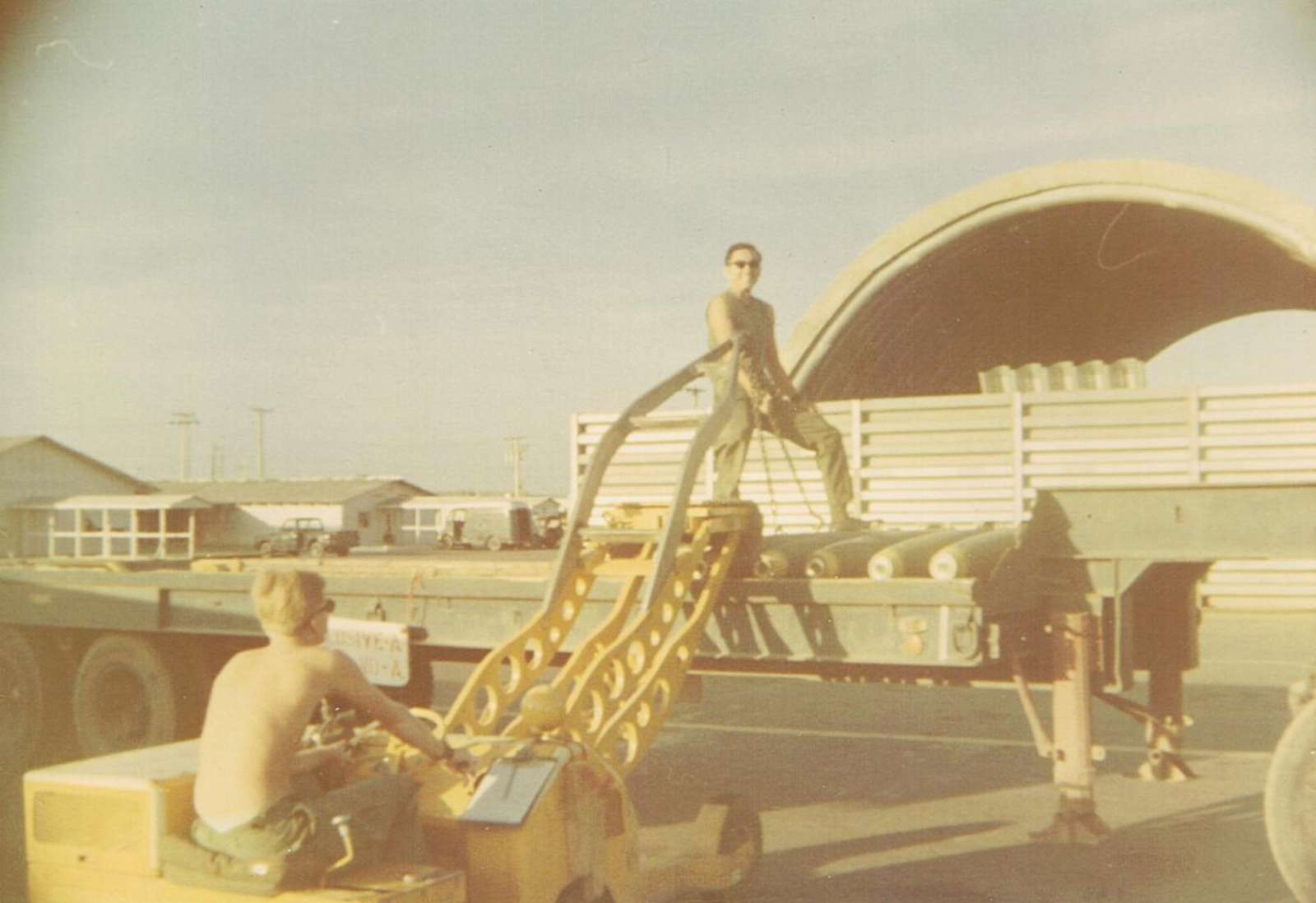
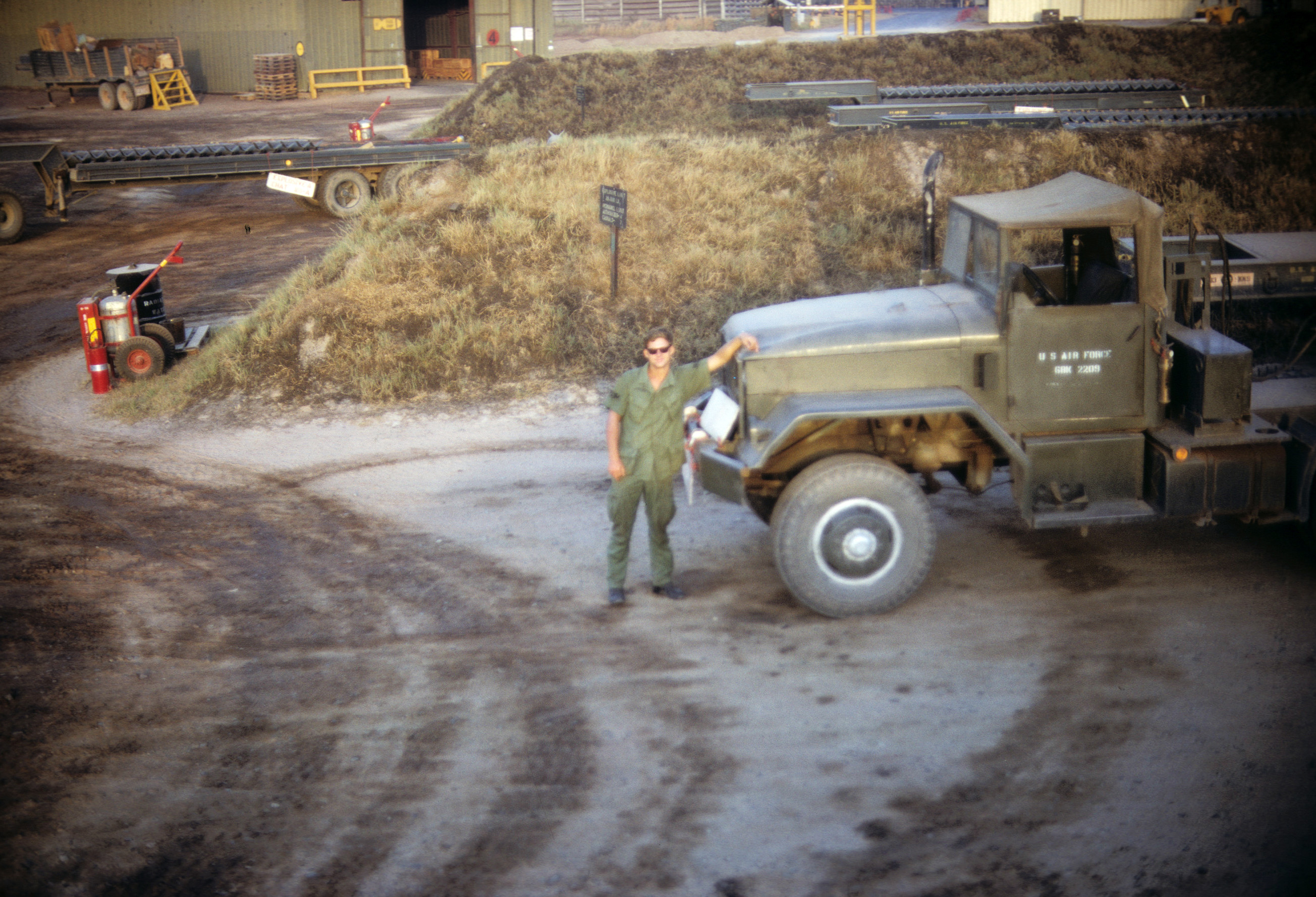
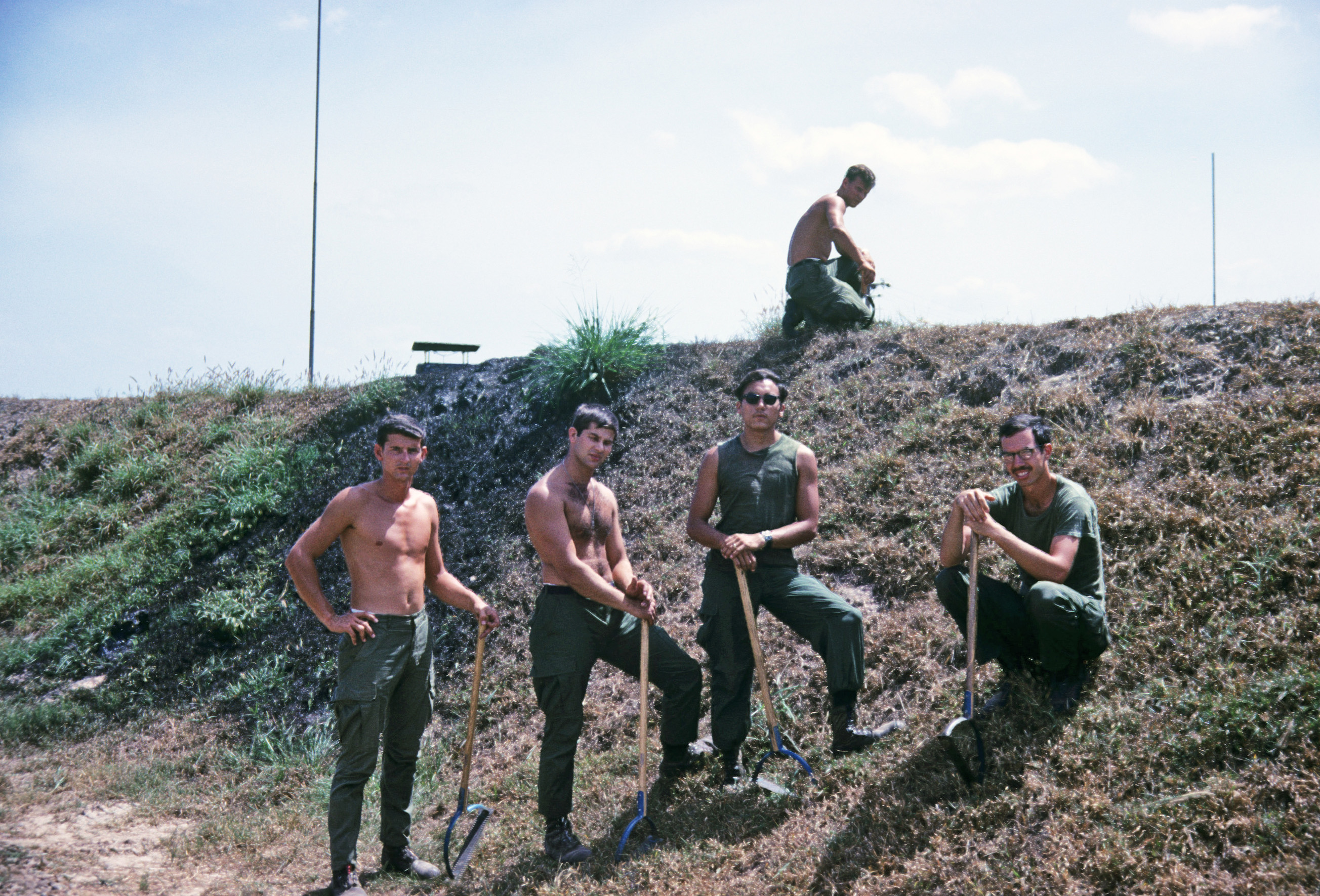
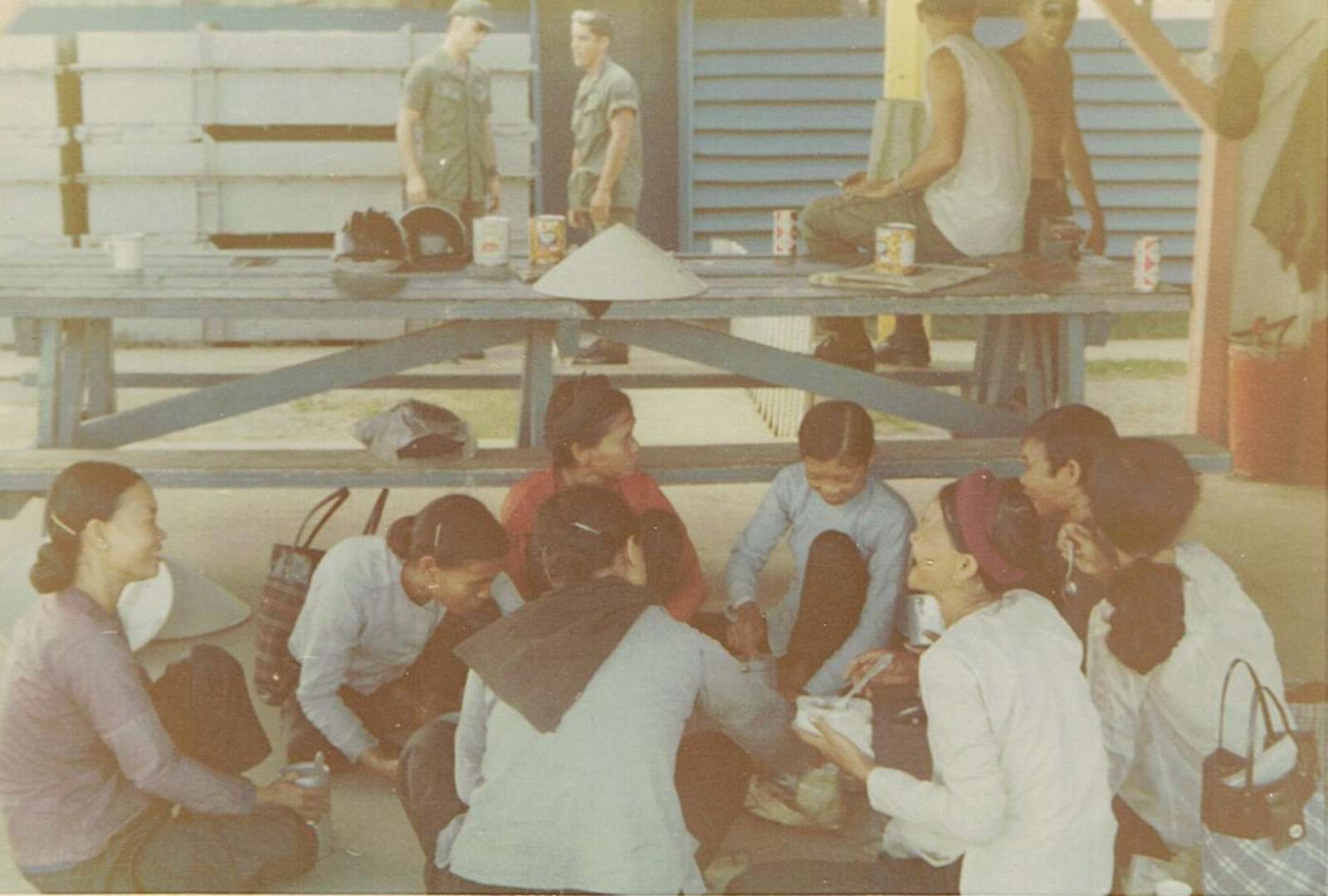
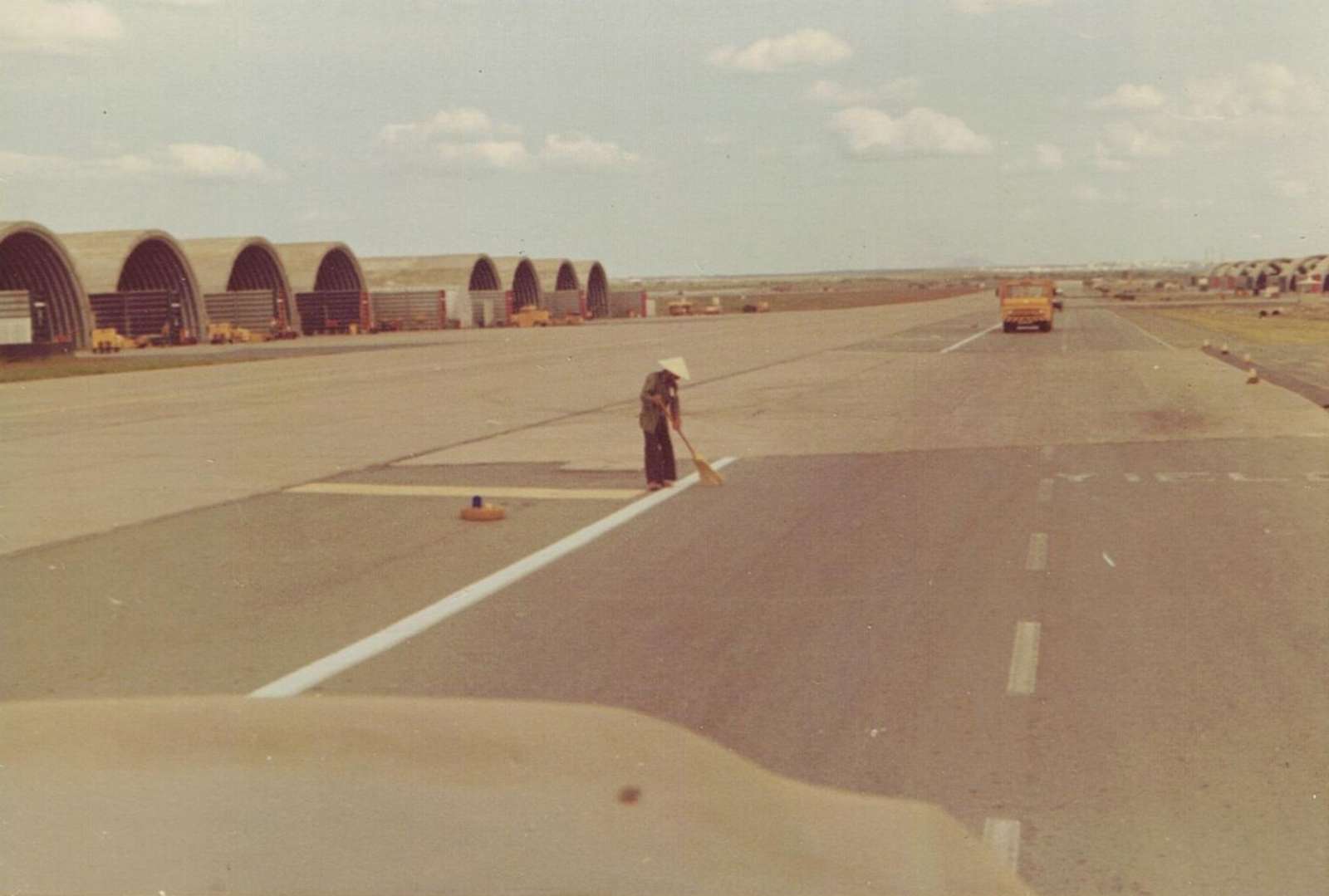
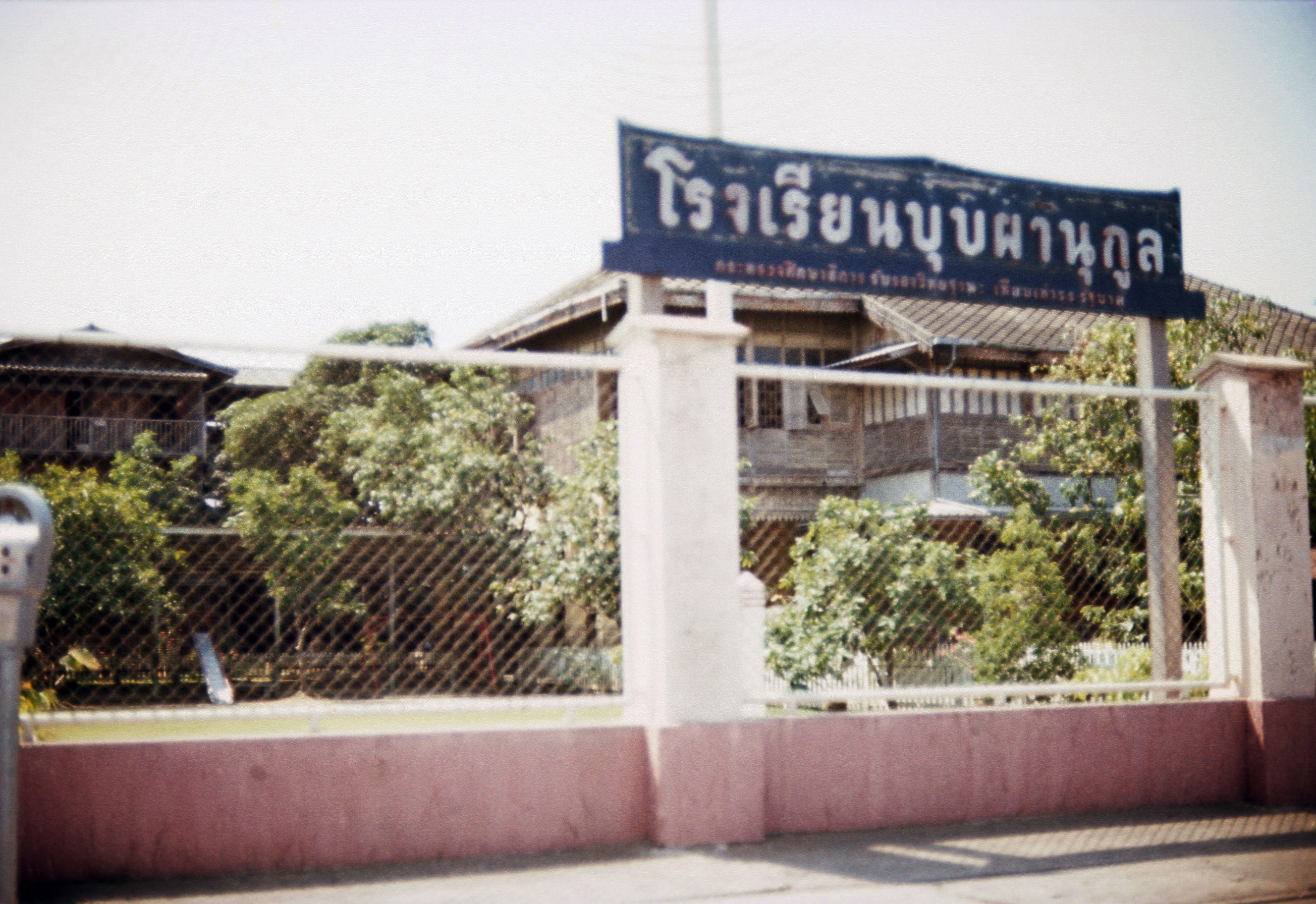
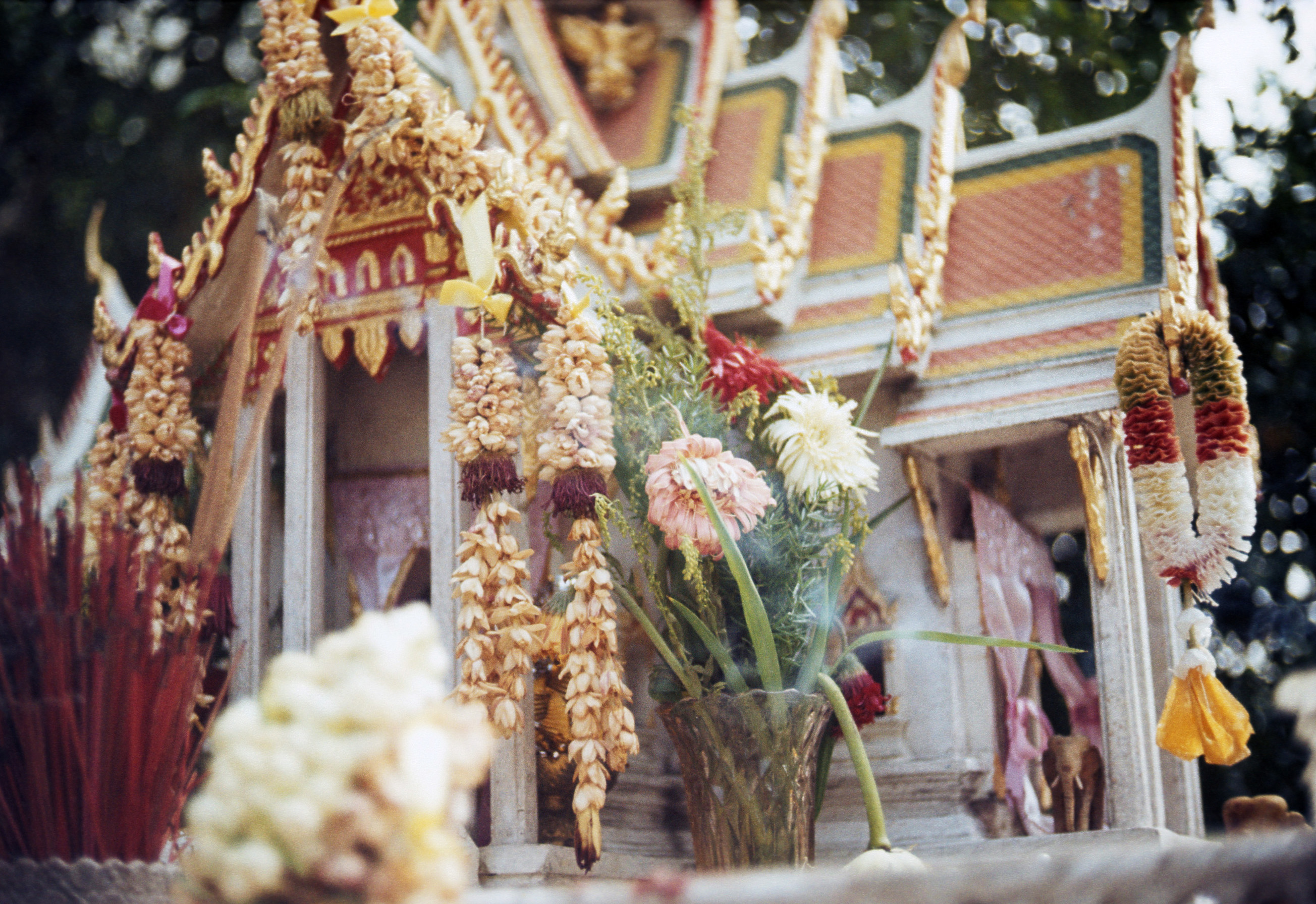
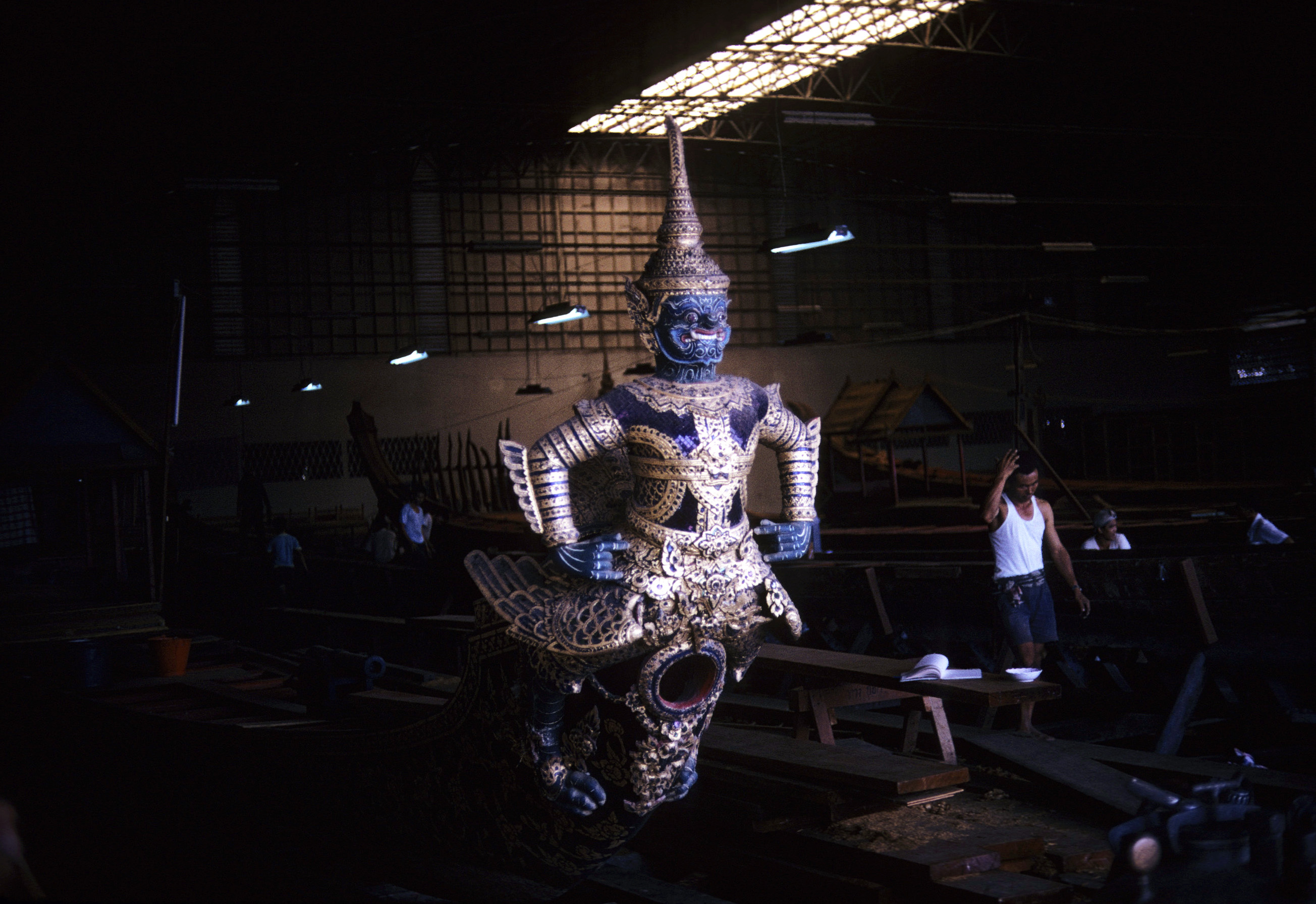
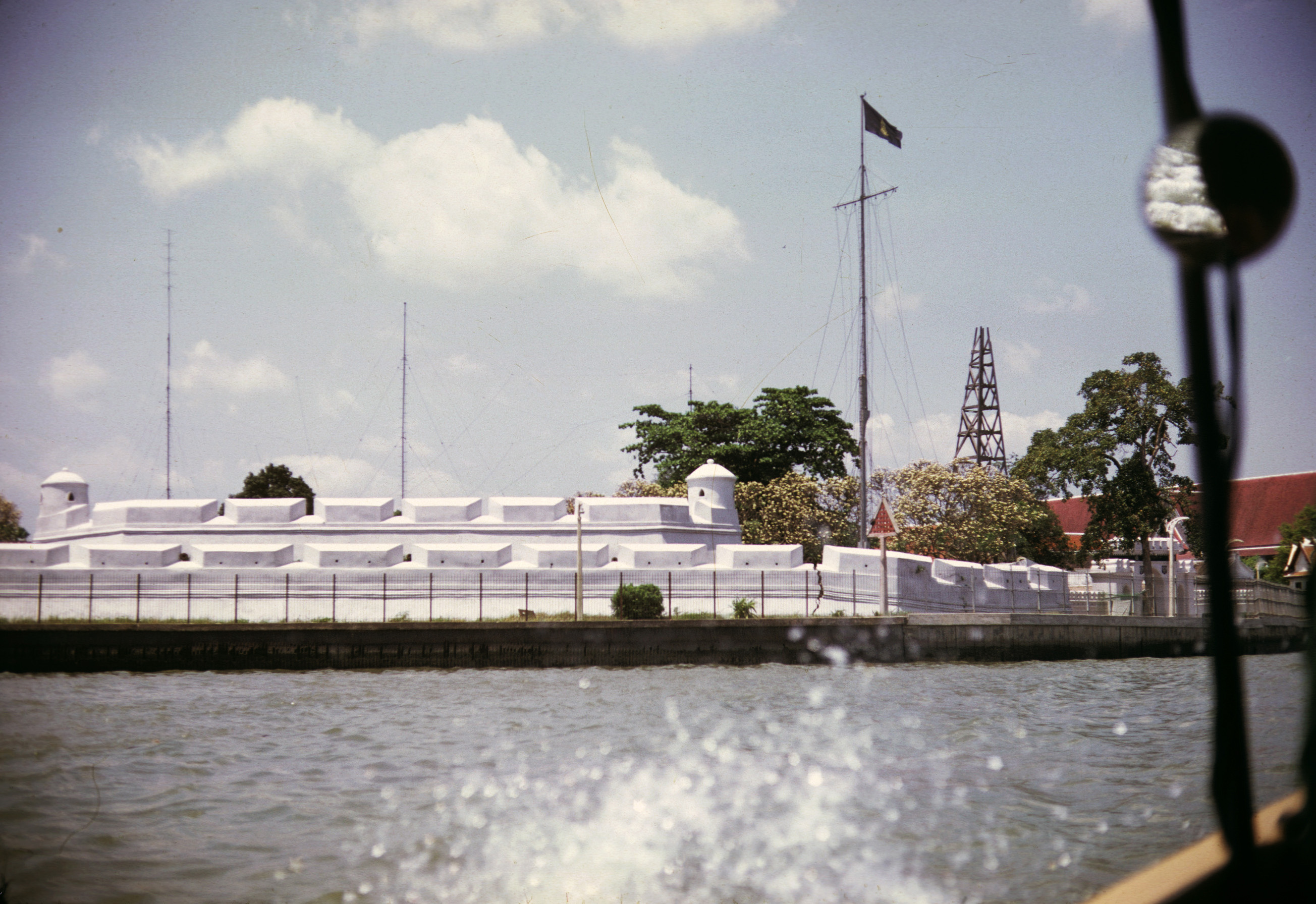
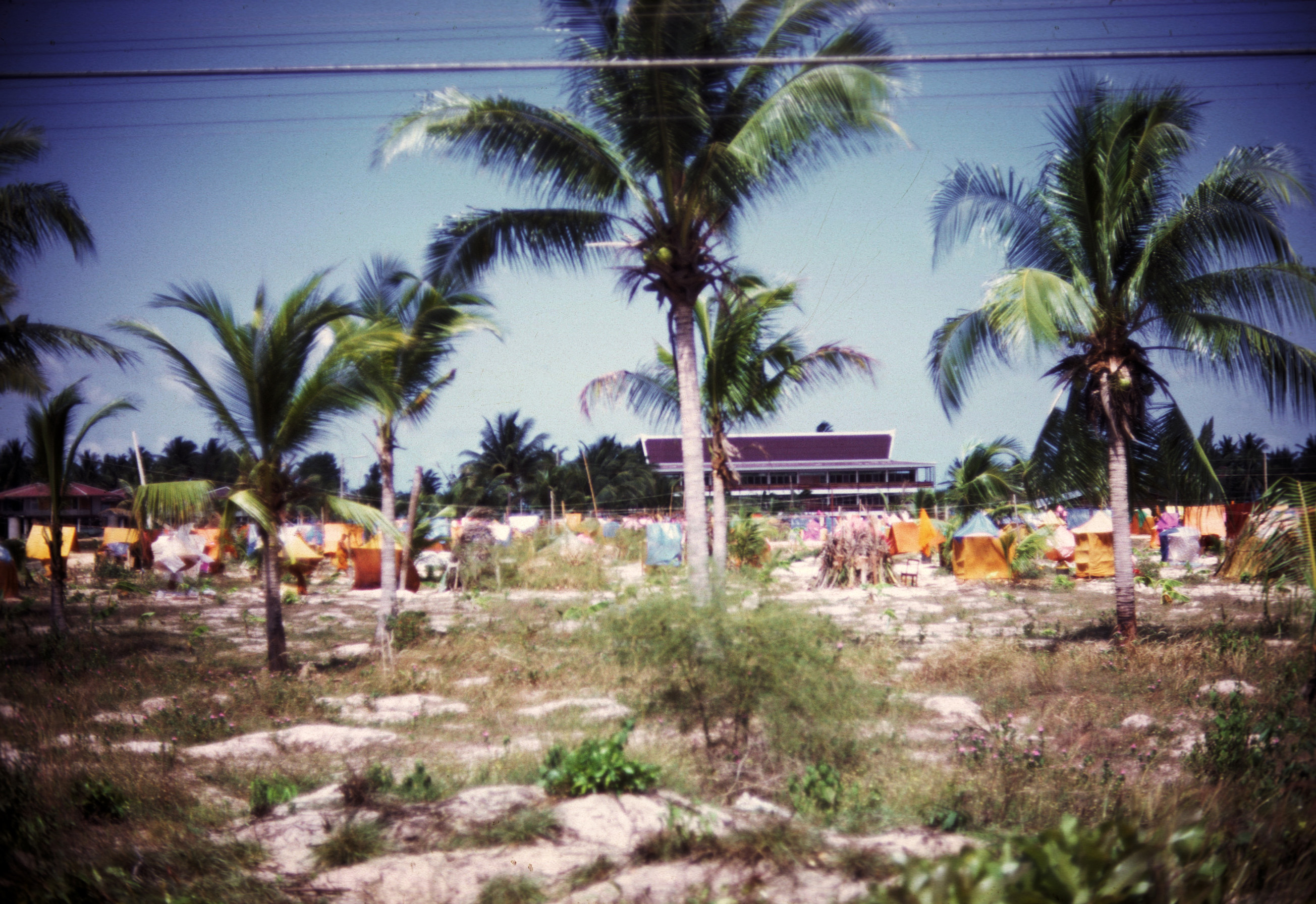
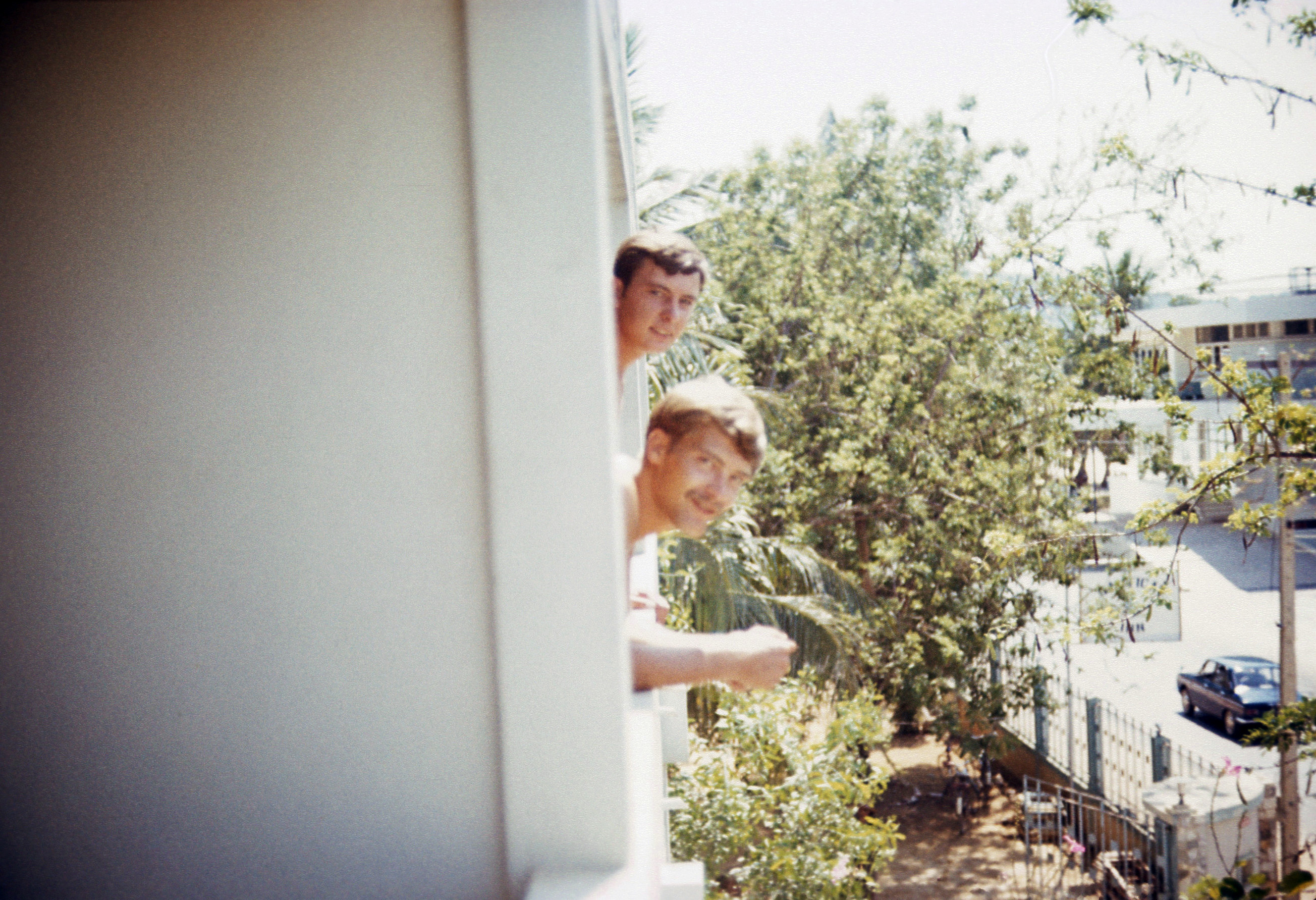
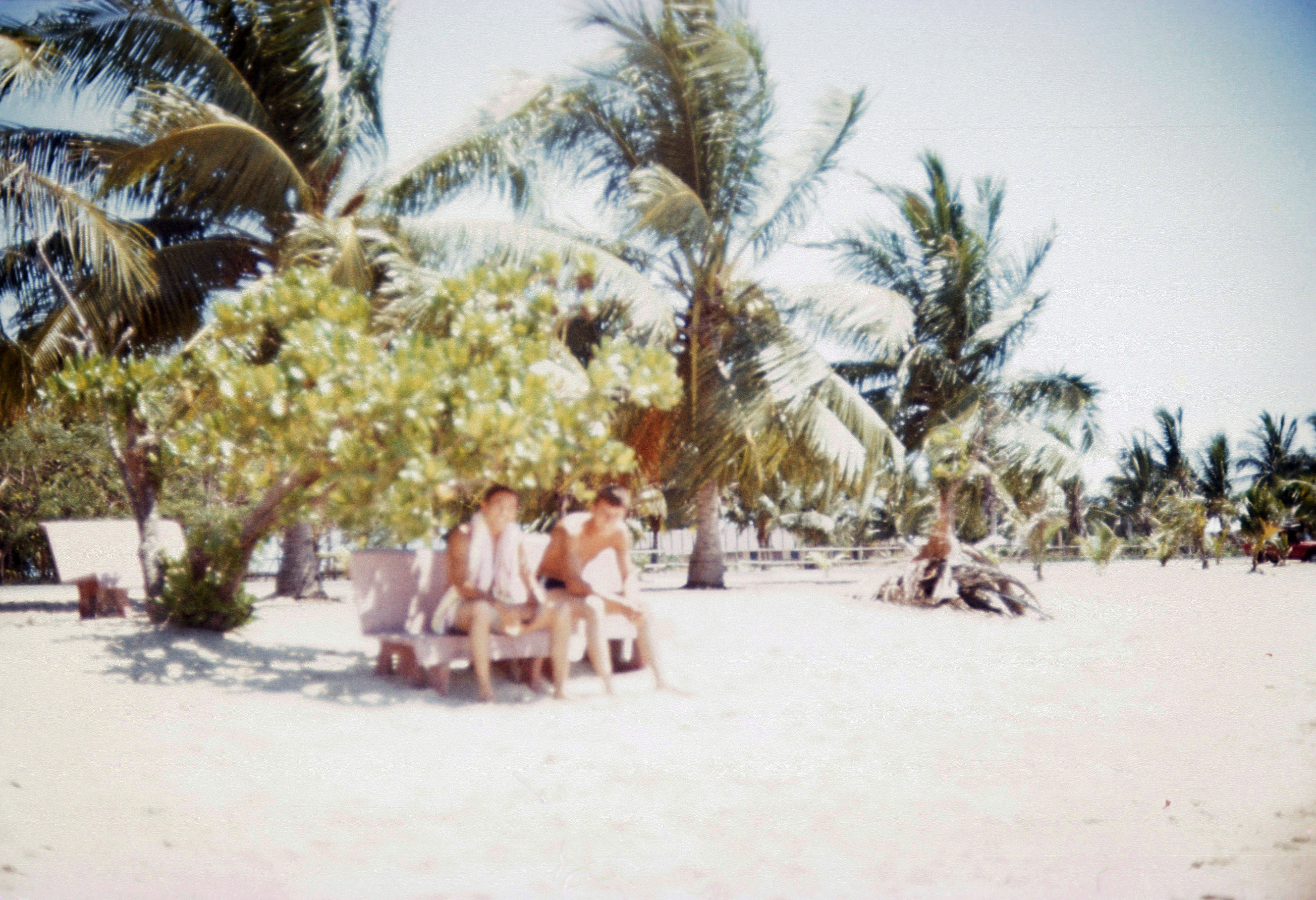
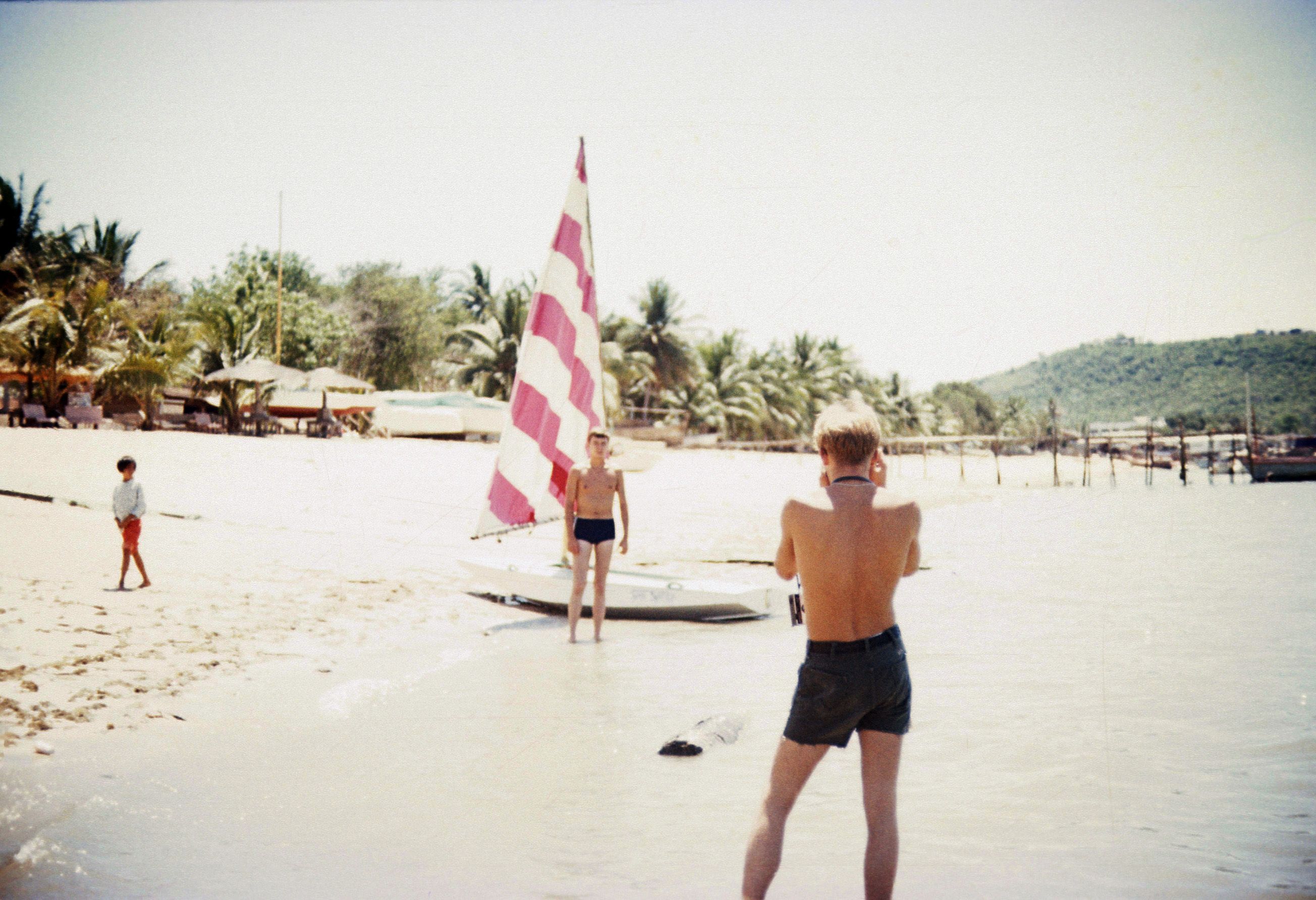
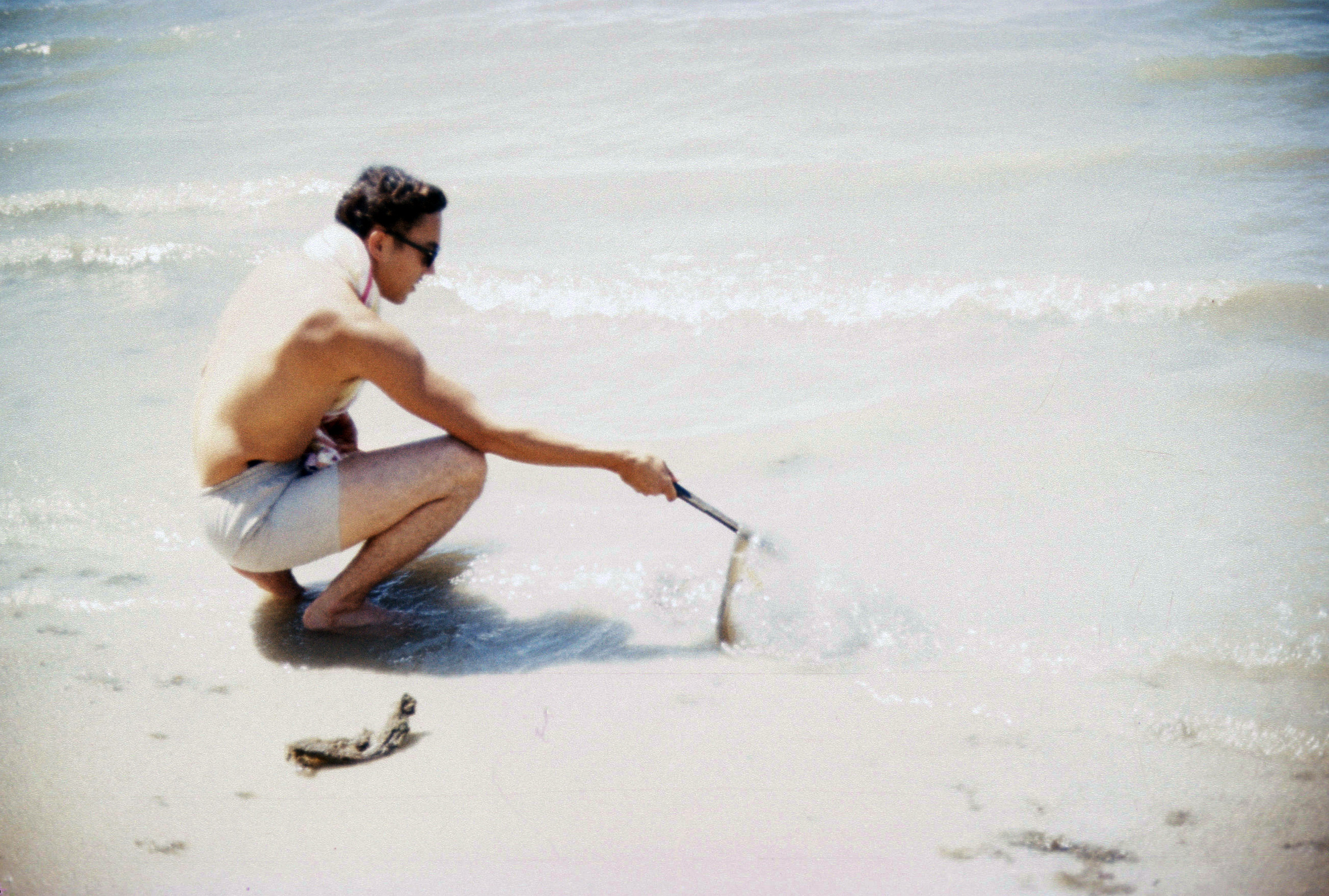
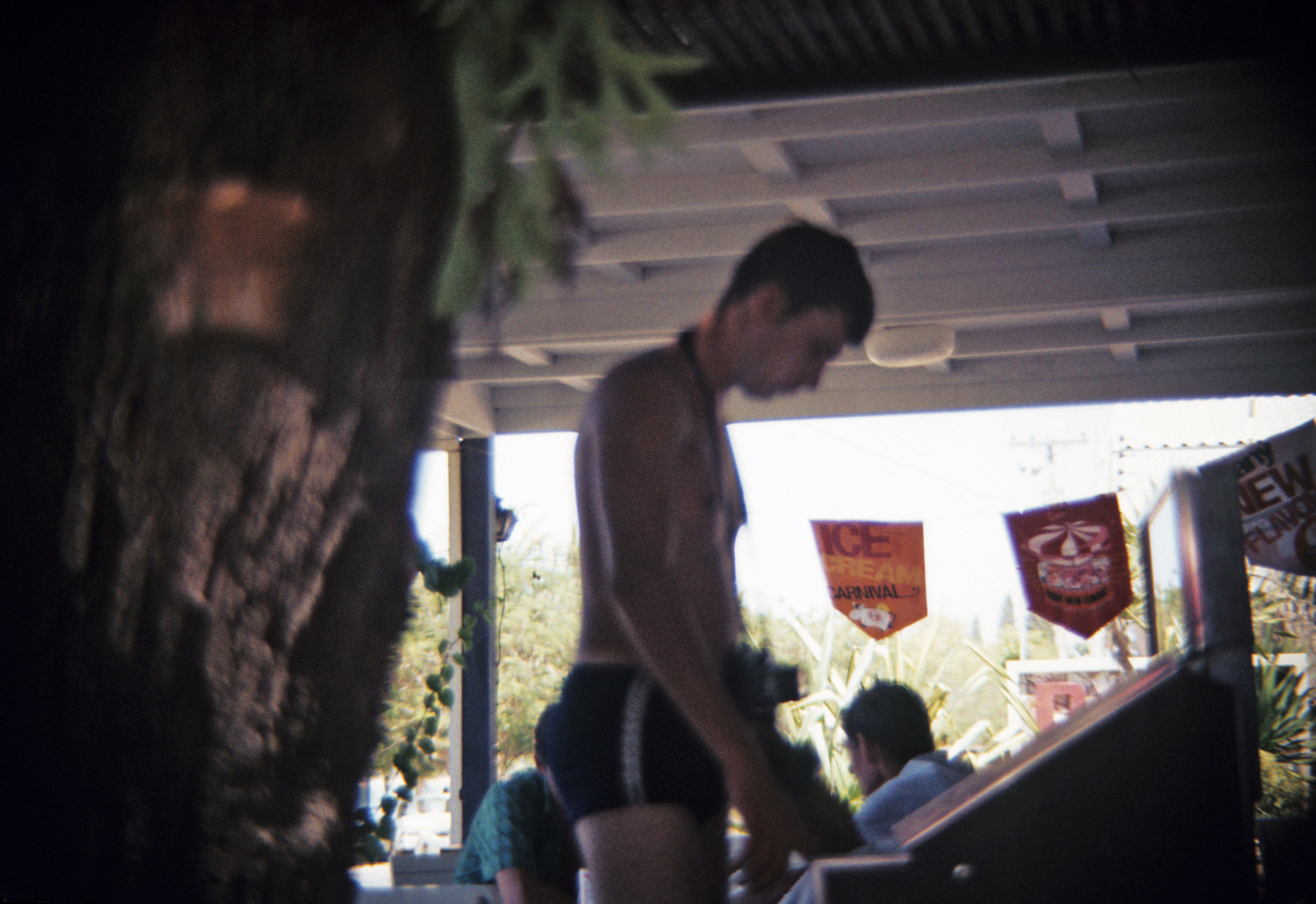
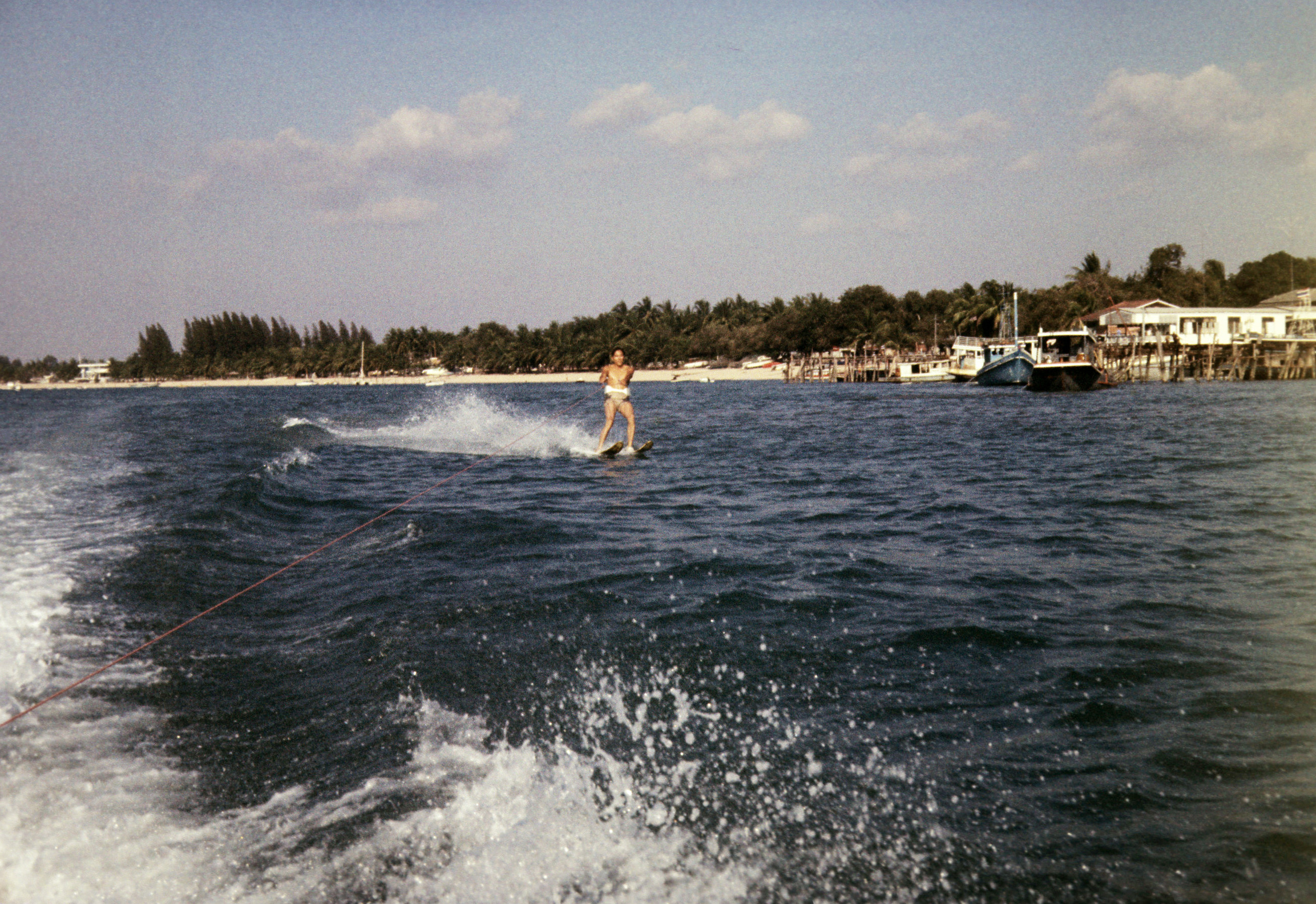
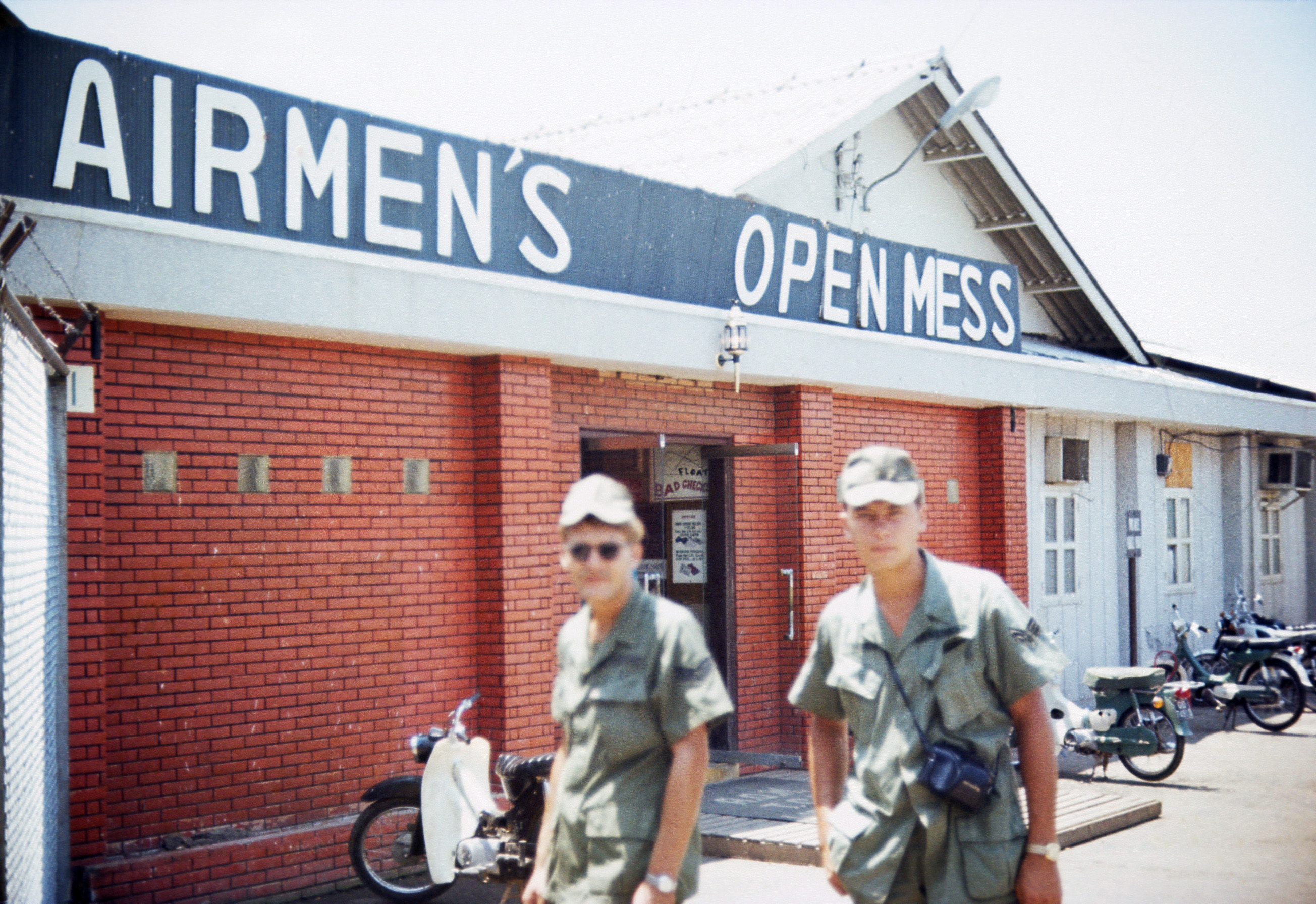
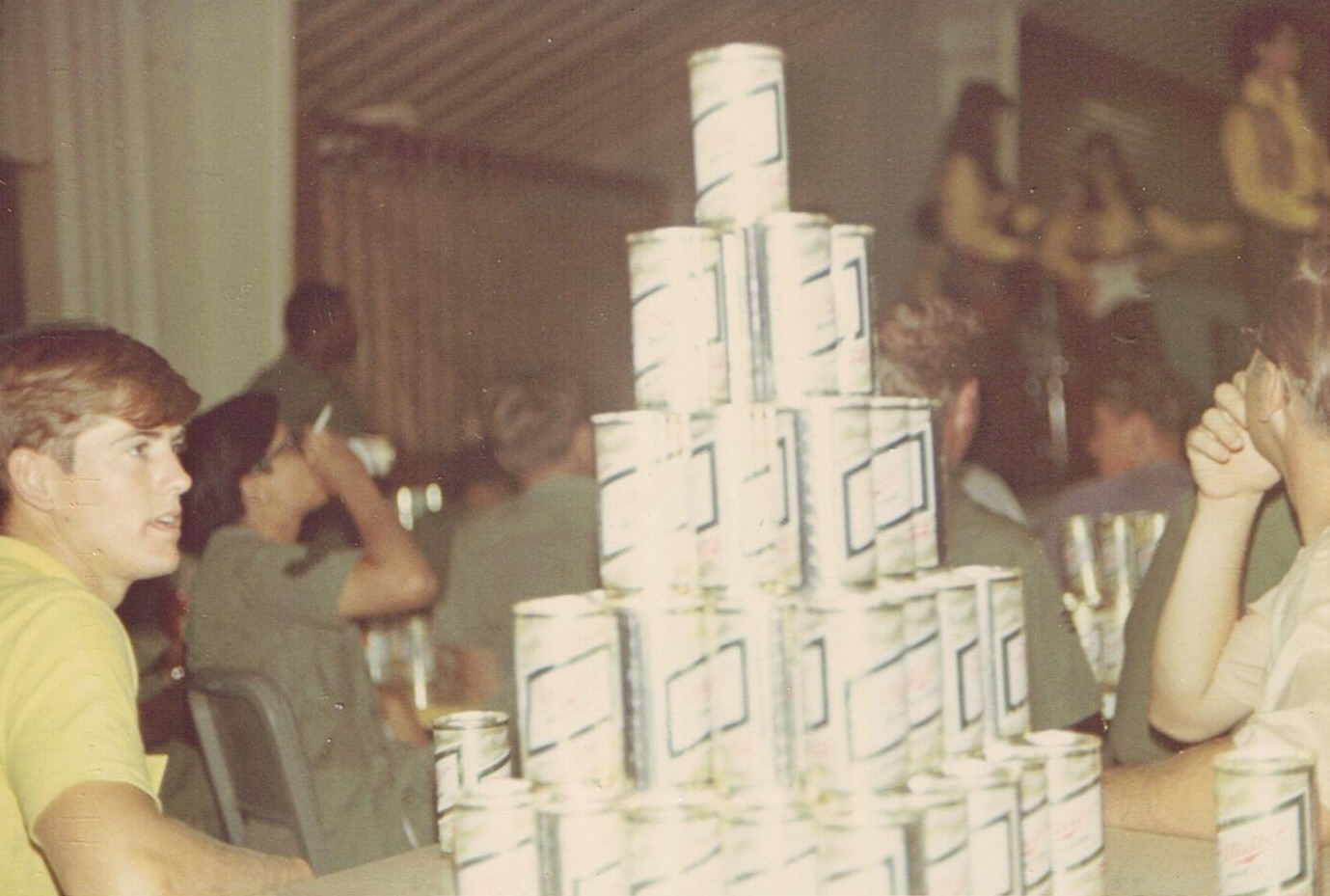
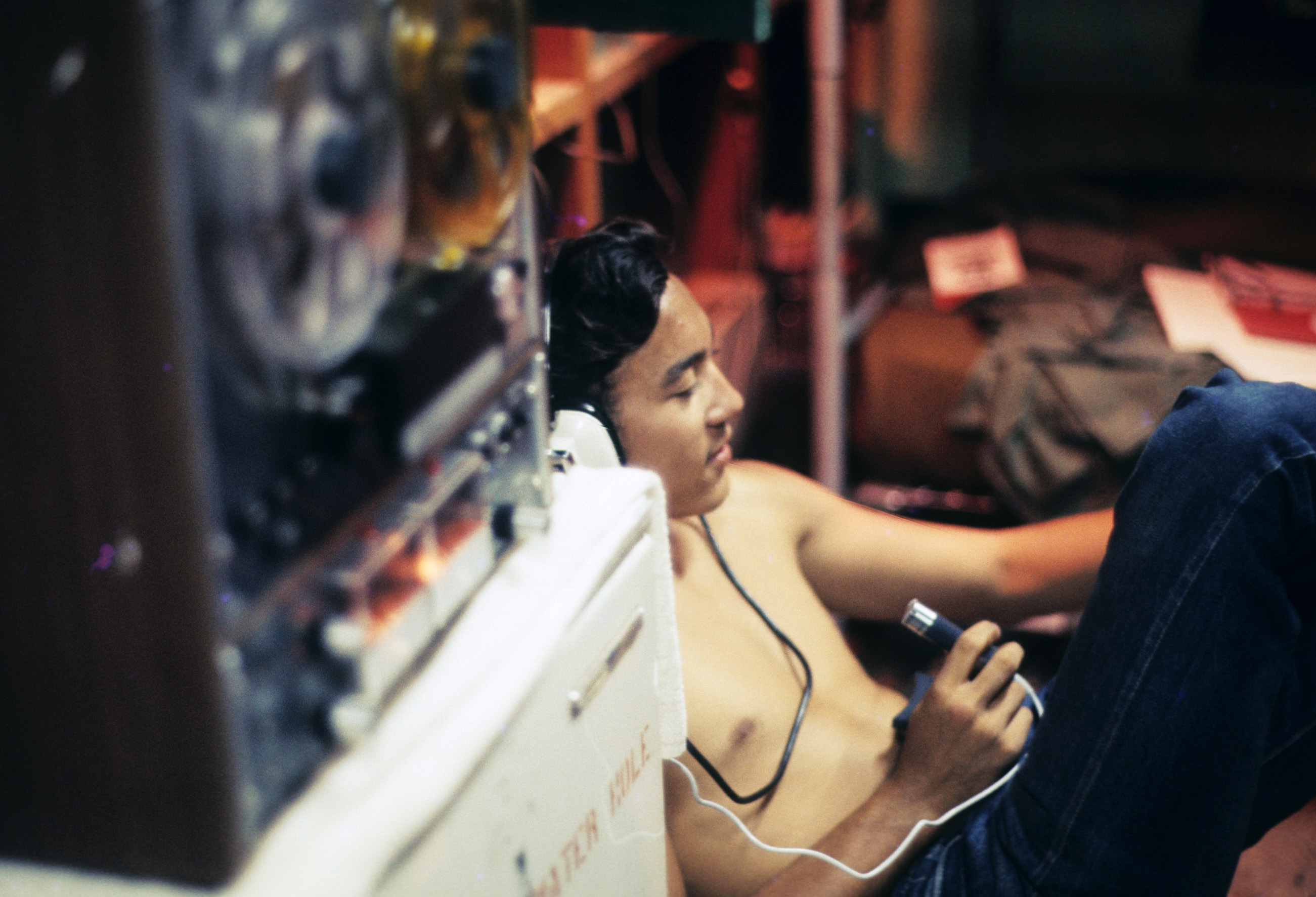
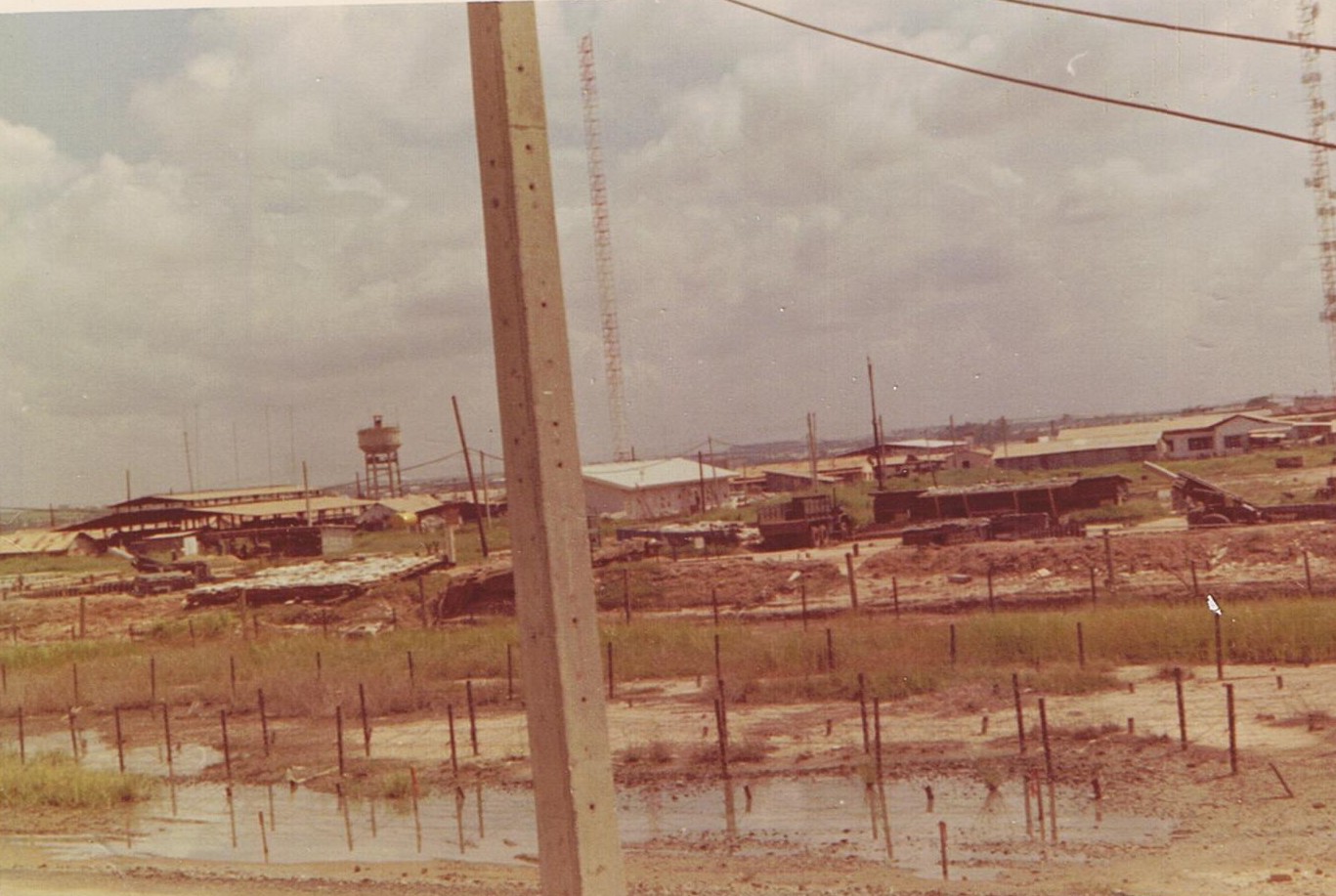
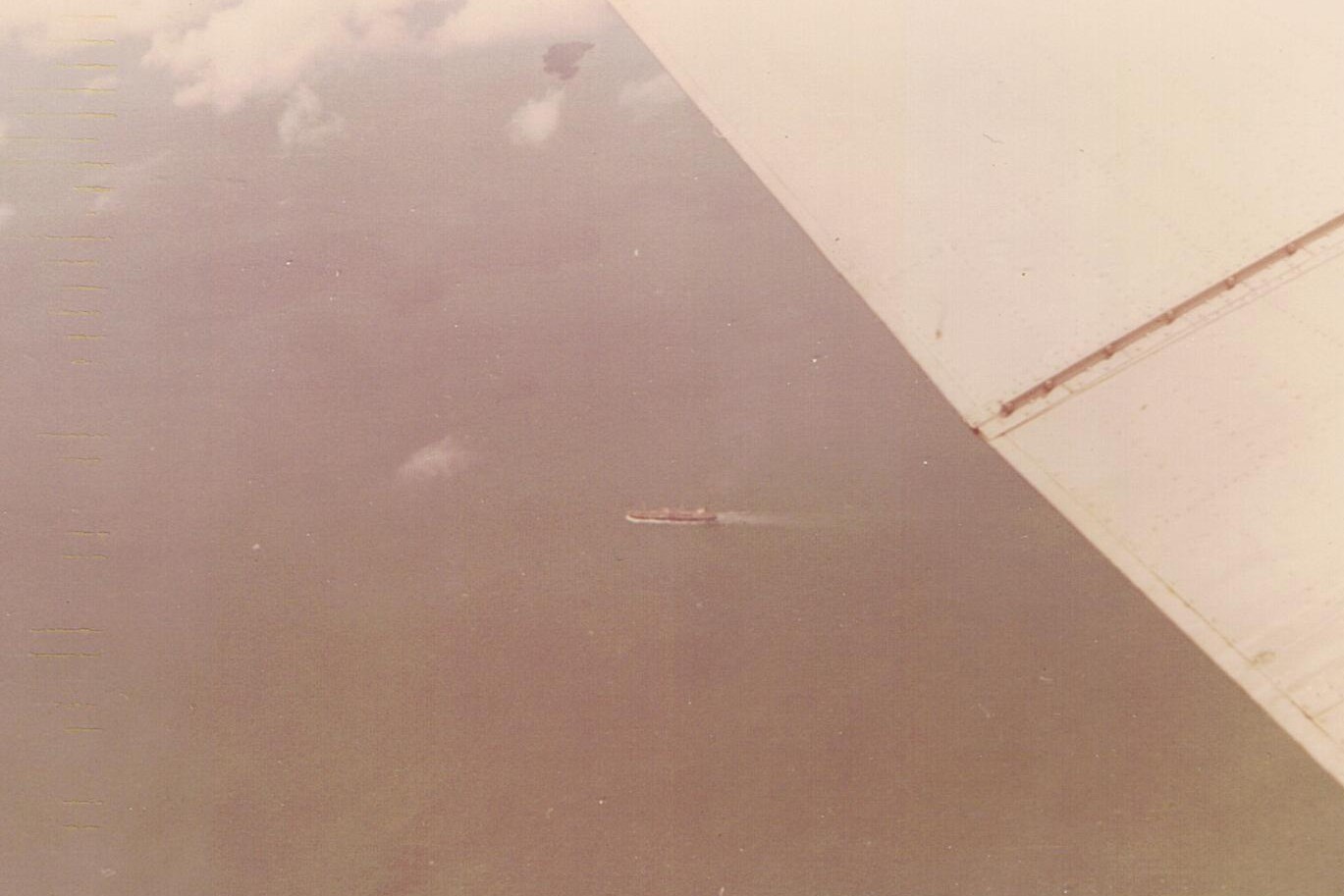
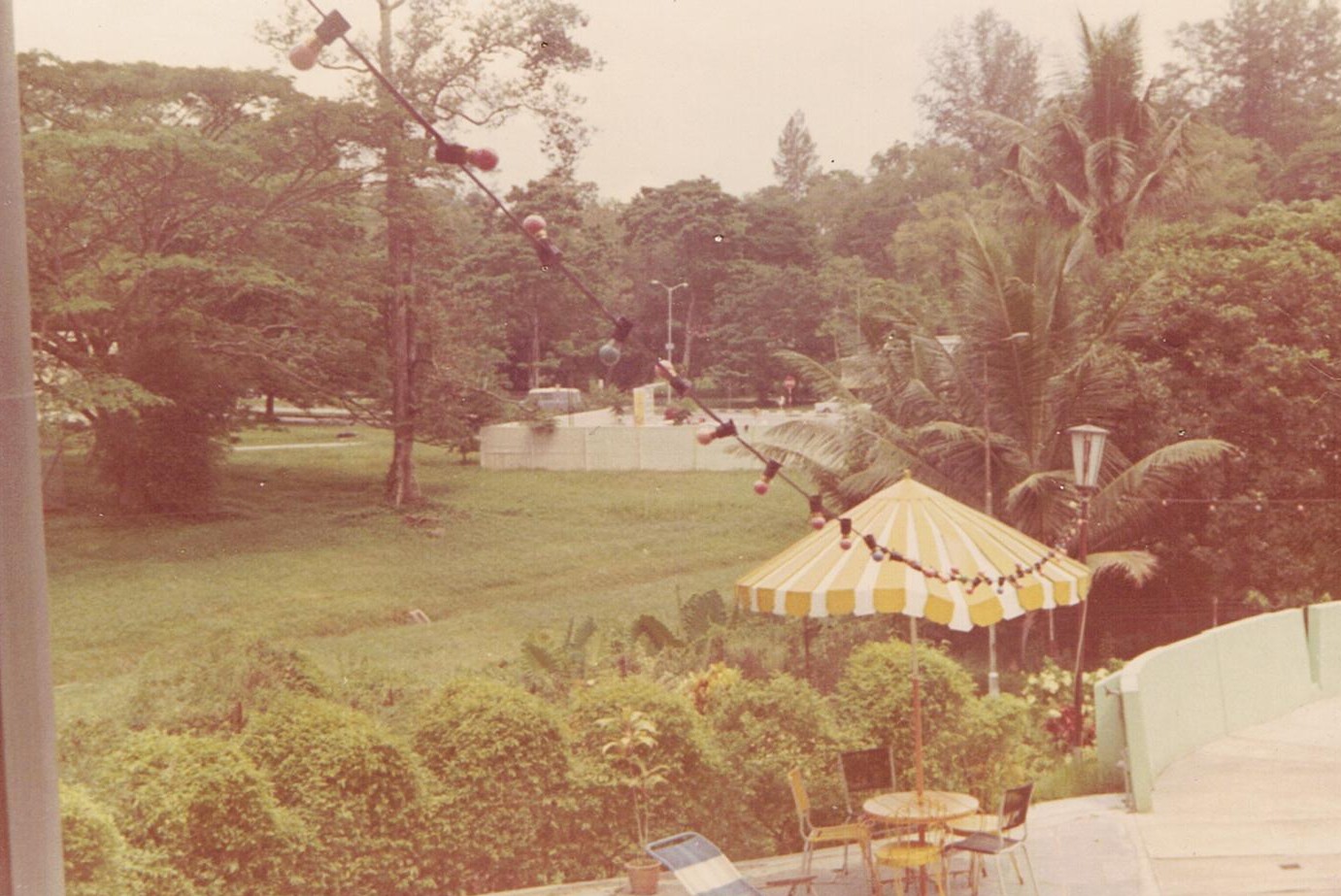
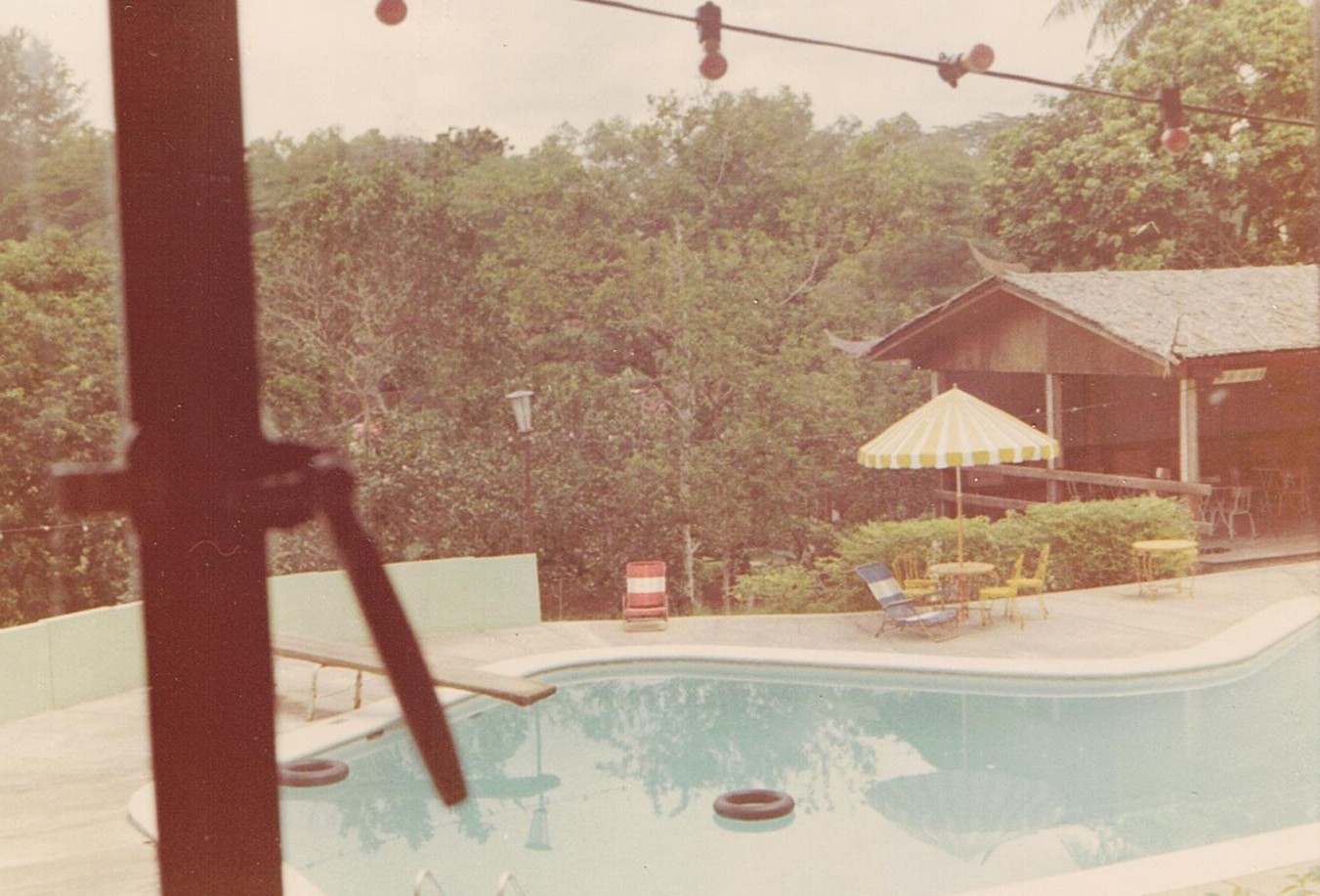
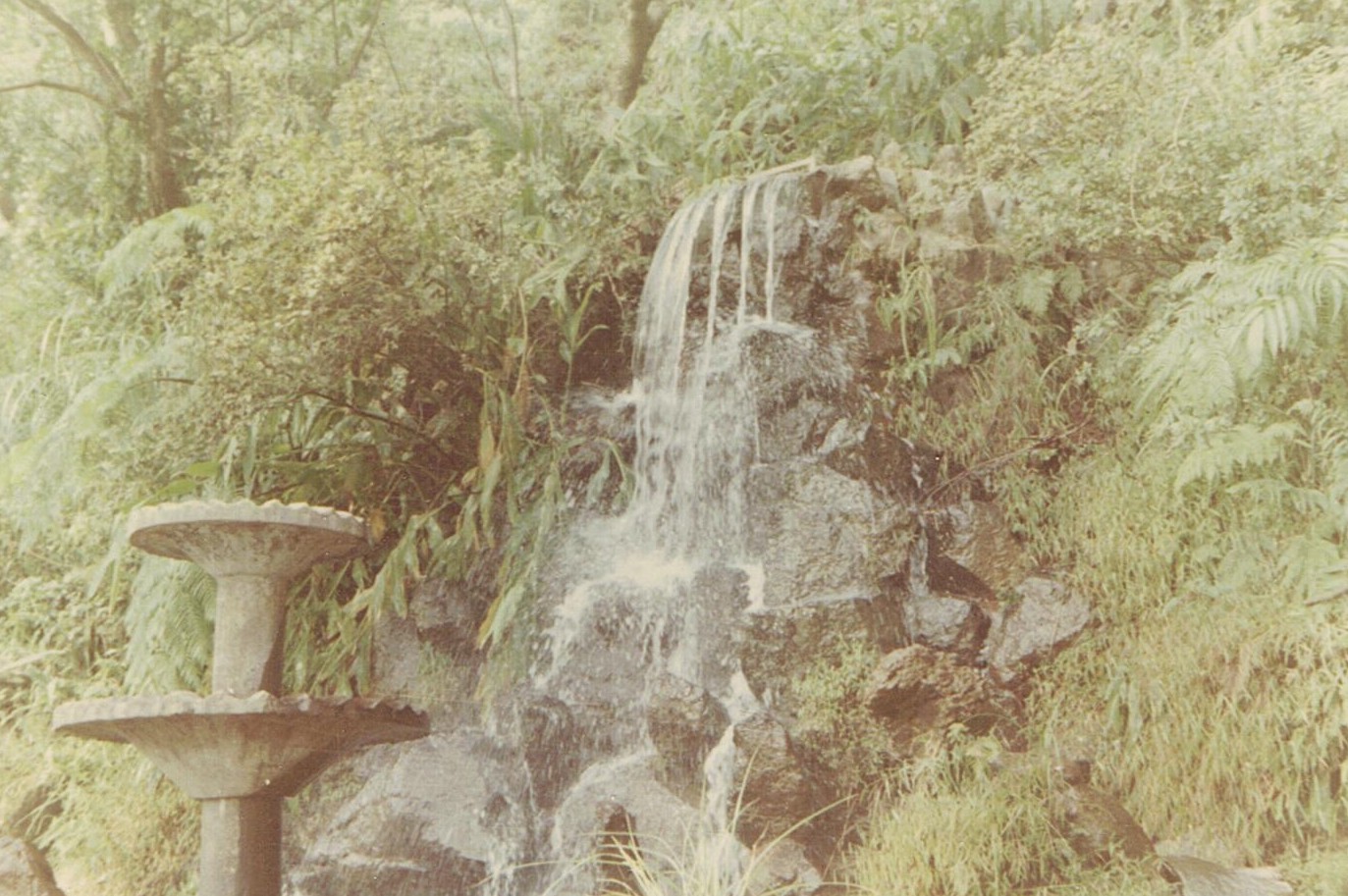
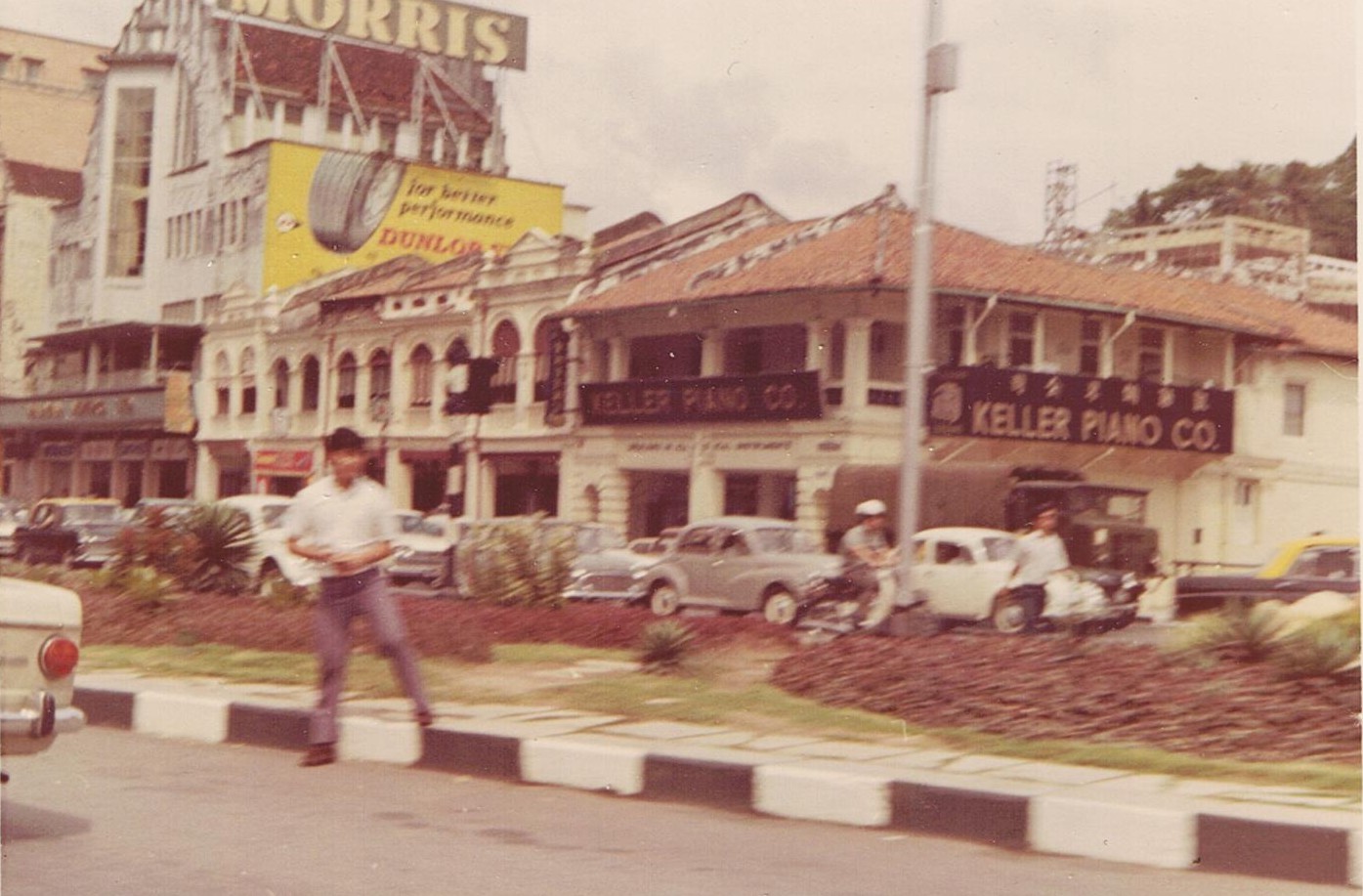
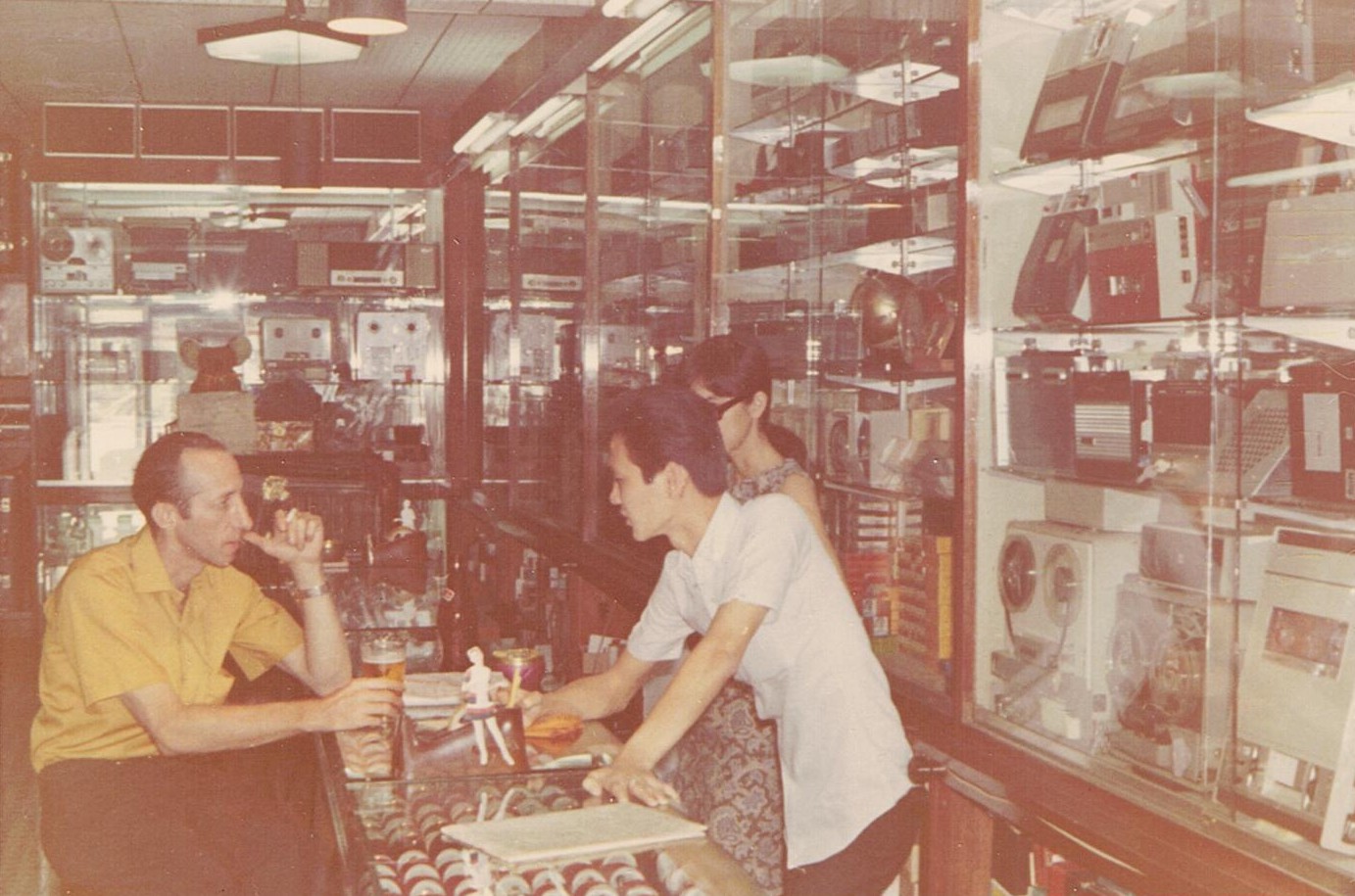
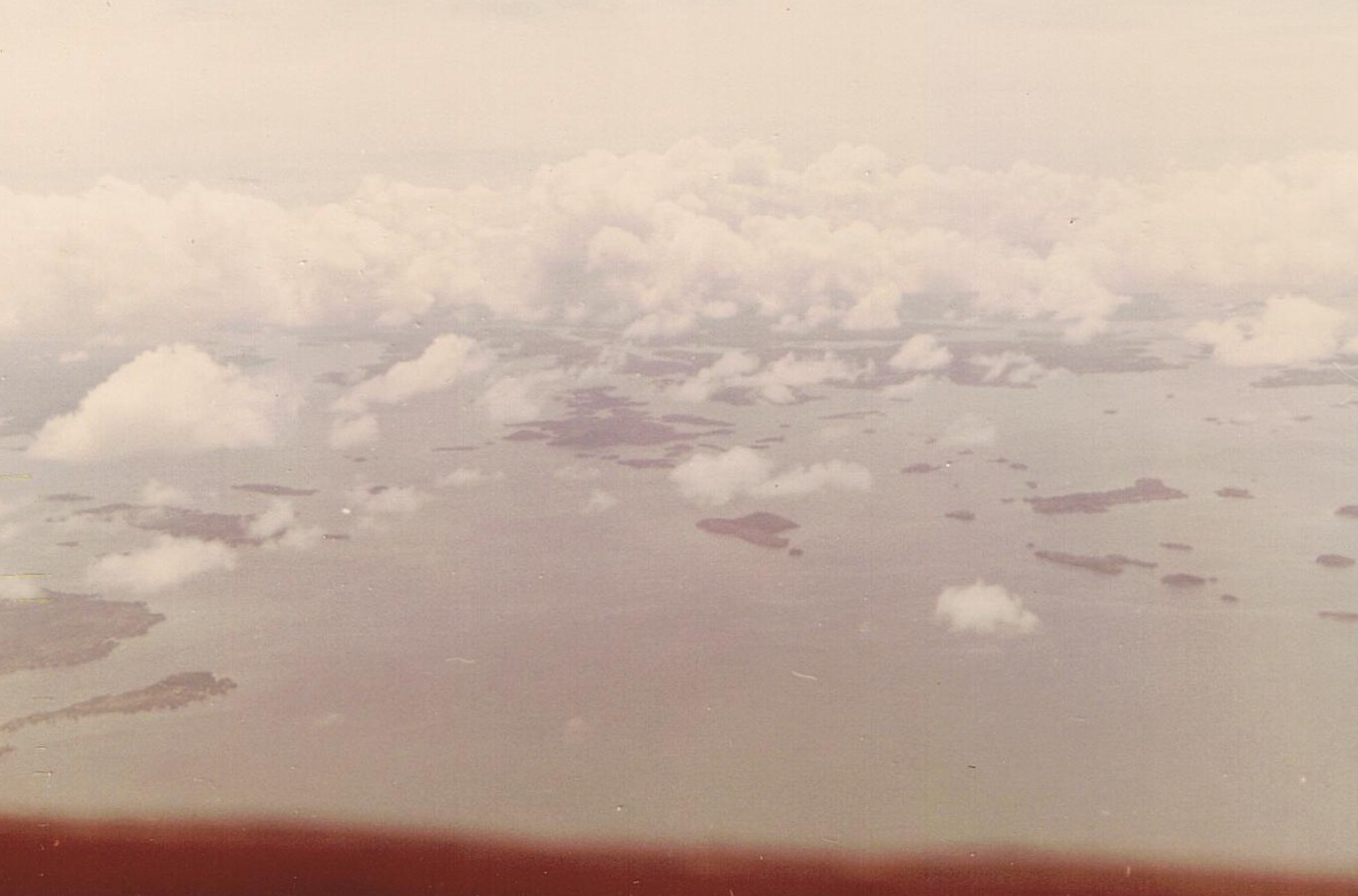
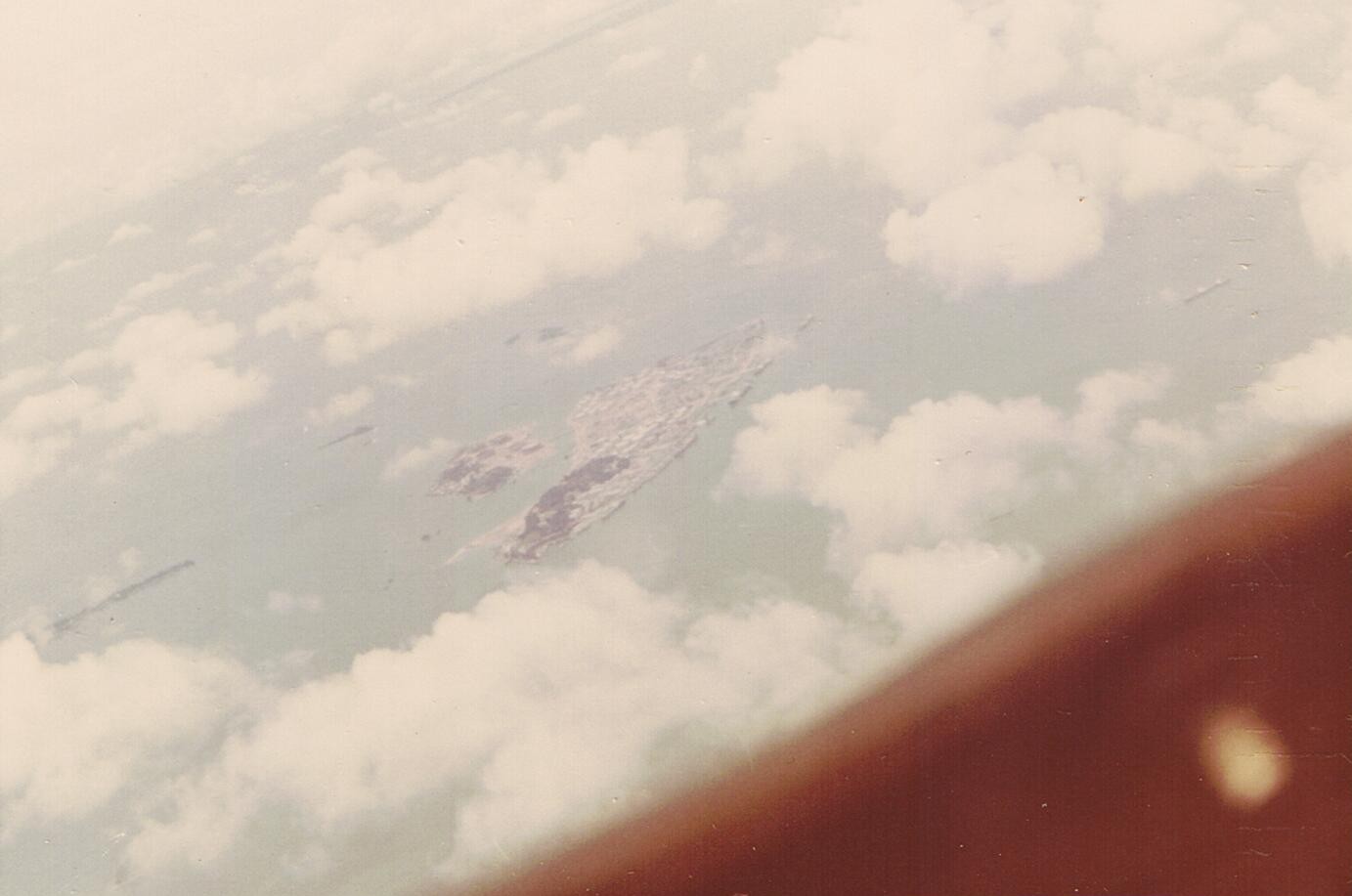
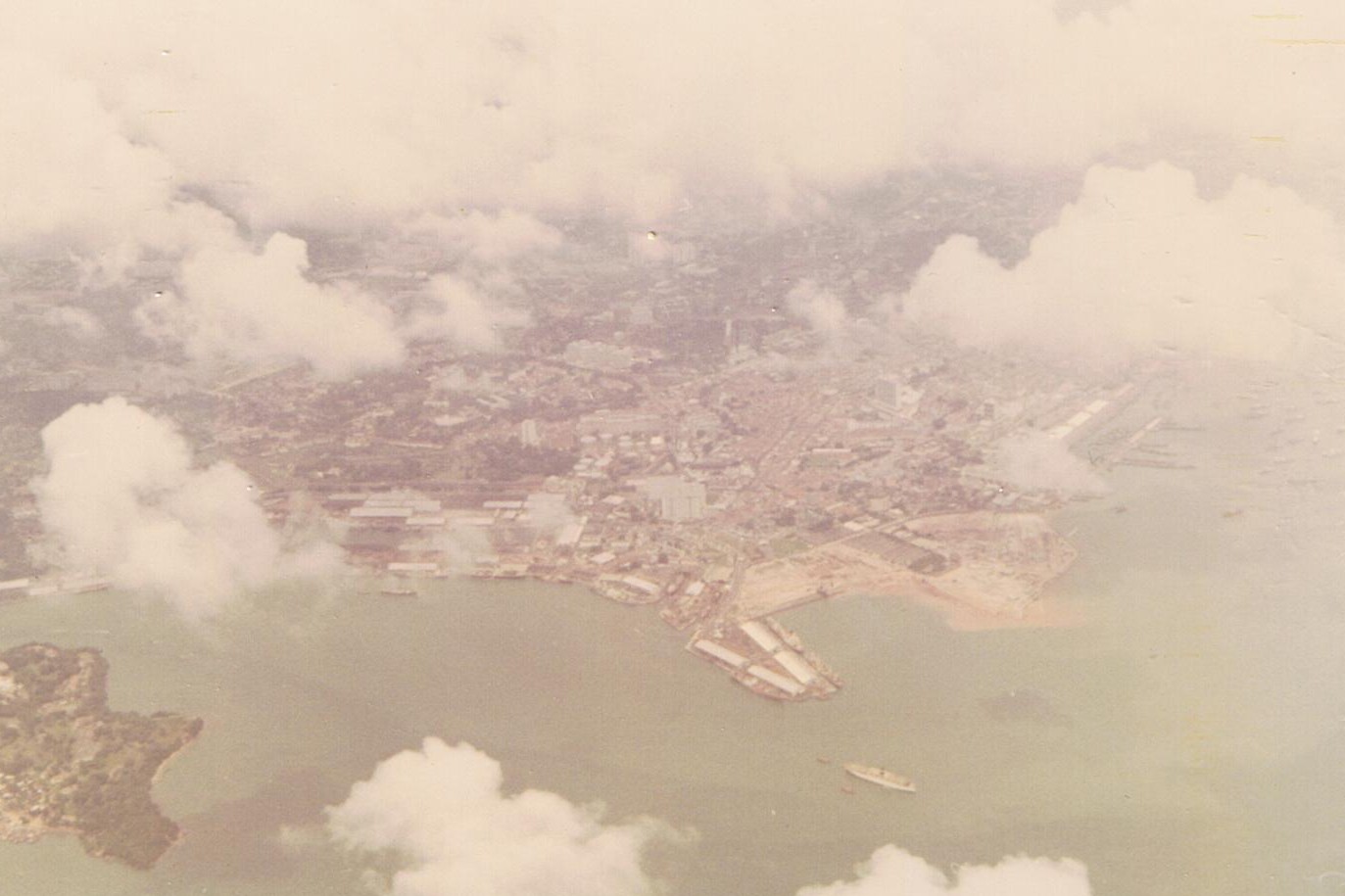
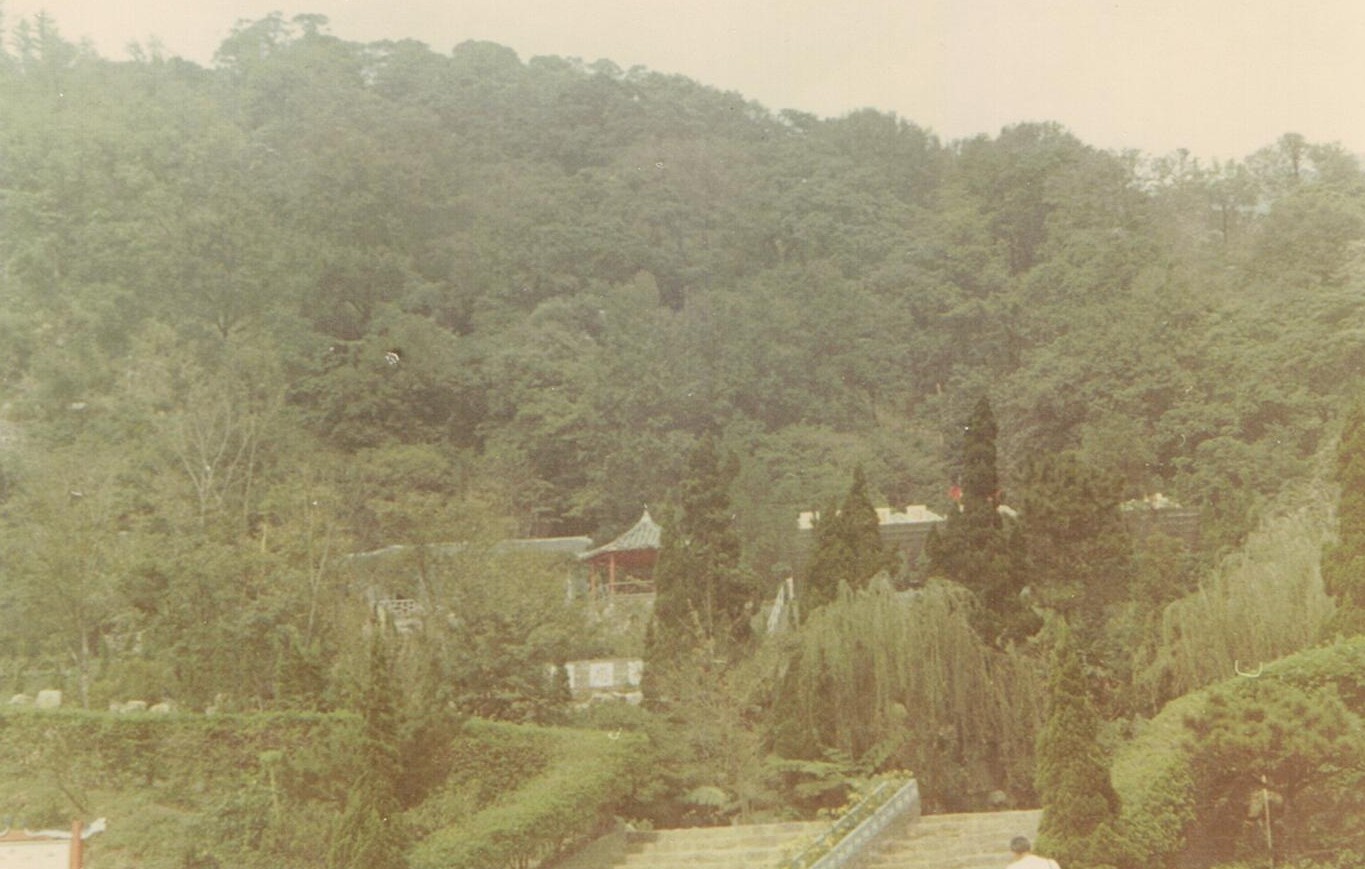
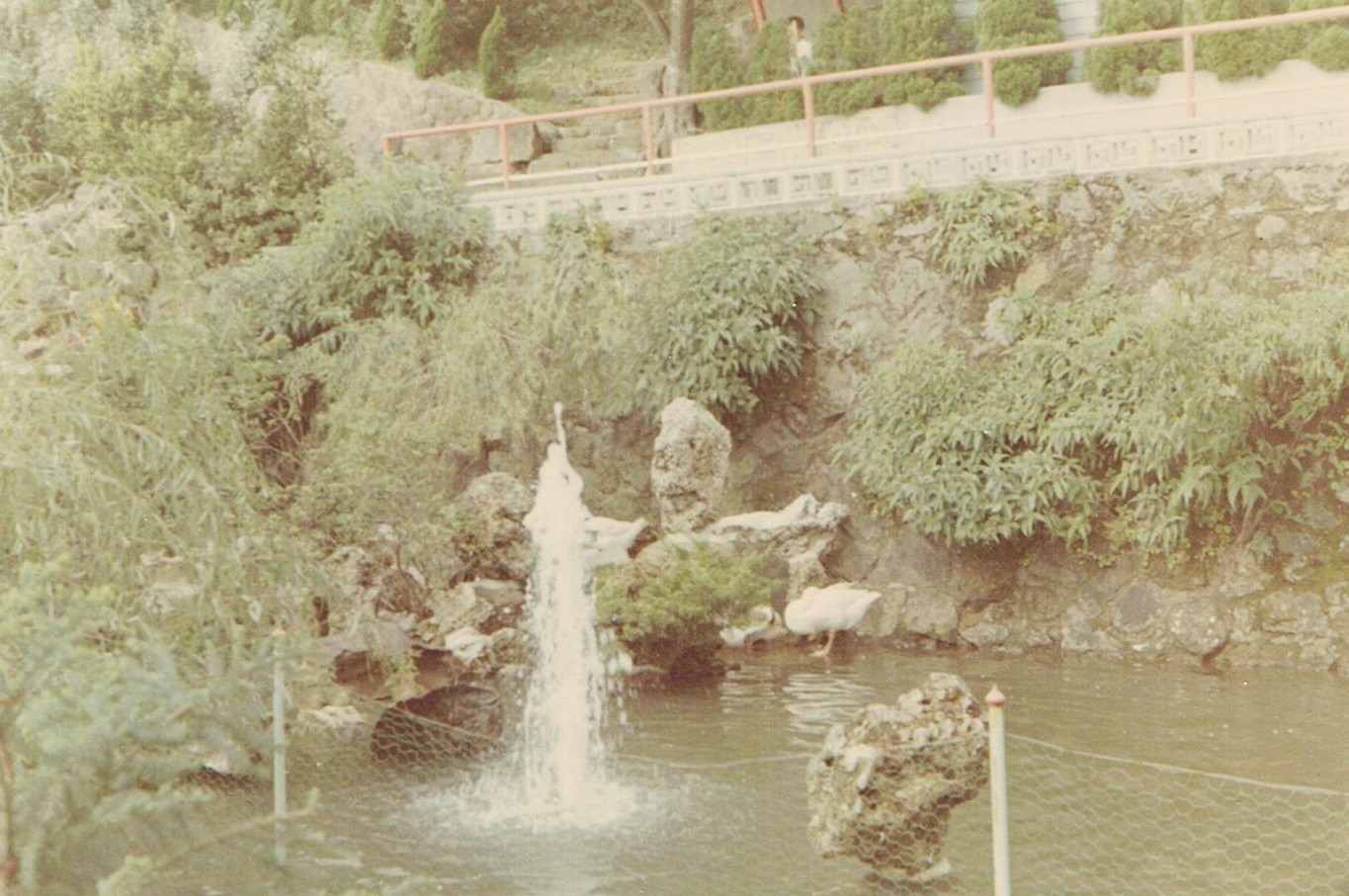
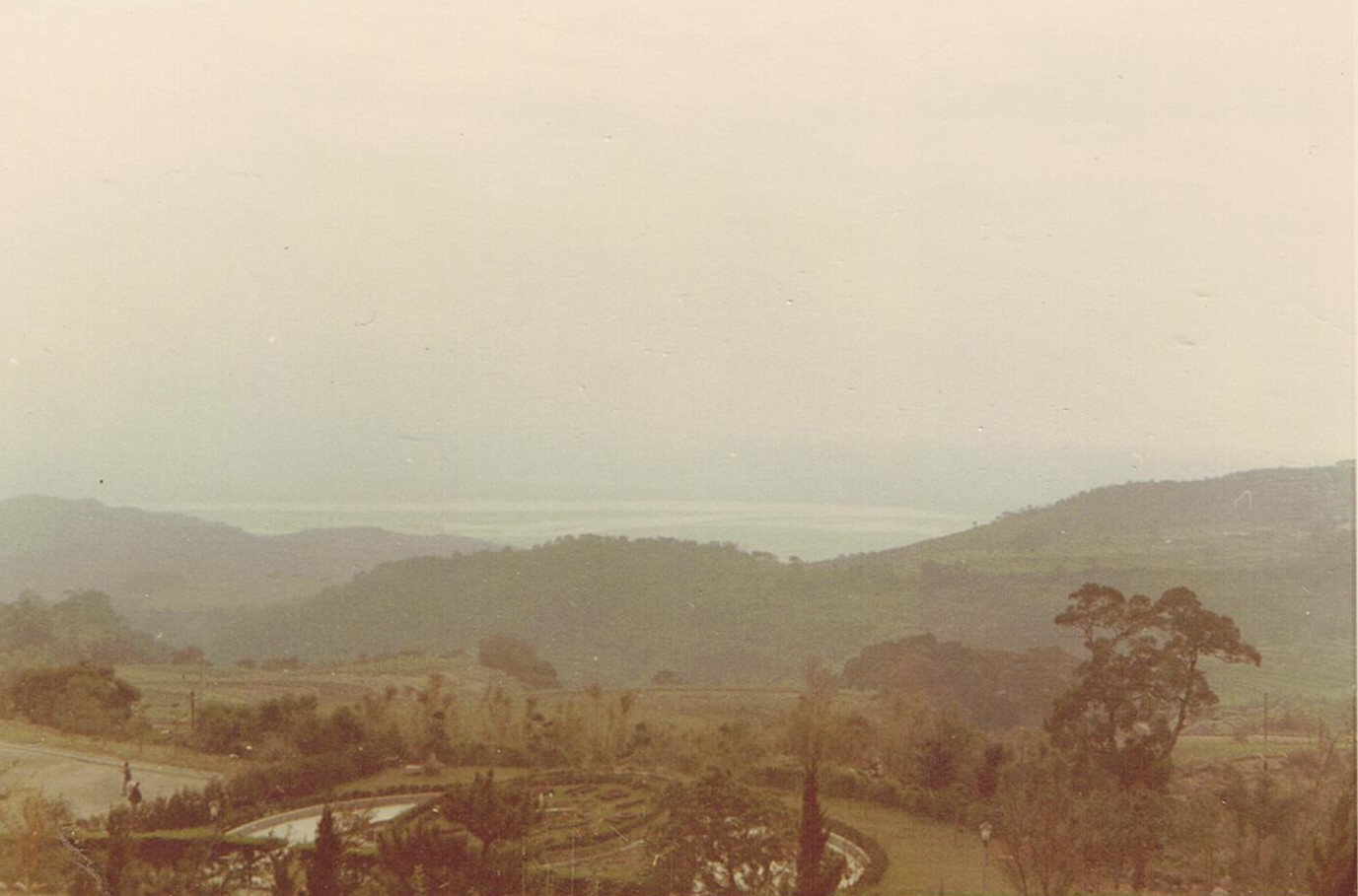

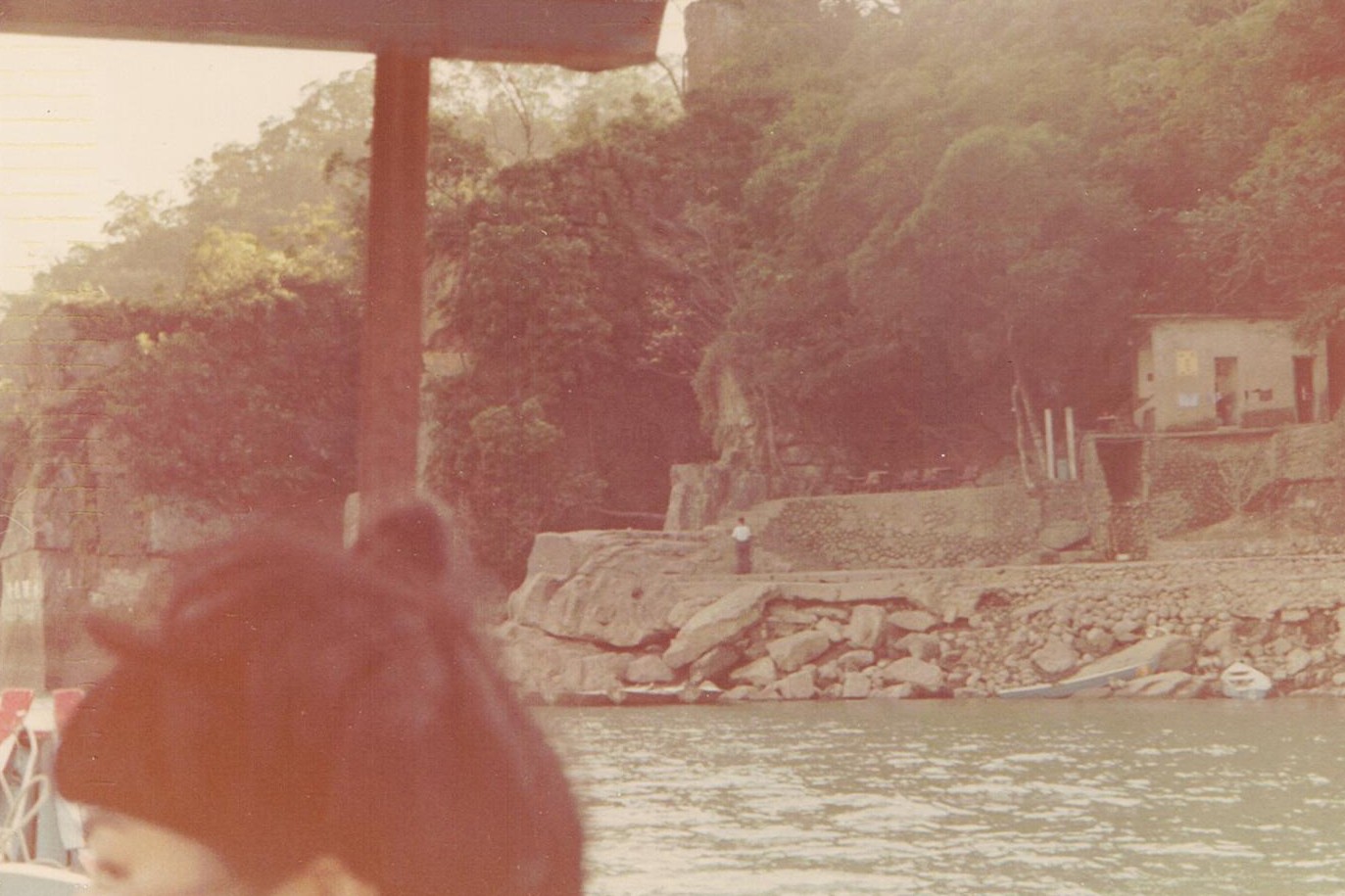
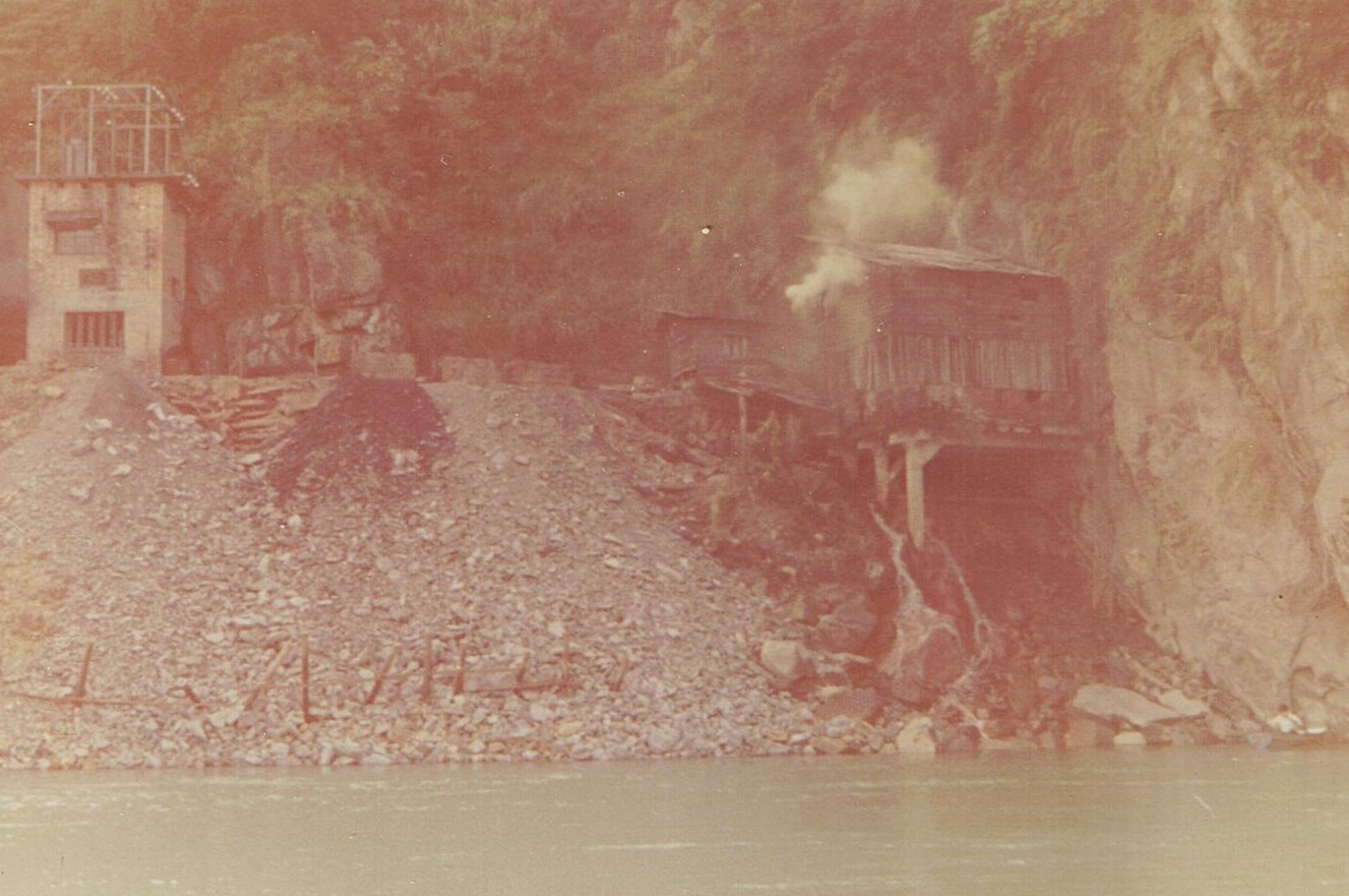
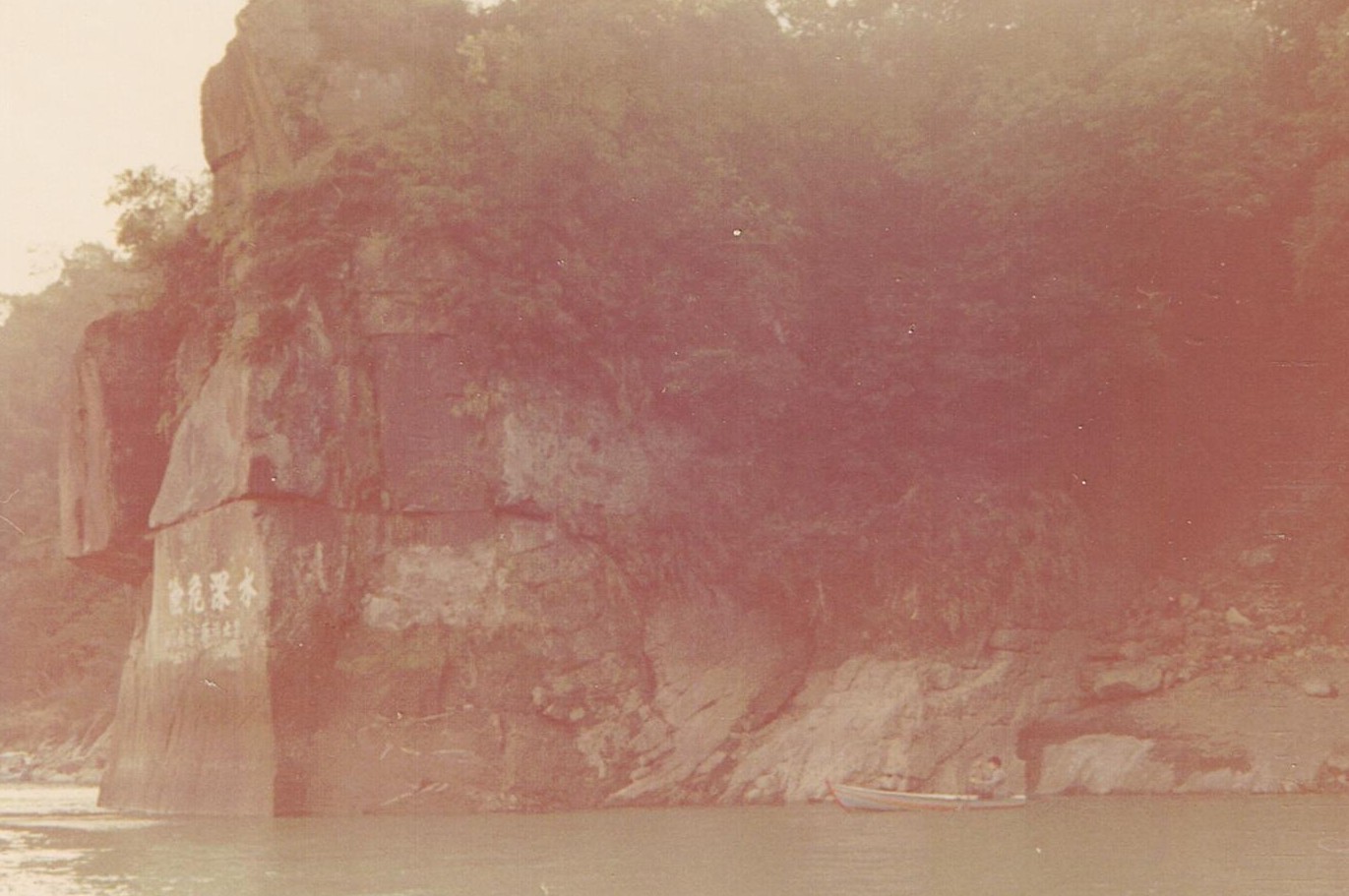
 Downtown Taipei
Downtown Taipei